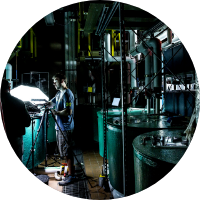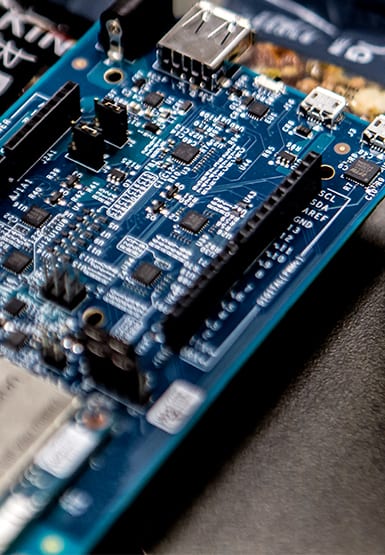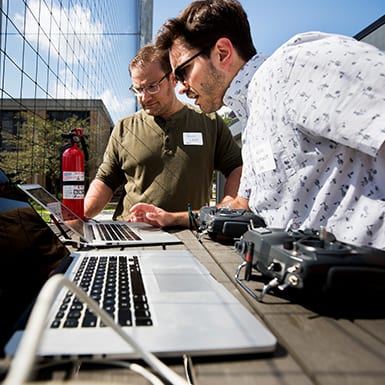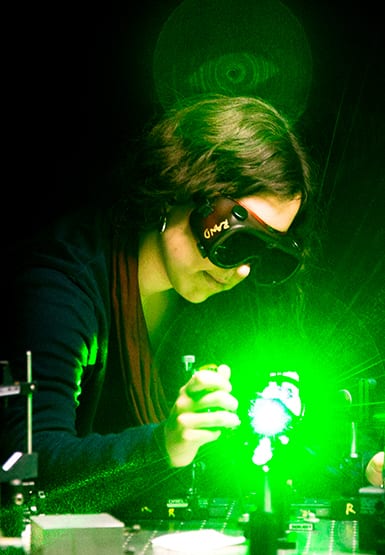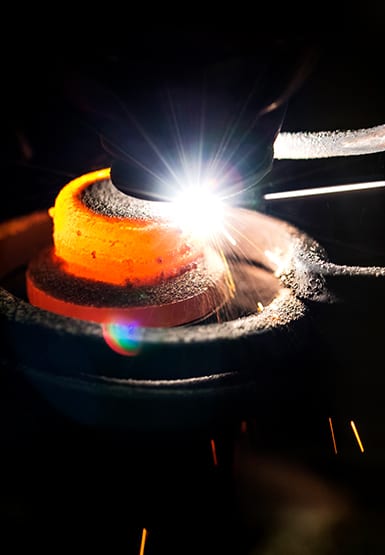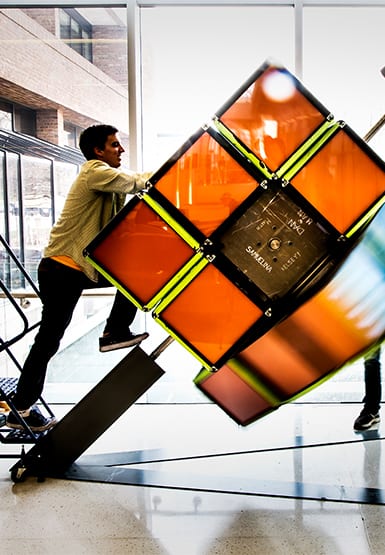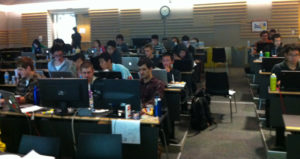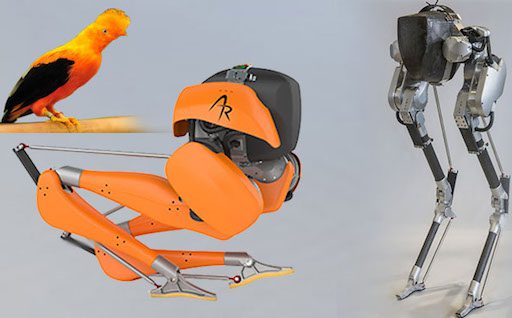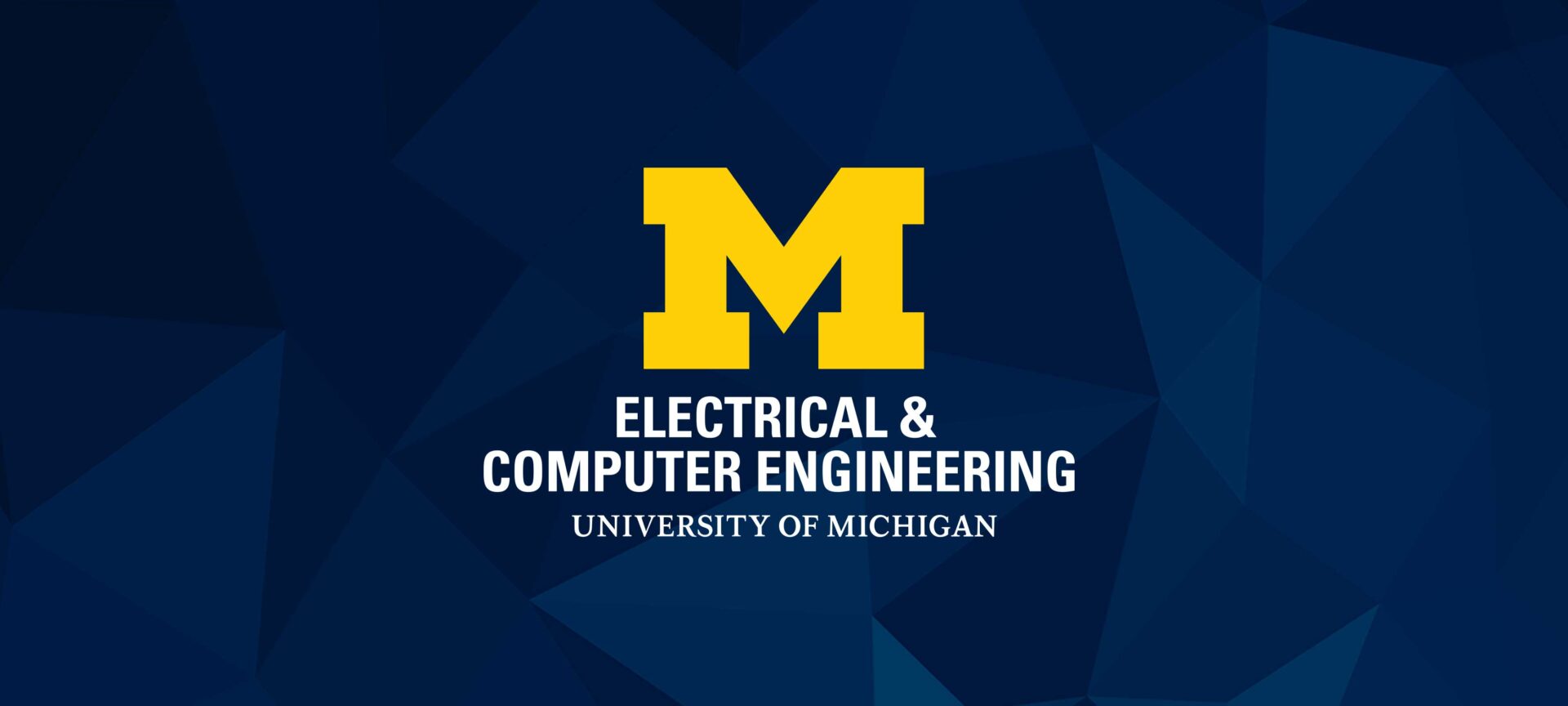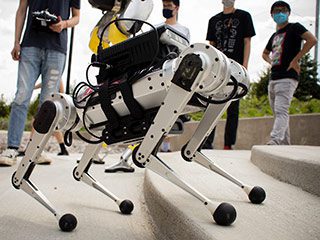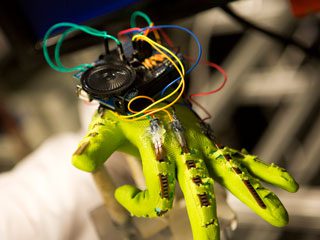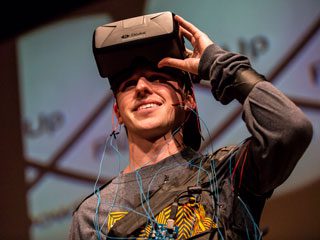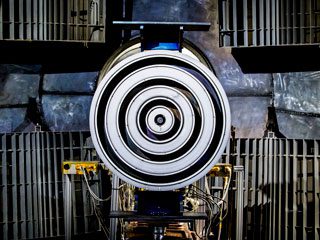Smart Cities / Smart Infrastructure
Imagine a driverless taxi communicating with traffic lights and cameras to pick the fastest route to your house while also charging its batteries along the way.
Or an energy grid that shifts power and water resources away from offices and towards houses and apartments after working hours. Engineers can help make efficient, sustainable, and livable cities a reality.
Explore all

Boosting AI model size and training speed with lightwave-connected chips
AI growth is capped by data transfer rates between computing chips, but transferring data with light could remove the ceiling.

Entrepreneur Dr. Scott Hanson awarded 2020 ECE Alumni Rising Star Award
Hanson is founder and CTO of Ambiq Micro, a startup semiconductor company that works to advance ultra-low power electronics for next generation Internet of Things.

Developing StiMote, a wireless neural stimulator for restoring vision
The highly collaborative project will leverage many tiny sensing computers, called “motes,” to communicate with the visual cortex of the brain.
Traditional infrastructure design often makes extreme flooding events worse
Massive 2014 flooding event in southeast Michigan showed why systems thinking beats local thinking in flood protection.
The post Traditional infrastructure design often makes extreme flooding events worse appeared first on Michigan Engineering News.
Microchip sets low-power record with extreme sleep mode
The Phoenix Processor uses 30,000 times less power in sleep mode and 10 times less in active mode than comparable chips now on the market.
Bridge in a box: Unlocking origami’s power to produce load-bearing structures
Foldable origami with thick panels opens a world of possibilities.
The post Bridge in a box: Unlocking origami’s power to produce load-bearing structures appeared first on Michigan Engineering News.
Urine-to-fertilizer effort part of NSF Regional Innovation Engine
U-M involved in Great Lakes consortium to support sustainable economic growth
The post Urine-to-fertilizer effort part of NSF Regional Innovation Engine appeared first on Michigan Engineering News.
Building Flint’s trust in its drinking water
Even with lead service line replacement, the city’s water has issues that require public education.
The post Building Flint’s trust in its drinking water appeared first on Michigan Engineering News.
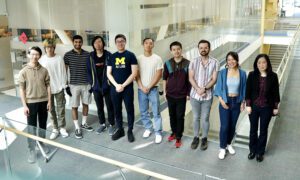
U-M CSE research team advances to top five in Amazon Alexa Prize Simbot Challenge
The challenge is a means of pushing forward with their research into development of next-generation embodied AI agents.
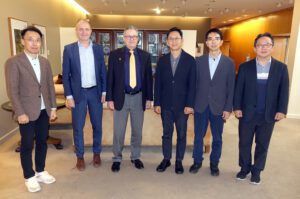
LG AI Research and CSE build on successful partnership
A delegation from LG AI Research visited campus to review LG-funded projects in process and discuss future collaborations.

Yan Long awarded Predoctoral Fellowship to support research impacting secure communications
Long aims to ensure that the information received from sensing devices is both trustworthy and confidential.

Kamal Sarabandi honored with 2024 IEEE Electromagnetics Award
Sarabandi is recognized for his outstanding contributions to the theory and application of electromagnetics.

Kaleo Roberts awarded fellowship for remote sensing research that could aid crop management
Roberts creates methods to better estimate the radar backscatter from corn fields, which could improve the accuracy of global biomass and soil moisture maps derived from radar observations.

Wireless and battery-free sensors for sustainable smart cities
The sensors will provide real-time data for smart decision-making by allowing the natural environment and the built environment to communicate seamlessly.
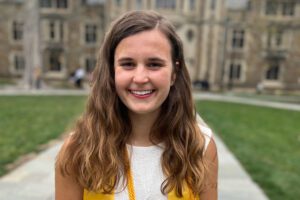
Olivia Lee awarded NSF Graduate Research Fellowship for brain-machine interfaces that could improve control of robotic prostheses
Lee designs implantable and wearable electronics to help restore movement to those who have lost limbs or have been paralyzed.

Michigan and ECE advancing computer vision at CVPR 2023
Look at some of the ways ECE and other University of Michigan researchers are using computer vision for real-world applications.

Shaping the quantum future with lightwave electronics
The semiconductor-compatible technology is a million times faster than existing electronics and could give us access to an entire new world of quantum phenomena.
U-Michigan a partner in two CHIPS Act Midwest microelectronics hubs
The latest DoD funding announcements bolster Michigan Engineering’s efforts to support revitalization of the U.S. semiconductor sector.
$7.5 million to predict and communicate flood risk
Engineers, atmospheric scientists, psychologists and anthropologists team up to develop better flood predictions and ensure decision-makers can understand them.
The post $7.5 million to predict and communicate flood risk appeared first on Michigan Engineering News.
Semiconductor workforce program increases access to hands-on training
‘In undergrad, you sometimes feel like you’re just passing classes. But what we’re doing here is science.’
The post Semiconductor workforce program increases access to hands-on training appeared first on Michigan Engineering News.

Prof. Aline Eid seeks to better perceive the world using a 5G Wireless Power Grid
Prof. Eid is looking to design the future of smart cities and infrastructures using ultra-low power wireless sensing and communications technologies.

Prof. Aline Eid seeks to further knowledge of the world with a 5G Wireless Power Grid
Prof. Eid is looking to design the future of smart cities and infrastructures using ultra-low power wireless sensing and communications technologies.

Organic photovoltaics offer realistic pathway to power-generating windows
A new fabrication process greatly improves the reliability of highly-efficient semi-transparent solar cells, which can be applied to windows to generate solar power.

Inside the Quantum Research Institute
Mack Kira, co-director of the Quantum Research Institute with Steven Cundiff, is ready to take Michigan’s quantum activities to the next level.
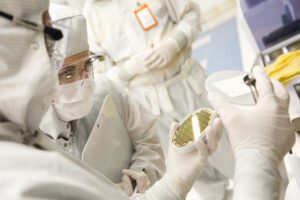
Advancing chips for the auto sector is the goal of new Michigan-based initiative
U-Michigan joins industry, state, education partners to develop talent and technology.
Focused ambitions
While hunger for an artificial intelligence that can think like a human remains unsated, AI continues to appear in our lives in smaller ways.
The post Focused ambitions appeared first on Michigan Engineering News.

New undergraduate courses prepare students for the Second Quantum Revolution
Quantum information science and engineering is one of the hottest fields in engineering – and ECE wants to make it accessible to everyone.
Wastewater dashboard adds monkeypox, flu and more for five southeast Michigan communities
The results of monitoring for diseases beyond COVID-19 are now publicly available for Ann Arbor, Flint, Jackson, Tecumseh and Ypsilanti.
The post Wastewater dashboard adds monkeypox, flu and more for five southeast Michigan communities appeared first on Michigan Engineering News.

Sangmin Yoo awarded Predoctoral Fellowship to support research impacting next generation computing
Yoo is making memory devices more flexible and tunable, making them irresistible for modern AI applications.
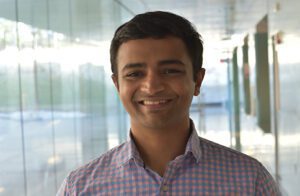
Aditya Varma Muppala awarded Predoctoral Fellowship to support research impacting imaging systems
Aditya is creating high-resolution, accessible, scalable, and portable imaging radars that are 200x cheaper and 100x smaller than what is currently available.
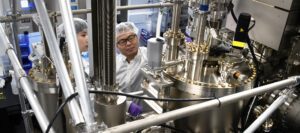
From new material to device: Ferroelectric HEMT could be a game changer for next generation electronics
Prof. Zetian Mi’s team proved the viability of a reconfigurable, ScAlN/AlGaN/GaN ferroelectric HEMT transistor that is critical for next-generation communication and computing systems

Parag Deotare awarded DURIP grant to probe exciton energy transport at nanoscale
The tool is expected to advance the study of exciton dynamics, which could help identify new research directions for clean energy and information technology.
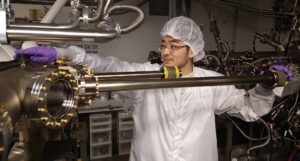
Arthur Xiao receives SVCF Scholarship to support his research in semiconductor materials
Xiao has been working on several projects in Prof. Zetian’s Mi’s group, including micro LED technology and renewable energy.
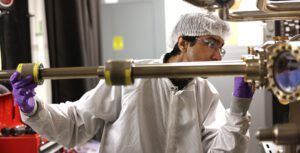
Ishtiaque Navid receives SVCF Scholarship to support his research in semiconductor materials
Navid’s research is focused on artificial photosynthesis and optoelectronics using III-Nitride based semiconductor materials.
Scalable method to manufacture thin film transistors achieves ultra-clean interface for high performance, low-voltage device operation
Led by Prof. Becky Peterson, the research focuses on a category of materials important for low power logic operations, high pixel density screens, touch screens, and haptic displays.
The post Scalable method to manufacture thin film transistors achieves ultra-clean interface for high performance, low-voltage device operation appeared first on Michigan Engineering News.
Open-source hardware: a growing movement to democratize IC design
Dr. Mehdi Saligane, a leader in the open-source chip design community, was among the first researchers to fabricate a successful chip as part of Google’s multi-project wafer program.
The post Open-source hardware: a growing movement to democratize IC design appeared first on Michigan Engineering News.

“It’s a supportive and collaborative environment” — making connections as a PhD student in and outside the classroom
U-M CSE PhD candidate Sarah Jabbour discusses how collaboration is centered in her experience as a graduate student.

Diversity and inclusiveness are an essential part of the pursuit of AI at CSE
The Michigan AI Lab is focused on building a community of diverse viewpoints in an effort to reduce the bias we see in the exploding world of artificial intelligence.

“It’s a supportive and collaborative environment” — making connections as a PhD candidate in and outside the classroom
U-M CSE PhD candidate Sarah Jabbour discusses how collaboration is centered in her experience as a graduate student.
New non-invasive optical imaging approach for monitoring brain health could improve outcomes for traumatic brain injury patients
The SCISCCO system could better monitor brain and organ metabolism, helping to diagnose concussions, monitor cerebral metabolism in traumatic brain injury patients, and gauge the response of organs to treatments in an operating or emergency room scenario.
The post New non-invasive optical imaging approach for monitoring brain health could improve outcomes for traumatic brain injury patients appeared first on Michigan Engineering News.
Best paper for a low-power ADC circuit for brain-machine interface applications
Euisik Yoon’s team, led by Sungjin Oh, developed a low-power neural recording front-end circuit to interface with state-of-the-art neural probes.
The post Best paper for a low-power ADC circuit for brain-machine interface applications appeared first on Michigan Engineering News.
Miniature and durable spectrometer for wearable applications
A team led by P.C. Ku and Qing Qu has developed a miniature, paper-thin spectrometer measuring 0.16mm2 that can also withstand harsh environments.
The post Miniature and durable spectrometer for wearable applications appeared first on Michigan Engineering News.
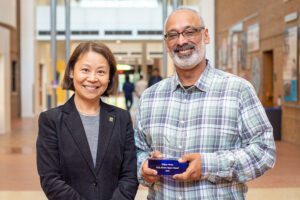
Vikram Verma talks the value of engineering and leadership to society as the 2022 ECE Alumni Impact Award winner
Verma credits his distinguished 30-year executive career with leading technology companies, including Savi Technology, Lockheed Martin and 8×8 Inc., to a combination of education, leadership, and luck.

Jesse Codling wins Best Presentation award for sensors that help protect these little piggies in their pens
Known affectionately as “The Sh*tty Project,” Codling, an ECE PhD student, monitors the vibrations in pig pens to track the health of the piglets and predict when they’re in danger.

U-M, Schmidt Futures to partner on new AI research program
$10M will fund training for 60 postdoctoral fellows as part of international cohort.
Video: Creating Equity in Midwestern Flood Response and Recovery
A collaboration between engineers and experts from the U-M Center for Social Solutions to address inequity in flood recovery.
The post Video: Creating Equity in Midwestern Flood Response and Recovery appeared first on Michigan Engineering News.
CSE Researchers Win at Texas Instruments Innovation Challenge
Their Powerblade project is the smallest, lowest cost, and lowest power AC plug-load meter that measures real, reactive and apparent power, and reports this data over Bluetooth.

Timothy Trippel selected for NSF Graduate Research Fellowship
Trippel’s research interests lie in embedded systems and IoT security and privacy for the purpose of building safe and reliable autonomous systems.
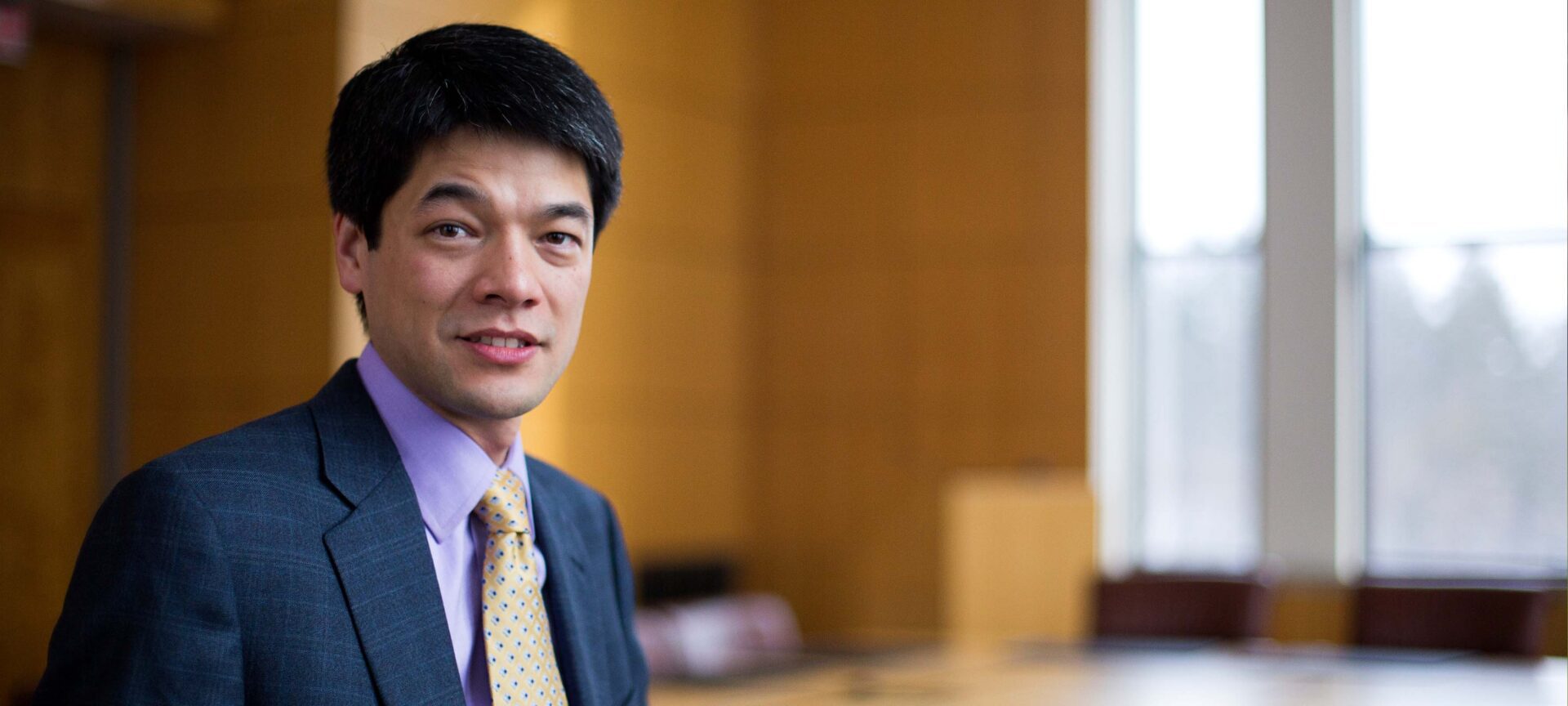
Startup founded by U-M assoc. professor gets NSF grant
Healthcare security company Virta Laboratories, Inc. has received a $750,000 grant from the National Science Foundation Small Business Innovation Research (SBIR) program.
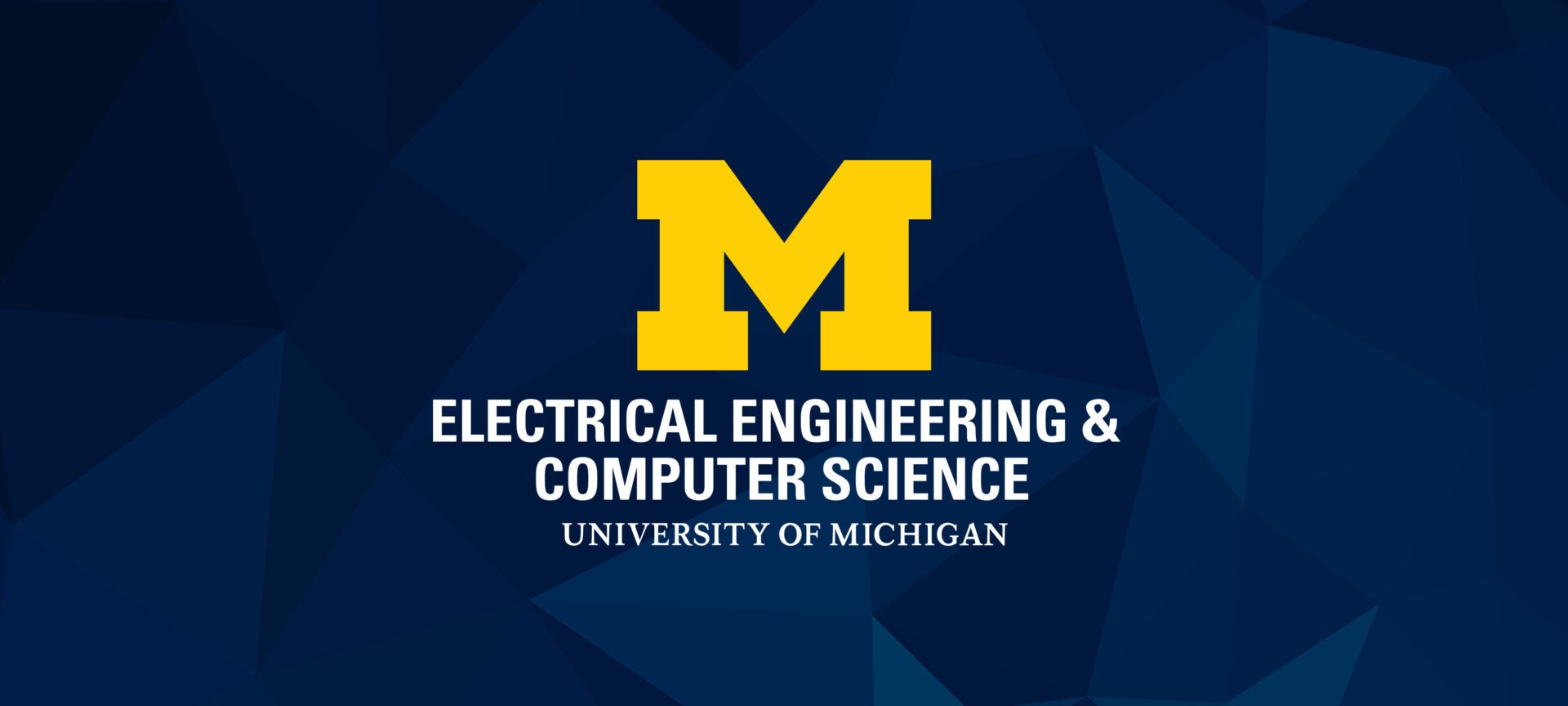
U-M and AT&T researchers develop energy efficiency profiling technology for mobile platforms

Sneak attack through smartphone shared memory
A weakness believed to exist in Android, Windows and iOS operating systems could be used to obtain personal information from unsuspecting users, research at the University of Michigan has shown.
$3.46M to Combine Machine Learning on Big Data with Physical Simulations
The focal point of the project will be a new computing resource, called ConFlux, which is designed to enable supercomputer simulations to interface with large datasets while running.
Secure your website now: Let’s Encrypt enters Public Beta
Let’s Encrypt allows anyone to request a free website security certificate without needing an invitation.
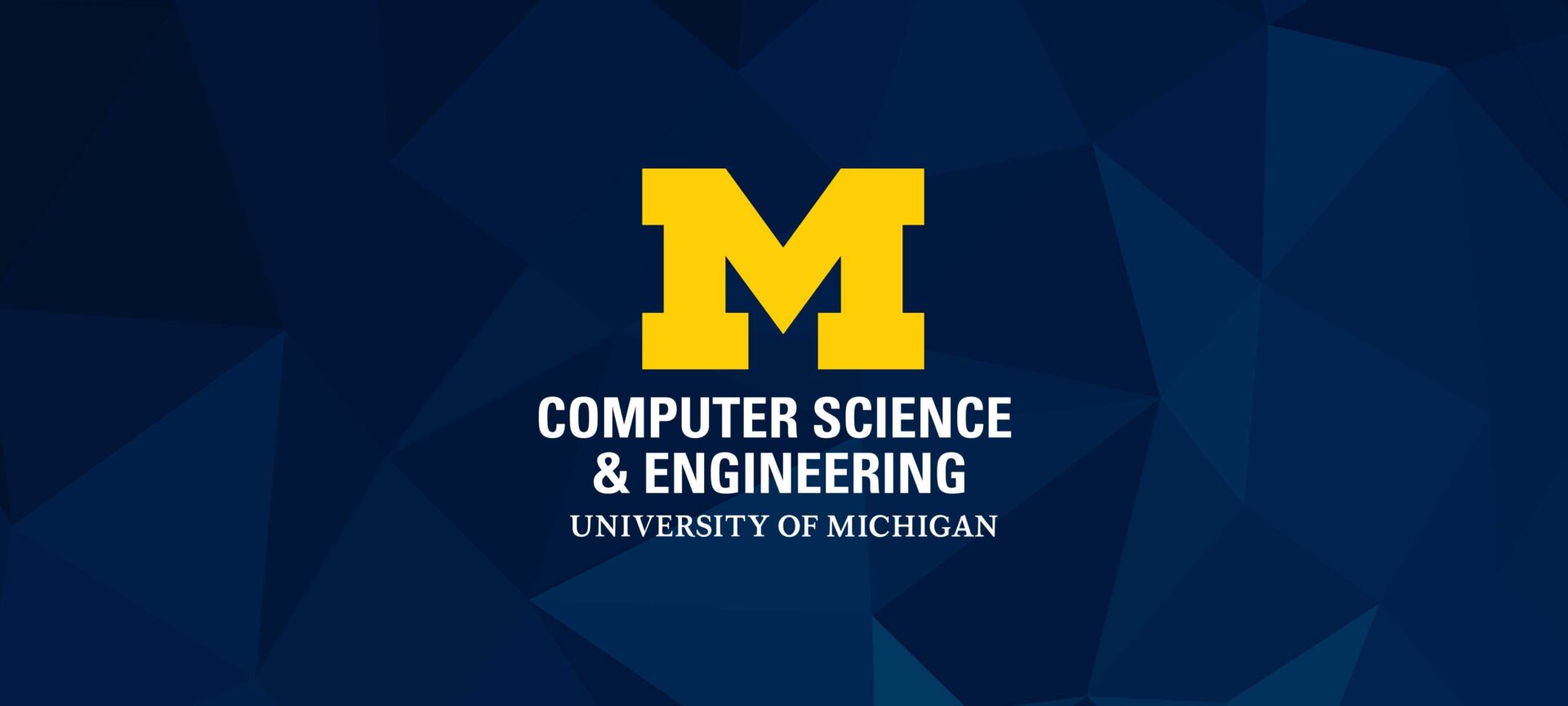
Mosharaf Chowdhury receives Google Faculty Research Award
The project aims to create a new software stack for analytics over geo-distributed datasets.
GridWatch named finalist in Vodafone’s eighth annual Wireless Innovation competition
GridWatch can detect power outages by monitoring changes to its own power state, locally verifying these outages using a variety of sensors that reduce the likelihood of false power outage reports, and corroborating actual reports with other phones through data aggregation in the cloud.

Thorny technical questions remain for net neutrality
Not all online traffic is the same; should we treat it the same anyway?

Proxy optimizes webpage loading for better user experience
Klotski seeks to improve users’ perceptions of how quickly a page loads by maximizing the amount of important content on the page that is fetched and displayed within the user’s attention span.

Tracking and mitigating tail latency in data centers
High tail latency has been identified as one of the key challenges facing modern data center design.
Several Michigan Papers Presented at 2016 USENIX Security Symposium
A total of five papers authored by CSE researchers were presented.
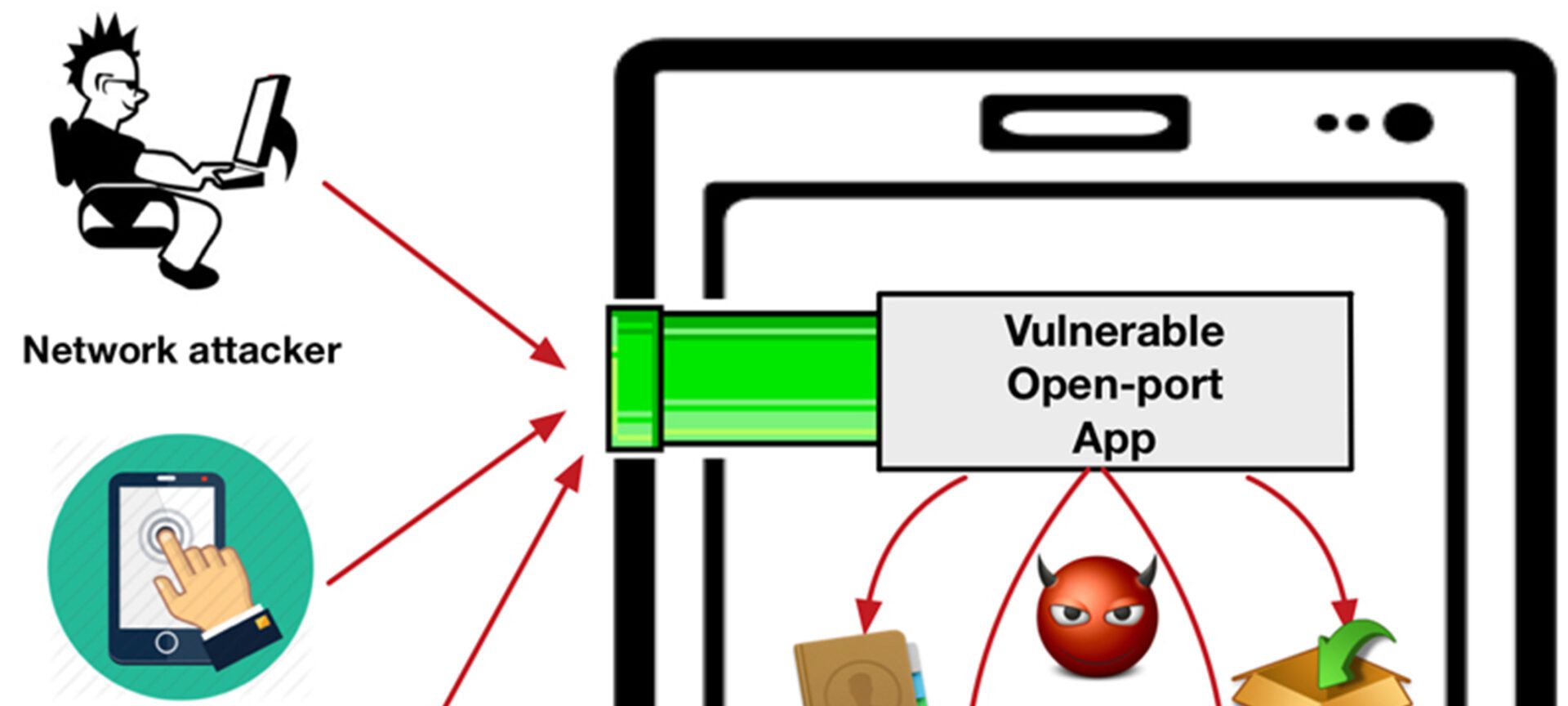
Open ports act as security wormholes into mobile devices
Researchers have for the first time characterized a widespread vulnerability in the software that runs on mobile devices.

Net neutrality repeal: Michigan Engineers weigh in
On Dec. 14, the FCC will vote on the rules that today ensure internet service providers treat all web content equally.

Michigan researchers awarded 2018 Applied Networking Research Prize for their work on speeding up the mobile web
The researchers, including Prof. Harsha Madhyastha and CSE graduate students Vaspol Ruamviboonsuk and Muhammed Uluyol, received prize for their paper, “Vroom: Accelerating the Mobile Web with Server-Aided Dependency Resolution.”

Designing a flexible future for massive data centers
A new approach recreates the power of a large server by linking up and pooling the resources of smaller computers with fast networking technology.
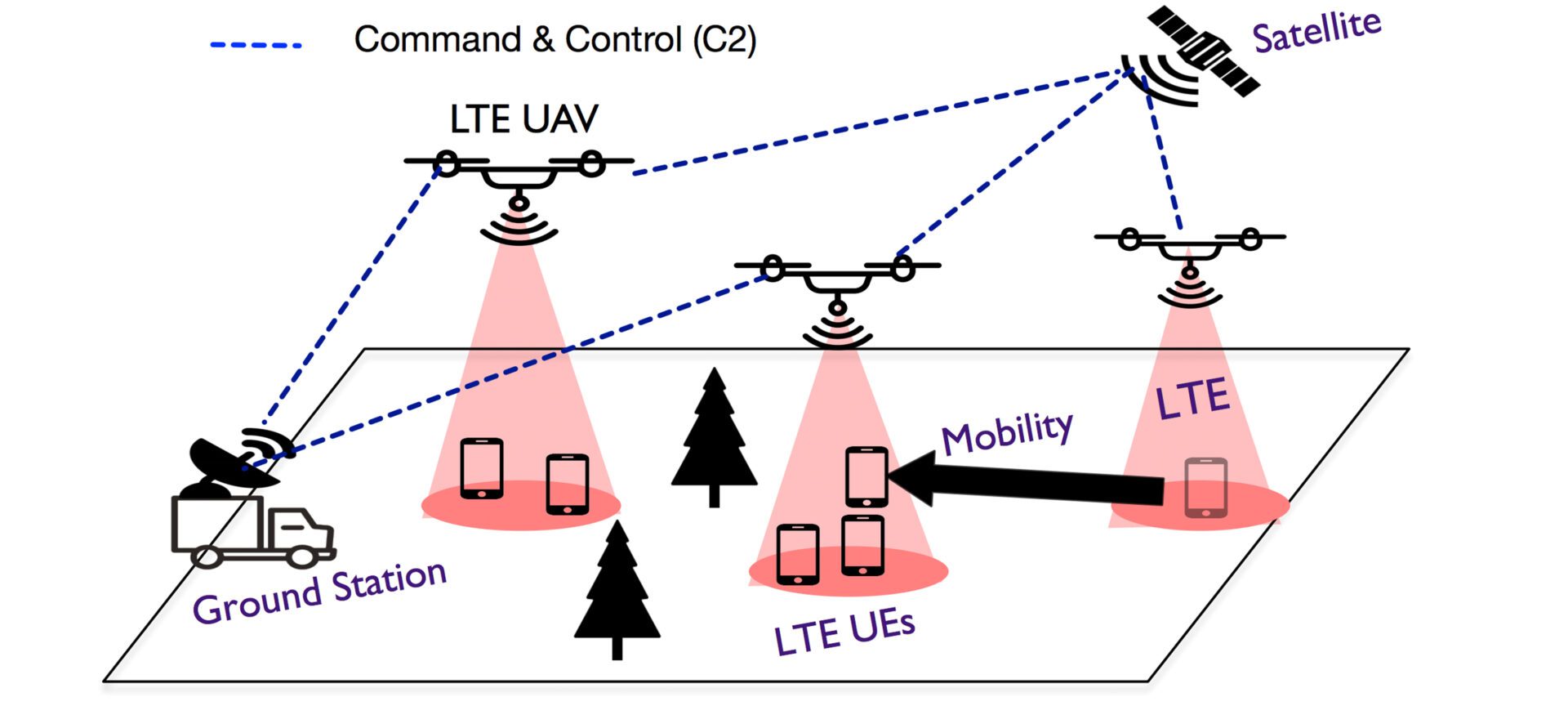
Using drones, a new software tool can bring LTE networks anywhere
SkyCore is a complete software solution to deploying mobile networks on unmanned drones
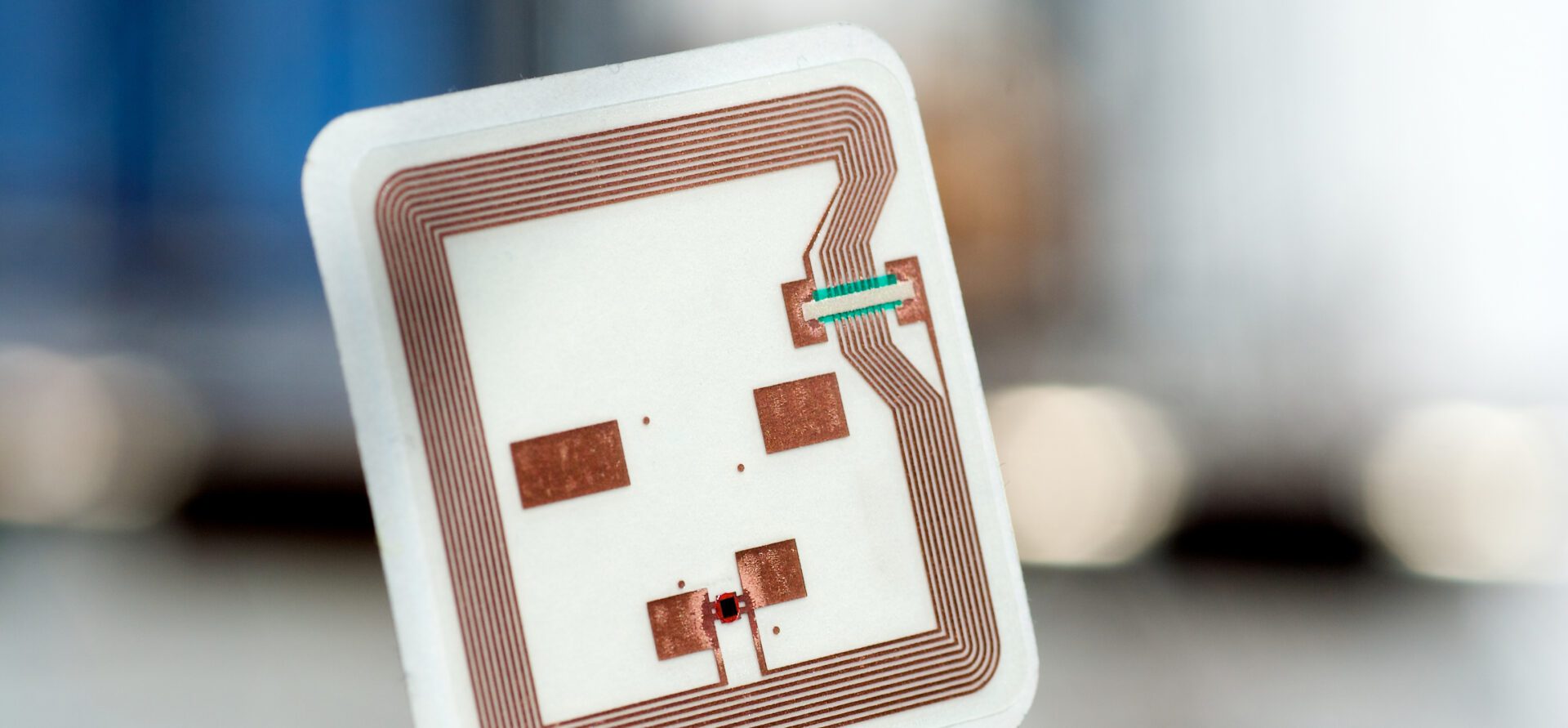
All things can be part of the Internet of Things with new RFID system
Sensing technology could keep seniors safe.
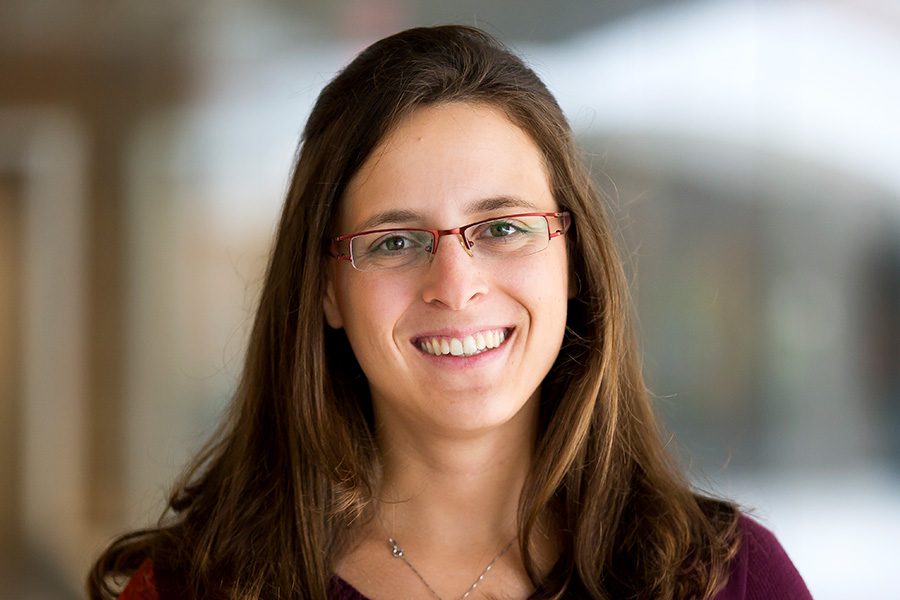
Army Award to speed up distributed methods over networks
Danai Koutra has earned an Army Young Investigator Award to speed up graph methods for distributed applications.
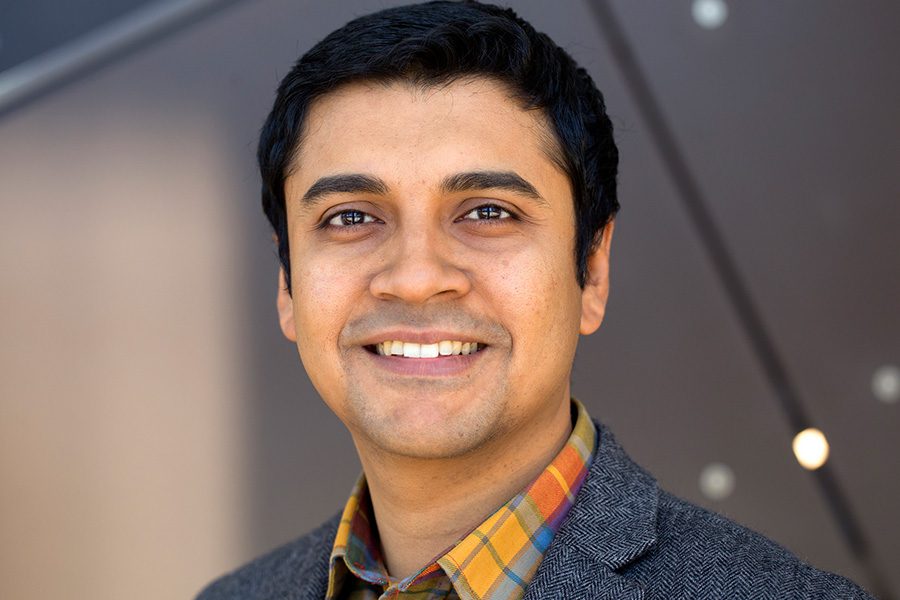
Chowdhury receives VMWare Award to further research on cluster-wide memory efficiency
Chowdhury’s work has produced important results that can make memory in data centers both cheaper and more efficient.
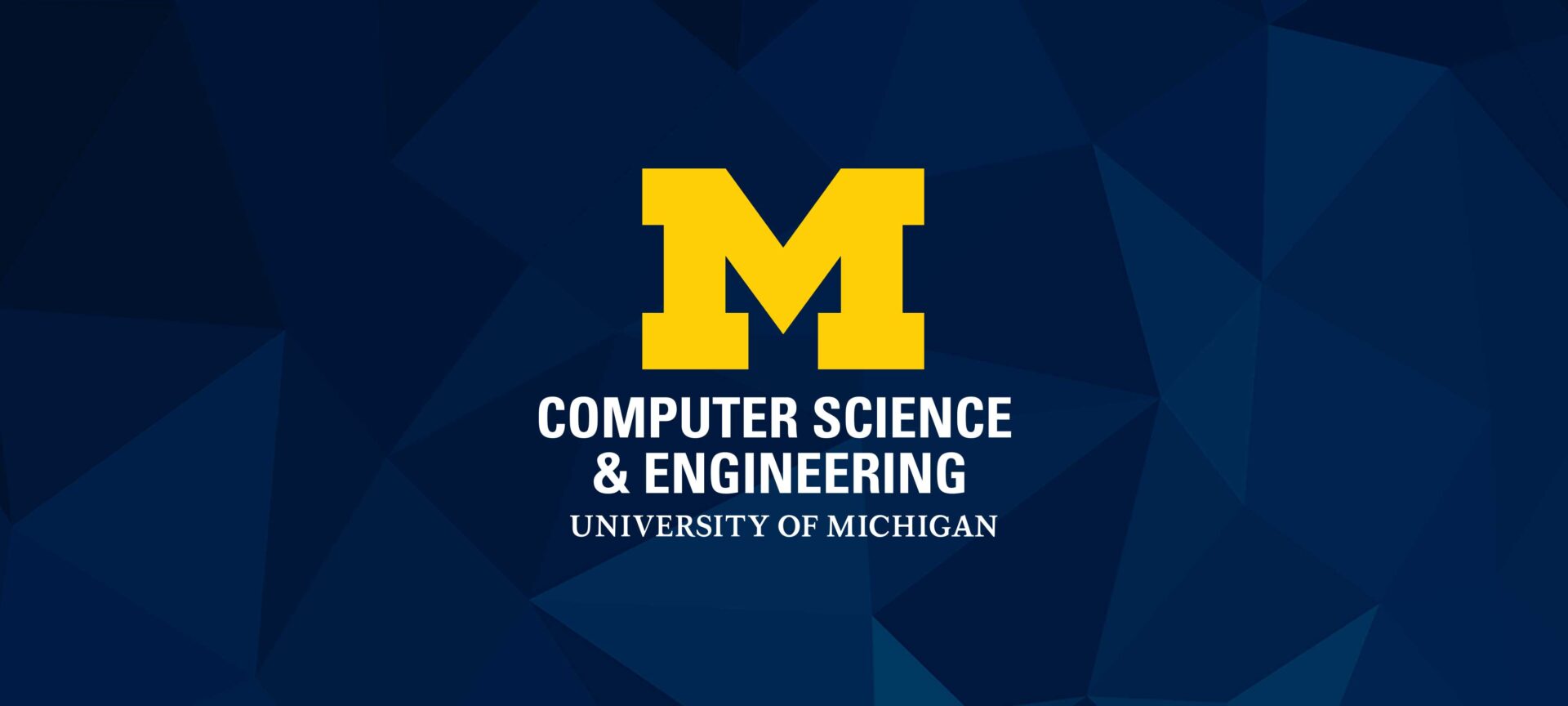
Award for helping popular websites better direct their internet traffic
Edge Fabric offers providers real-time performance analysis and a way to incorporate this data into routing decisions.
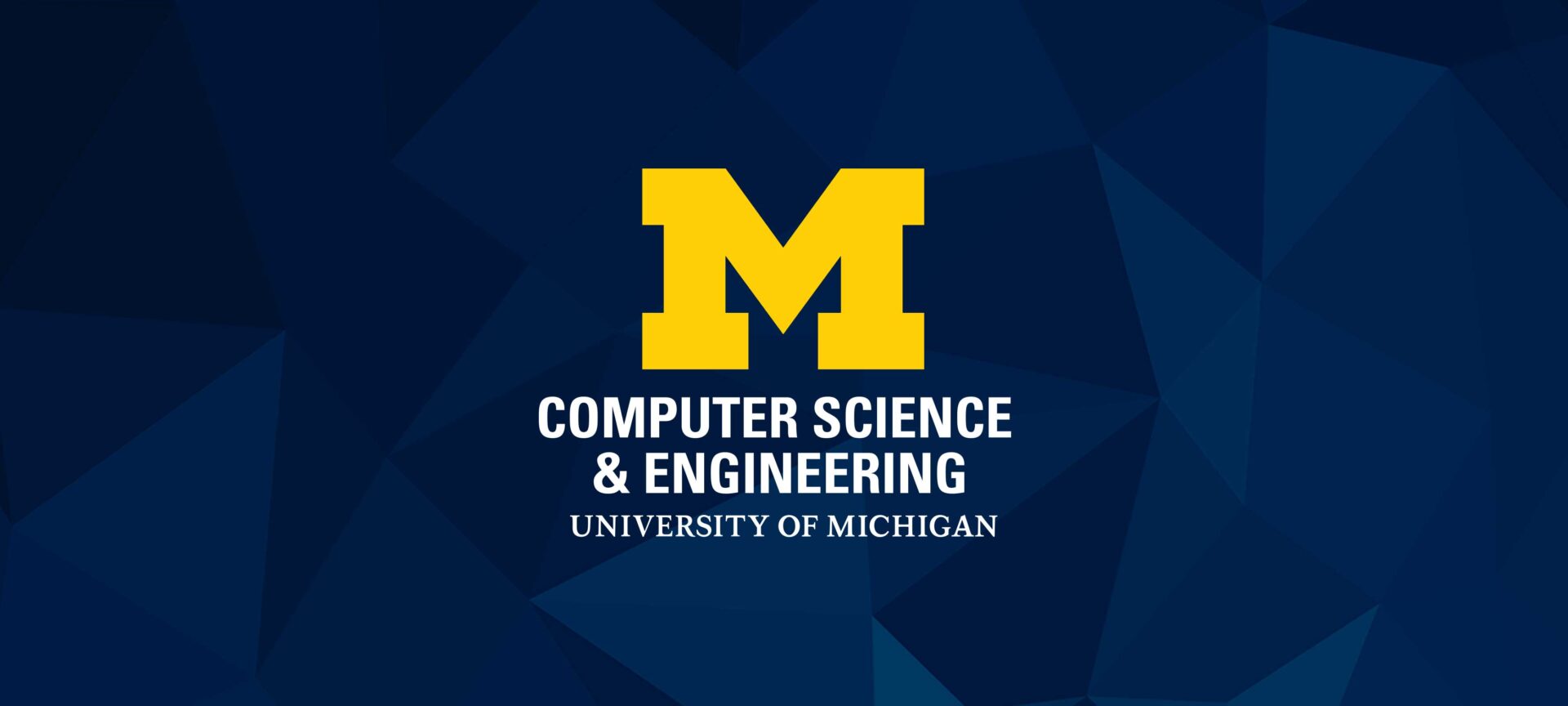
Facebook Fellowship for improving high-demand web services
Akshitha Sriraman works to enable hyperscale computing on high-demand web services.

$1M grant to develop U-M high-capacity research network
The team will develop a secure, data-intensive network solution to effectively transport extremely high volumes of research data on and off campus.

Five papers by CSE researchers presented at NSDI
The teams designed systems for faster and more efficient distributed and large-scale computing.

Enabling fairer data clusters for machine learning
Their findings reduce average job completion time by up to 95% when the system load is high, while treating every job fairly.

“Hiding” network latency for fast memory in data centers
A new system called Leap earned a Best Paper award at USENIX ATC ‘20 for producing remote memory access speed on par with local machines over data center networks.

Enabling efficient, globally distributed machine learning
A group of researchers at U-M is working on the full big data stack for training machine learning models on millions of devices worldwide.
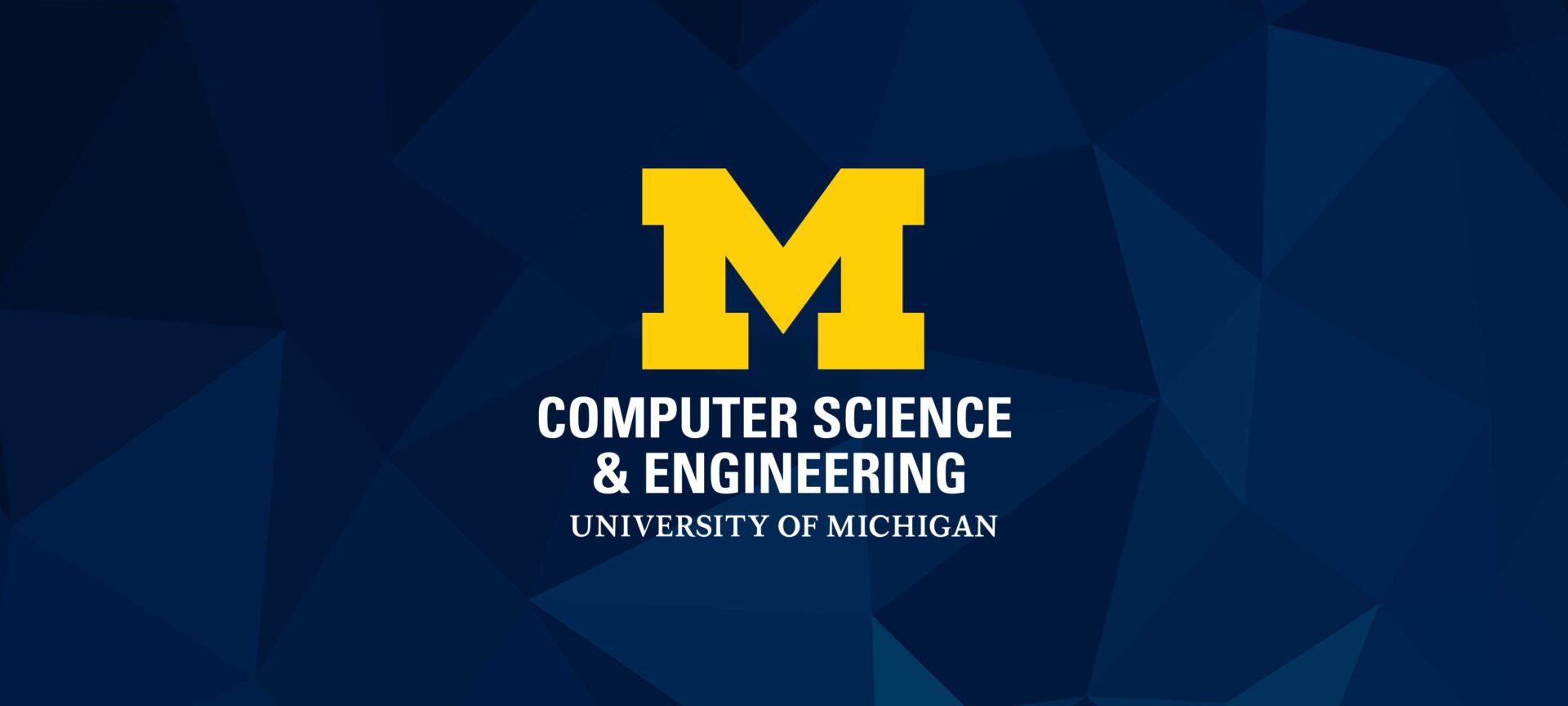
Z. Morley Mao elected IEEE fellow for contributions to performance and security of internet routing and mobile systems
Prof. Mao and her students have played an important role in understanding the efficiency, security, and performance of a number of mobile systems.
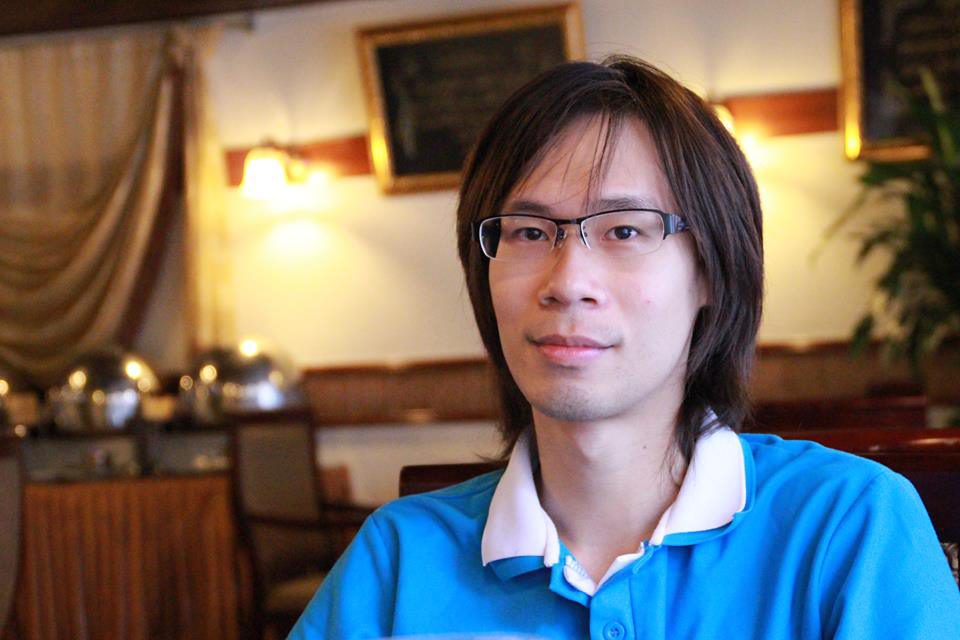
Alumnus Yi-Jun Chang Wins PODC Dissertation Award
His work is in complexity theory of distributed computing.
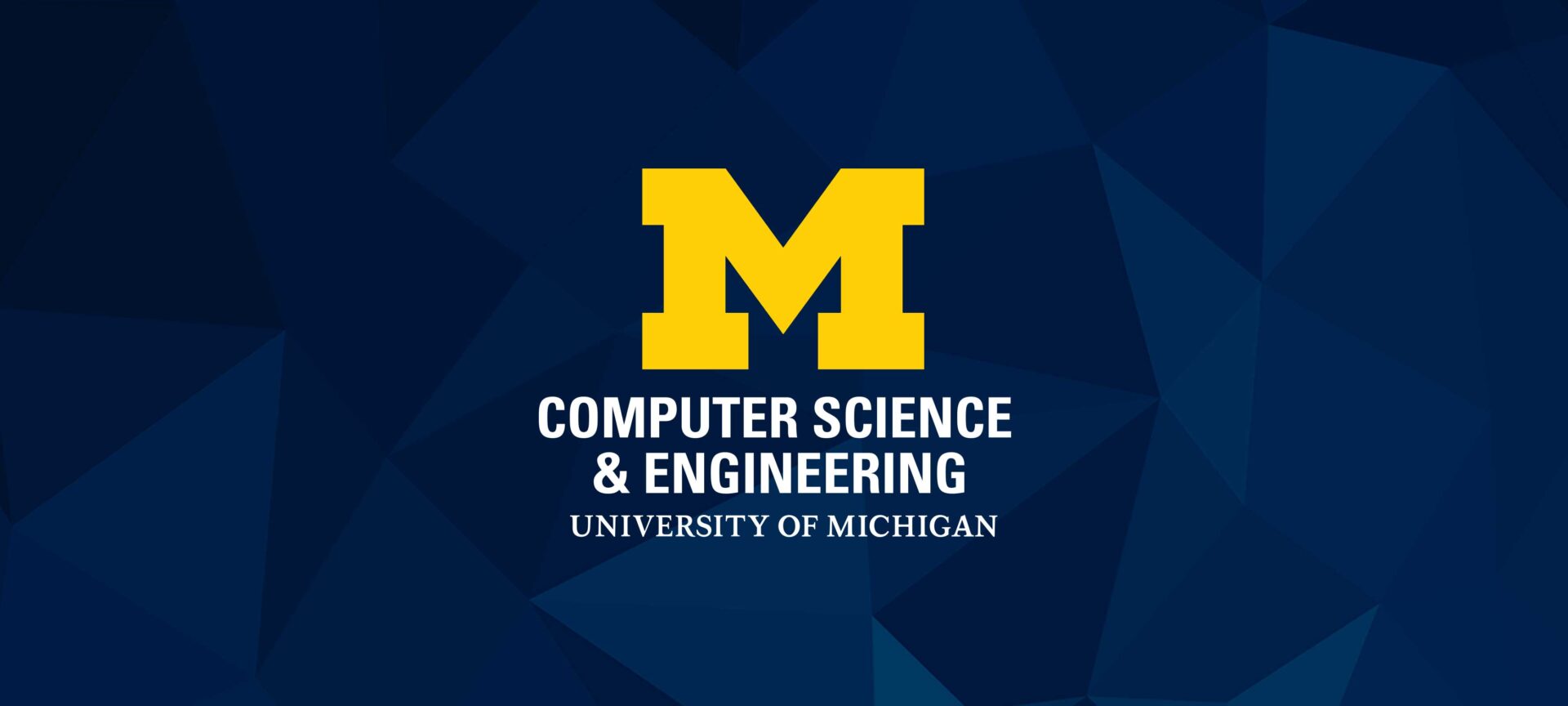
Censys enables fast searching of actionable internet data
The software enables users to ask questions about the hosts and networks that compose the Internet and get an immediate reply.
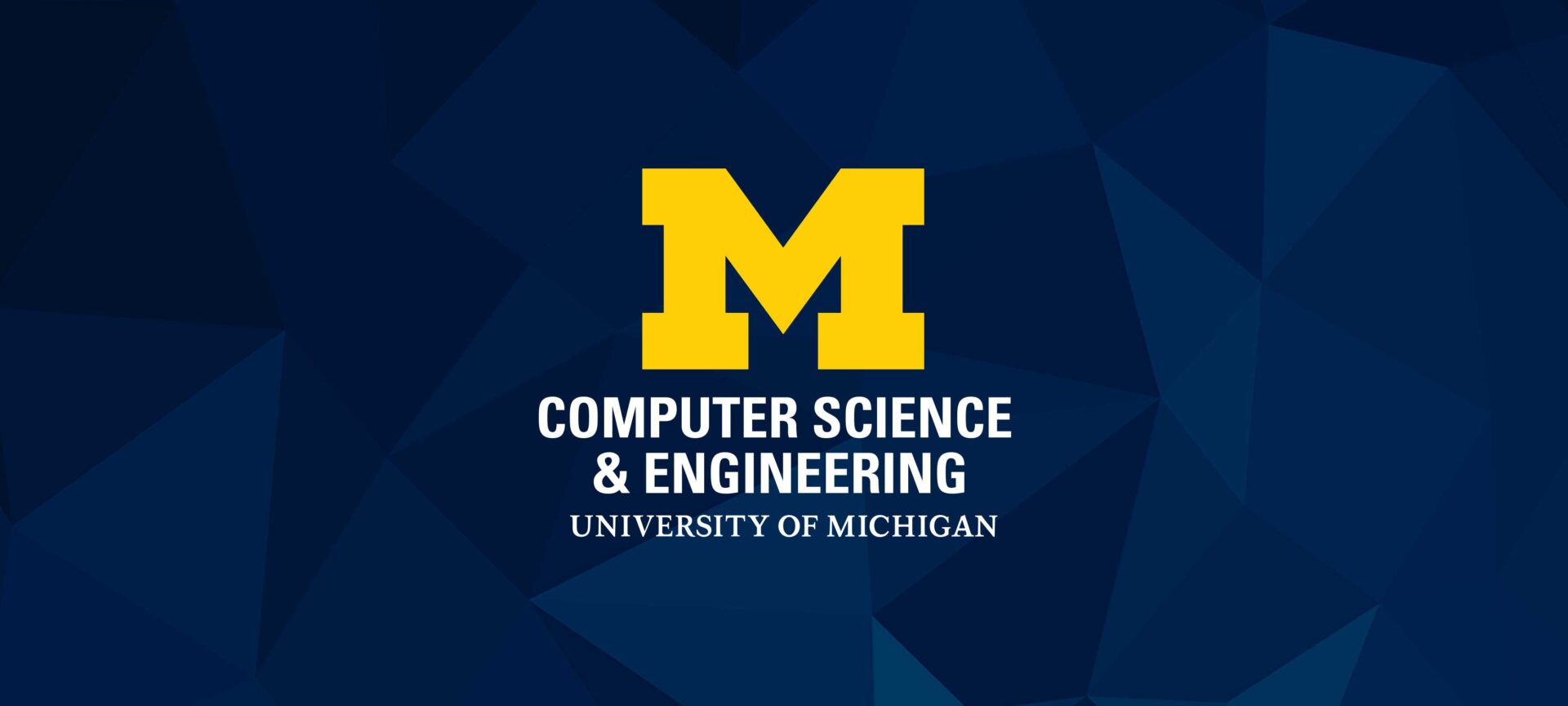
Barzan Mozafari receives NSF CAREER Award to improve predictability of database systems
Prof. Mozafari is passionate about building large-scale data-intensive systems that are more scalable, more robust, and more predictable.
Michael J. Cafarella selected for Sloan Research Fellowship
He has built software systems for information extraction, database integration, and feature engineering and applied these to problems in the social sciences.
Shadows in the Dark Web
Secrets lurk in the dark web, the 95 percent of the internet that most of us can’t see. One U-M professor is bringing some of those secrets to light, making the digital and the real world a little safer.
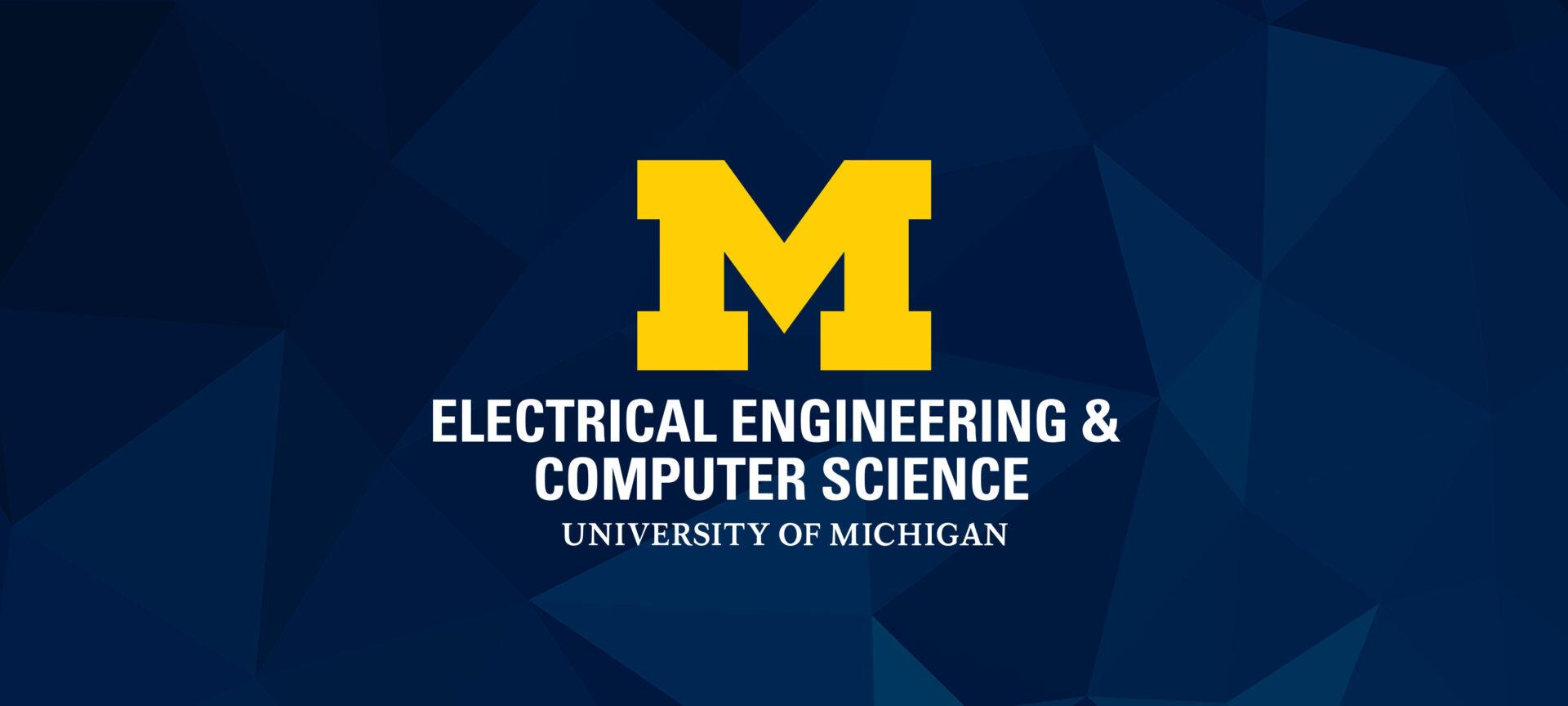
Smart bridges under development with new grant
The monitoring system will collect data from surface and penetrating sensors, then wirelessly relay the information to an inspector on site or miles away.
J. Alex Halderman to Teach Course on Electronic and Internet Voting through Coursera
The 5-week course will provide the technical background and public policy foundation that today’s citizens need to understand the electronic voting debate.
Duo of CSE Alums Form and Grow Security Company in Ann Arbor
Serial entrepreneur Dug Song (CS BS 1997) and recent alum Jon Oberheide (CSE PhD 2011) founded security firm Duo Security in early 2010 and have rapidly grown their company to serve over 500 customers in 40+ countries around the world.
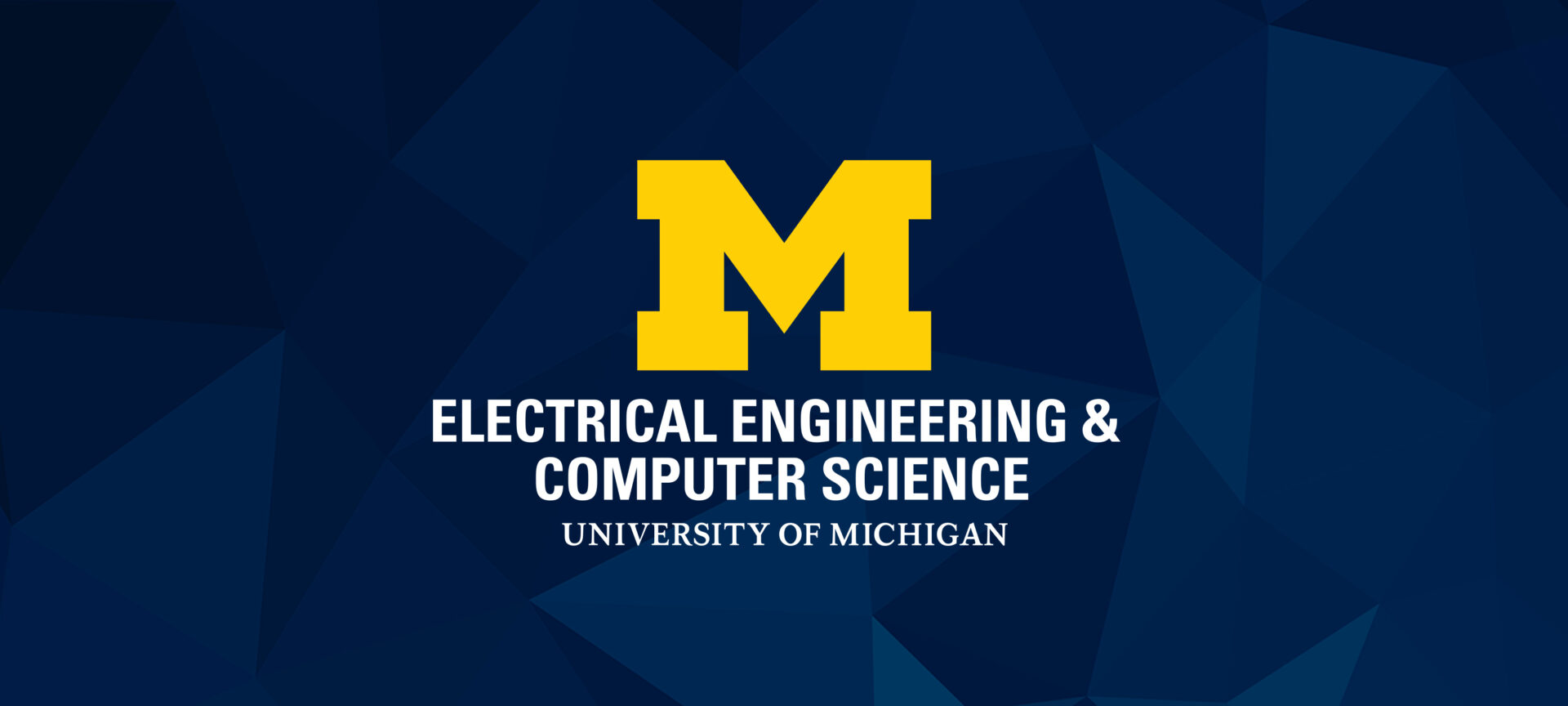
Researchers funded to develop a leap forward in Processor Architectures
The project proposes to produce a parallel heterogeneous 3D near-threshold computing system with unprecedented energy efficiency.
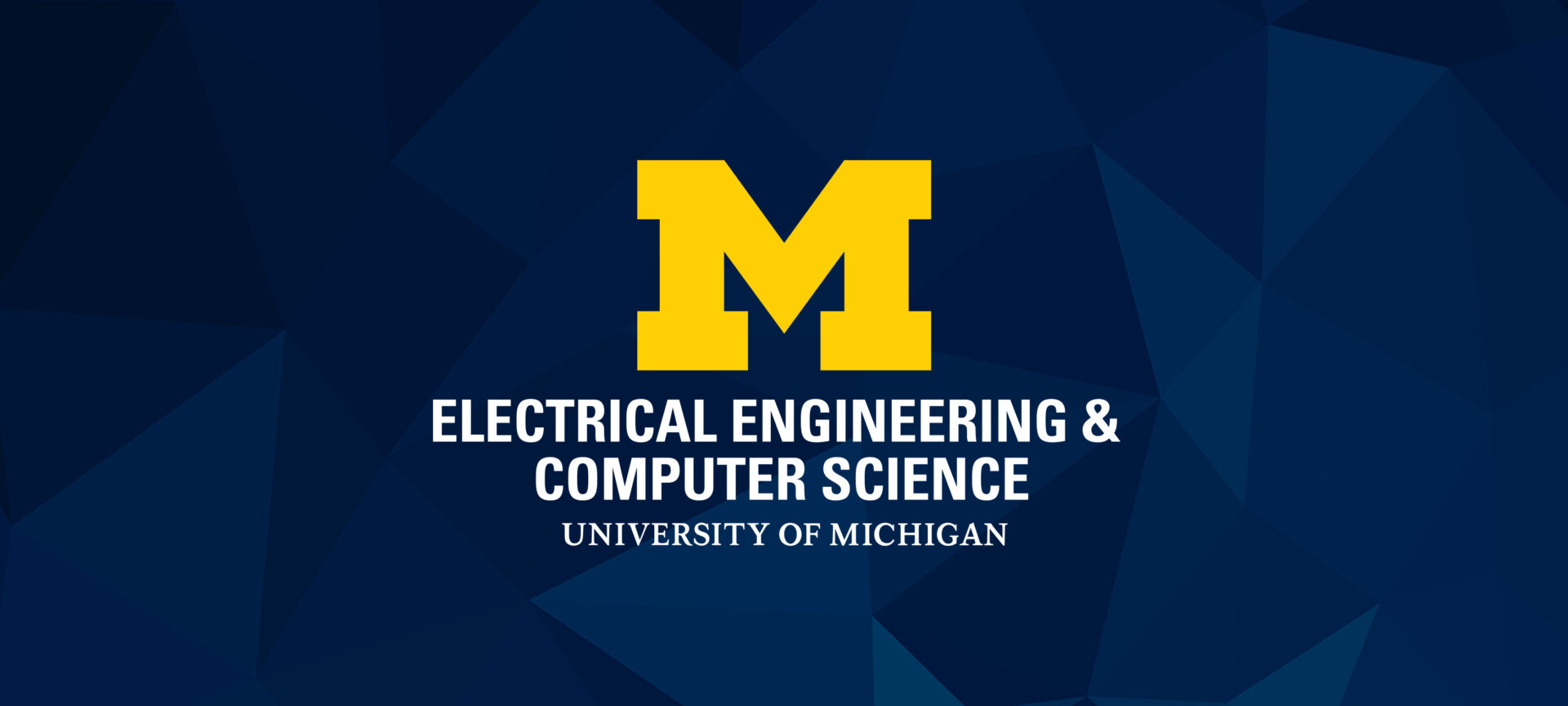
Wakefield and Kieras win Best Paper Award at ICAD 2014
The paper addresses how to manage multiple sources so that the user can maximize the information gained from each acoustic source.
HiJack Enables a Smartphone Dongle for Diagnosis of Infectious Diseases
HiJack is a hardware/software platform that utilizes the headset jack on a smartphone as a universal power/data interface.
World’s Largest Processor Announced; Perfect for Big Data – and Other Applications
A really big chip is ready to take on really big challenges.
Virta Labs Introduces PowerGuard™
Virta Laboratories was co-founded in part by Prof. Kevin Fu and former CSE postdoctoral researcher Denis Foo Kune.

Researchers Receive NSF/Intel Award to Develop Visual Recognition System for Wearable Devices
The researchers are finding a solution to implement state-of-the-art vision systems in wearable devices where there is little heat dissipation
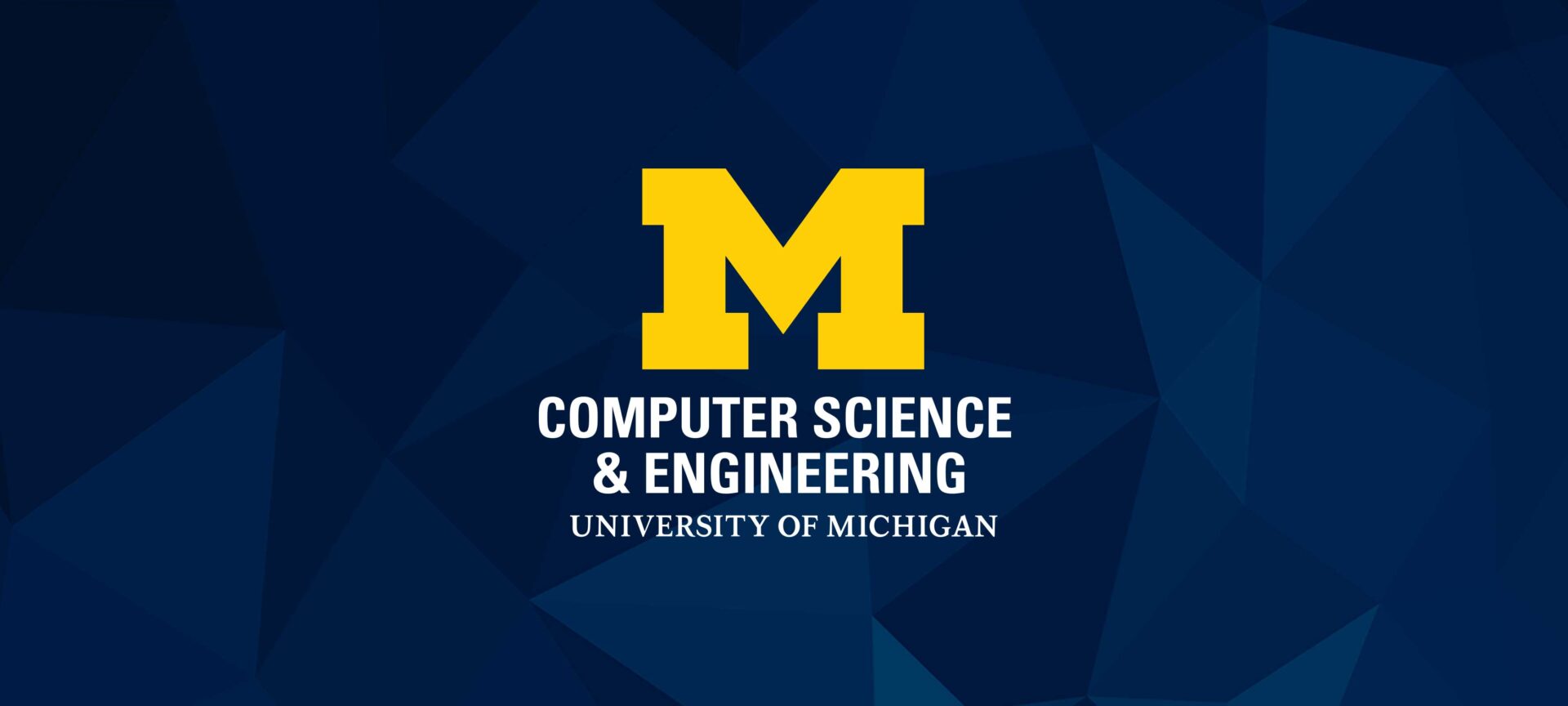
Passwords, privacy and protection: Can Apple meet FBI’s demand without creating a ‘backdoor’?
Prof. H.V. Jagadish sheds light on current issues regarding data privacy and technology.
Pressure-sensing smartphones: Software lets mobile devices feel force
New software developed by CSE engineers and inspired, in part, by a Batman movie, could give any smartphone the capacity to sense force or pressure on its screen or body.

Michigan chips will be first to test next-generation hardware design tools
U-M team will serve as model for nimble and innovative system-on-chip design.
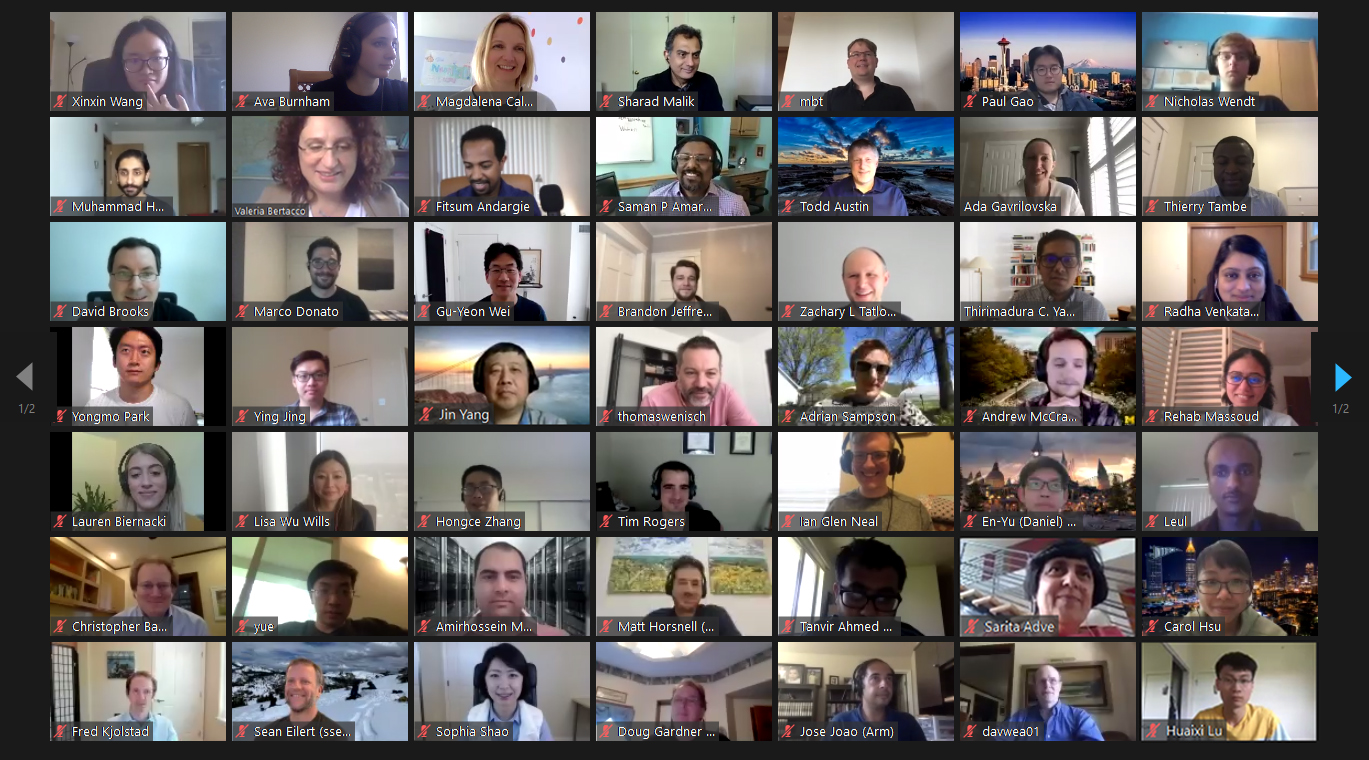
ADA Center holds 2020 symposium with virtual attendance, highlighting new research into computer design
The symposium highlighted new developments in computer architecture, and included a session on how the center’s research can contribute to limiting the impact of pandemics.

Jason Flinn earns Test of Time award for 1999 invention of adaptable battery use in mobile apps
The approaches to energy adaptation he proposed are now commonplace, and the applications he analyzed (web browsers, voice recognition, video players, and maps) are still ubiquitous.

Precision health in the palm of your hand
Recent breakthrough developments in technologies for real-time genome sequencing, analysis, and diagnosis are poised to deliver a new standard of personalized care.
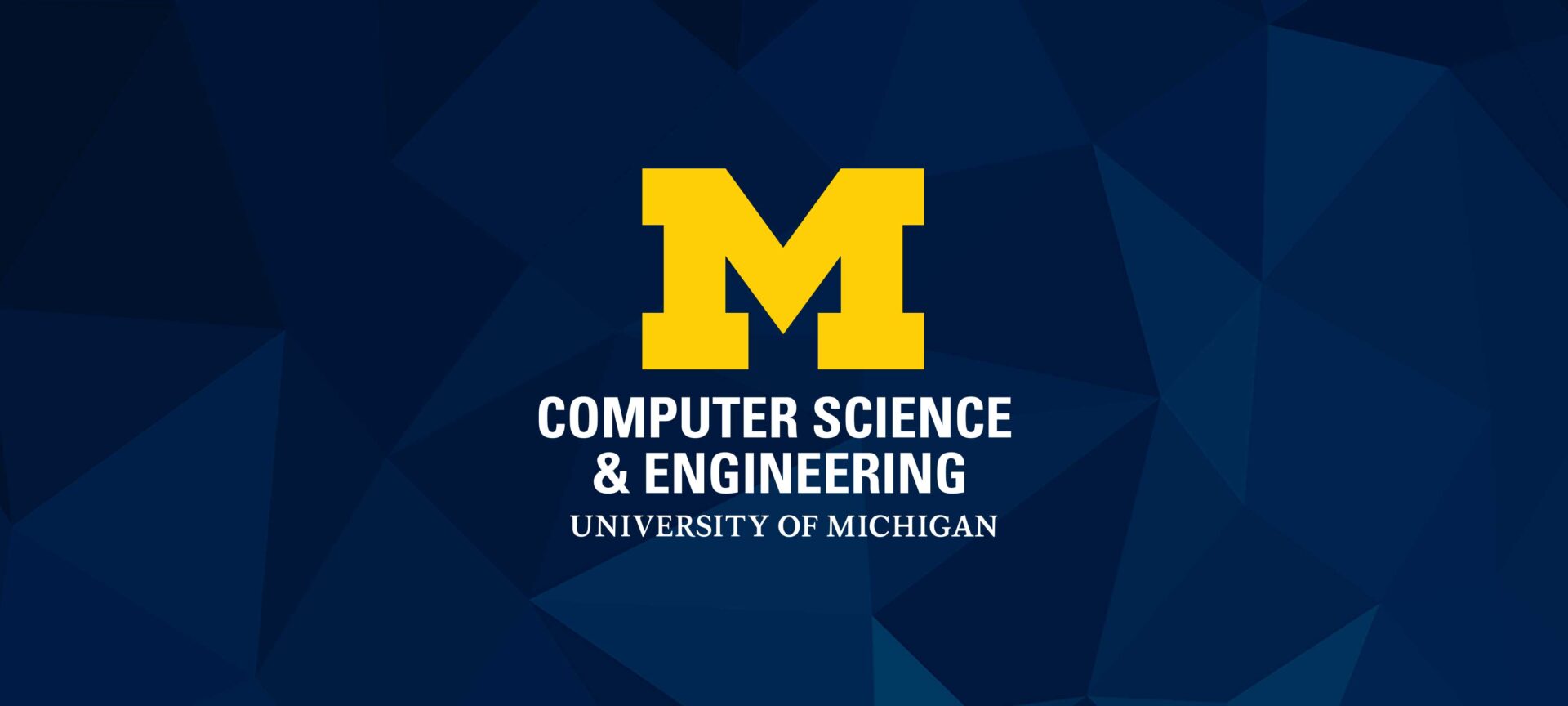
Thomas Wenisch selected as Maurice Wilkes Award Recipient
The award recognizes Prof. Wenisch’s contributions to memory persistency and energy-efficient systems.
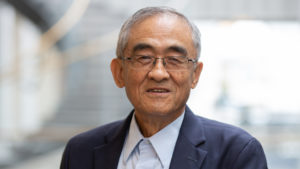
Kang G. Shin recognized with Distinguished Leadership Award by IEEE Computer Society Technical & Conference Activities Board
His work in the area of real-time computing has spanned decades and has had impact in a broad range of applications.
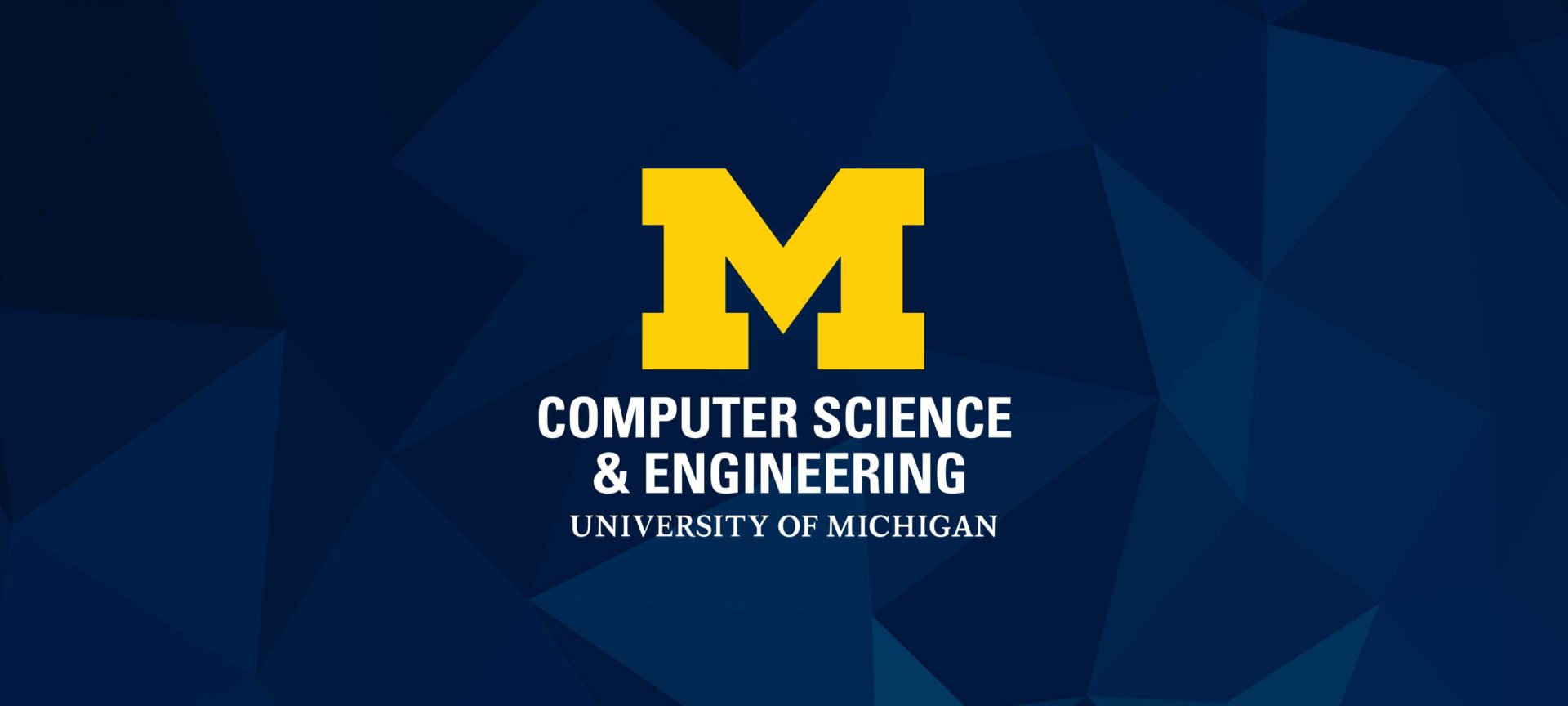
Two papers announced among 10 most influential in healthcare and infection control
The papers provide data-driven solutions to hospital infection and the use of machine learning in healthcare.
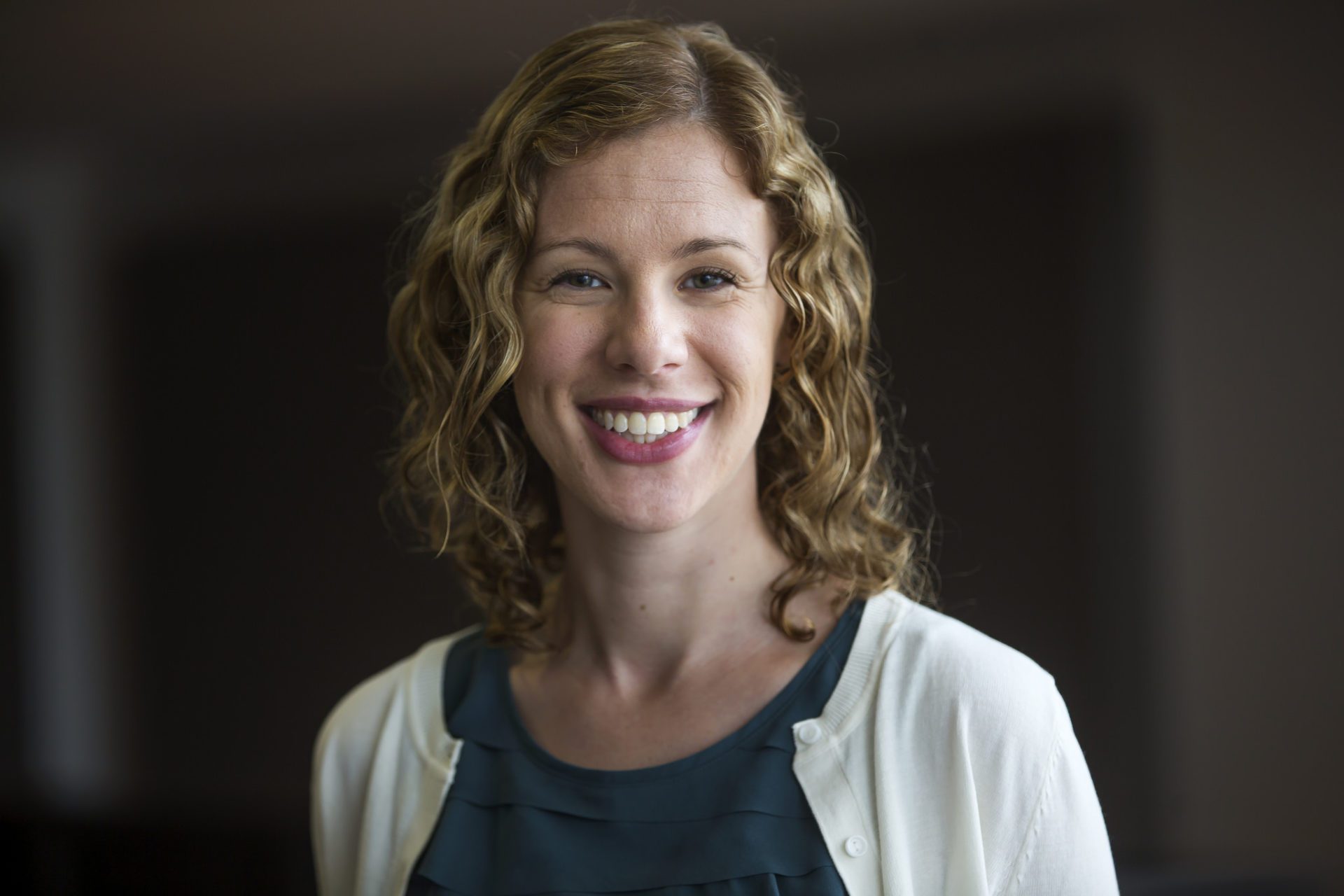
Precision Health Award for measuring moods
The result will be new measurement methods to determine how moods are shaped by both the behavior of an individual and daily interactions over time
Rackham Fellowship for enabling autonomous agents to learn continuously
“What I’m doing is trying to come up with ideas to let the agent continue learning different skills across its life.”
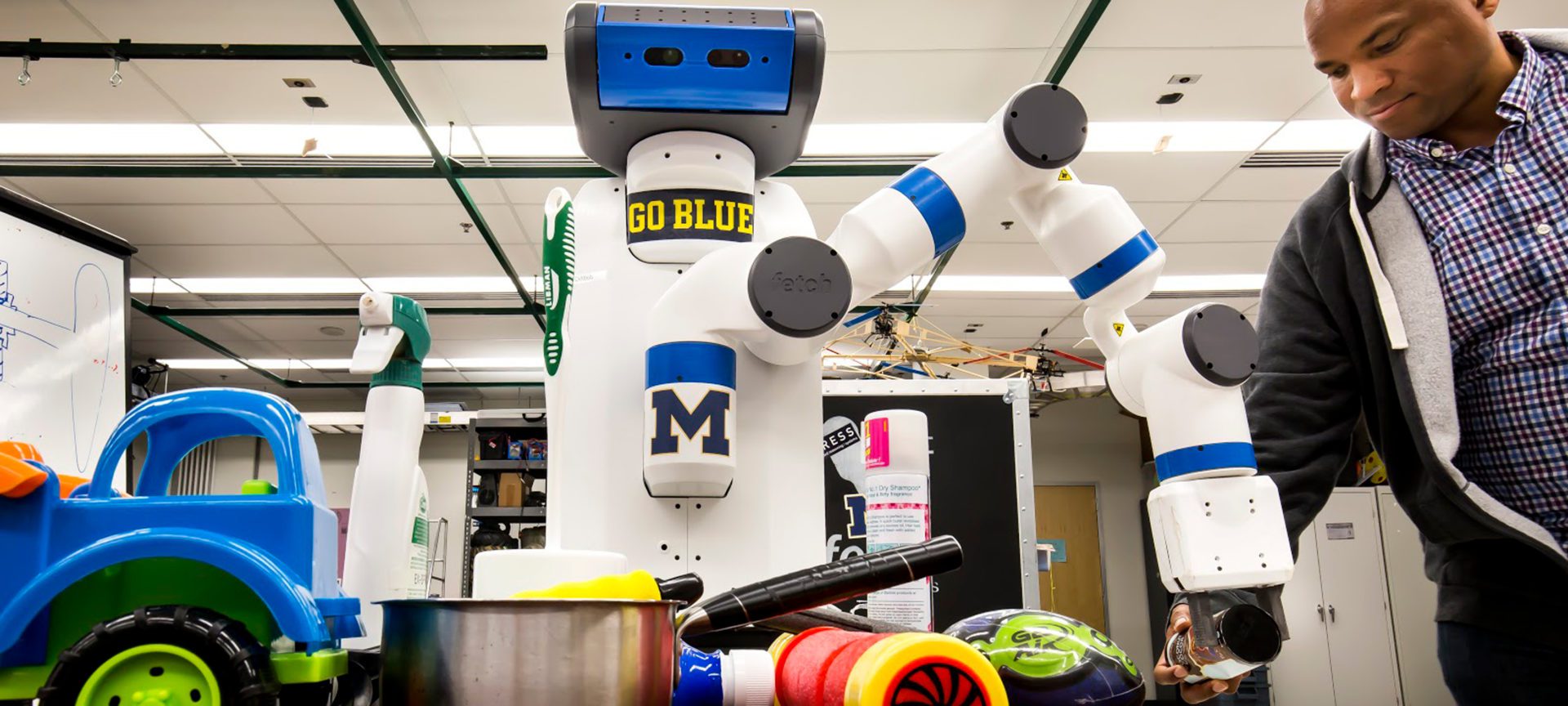
A quicker eye for robotics to help in cluttered environments
New algorithm can help robots go from structured environments like factories to complex, unstructured places like our homes.
New lecture series brings AI to the public
The new event series aims to create an educational environment for the public.
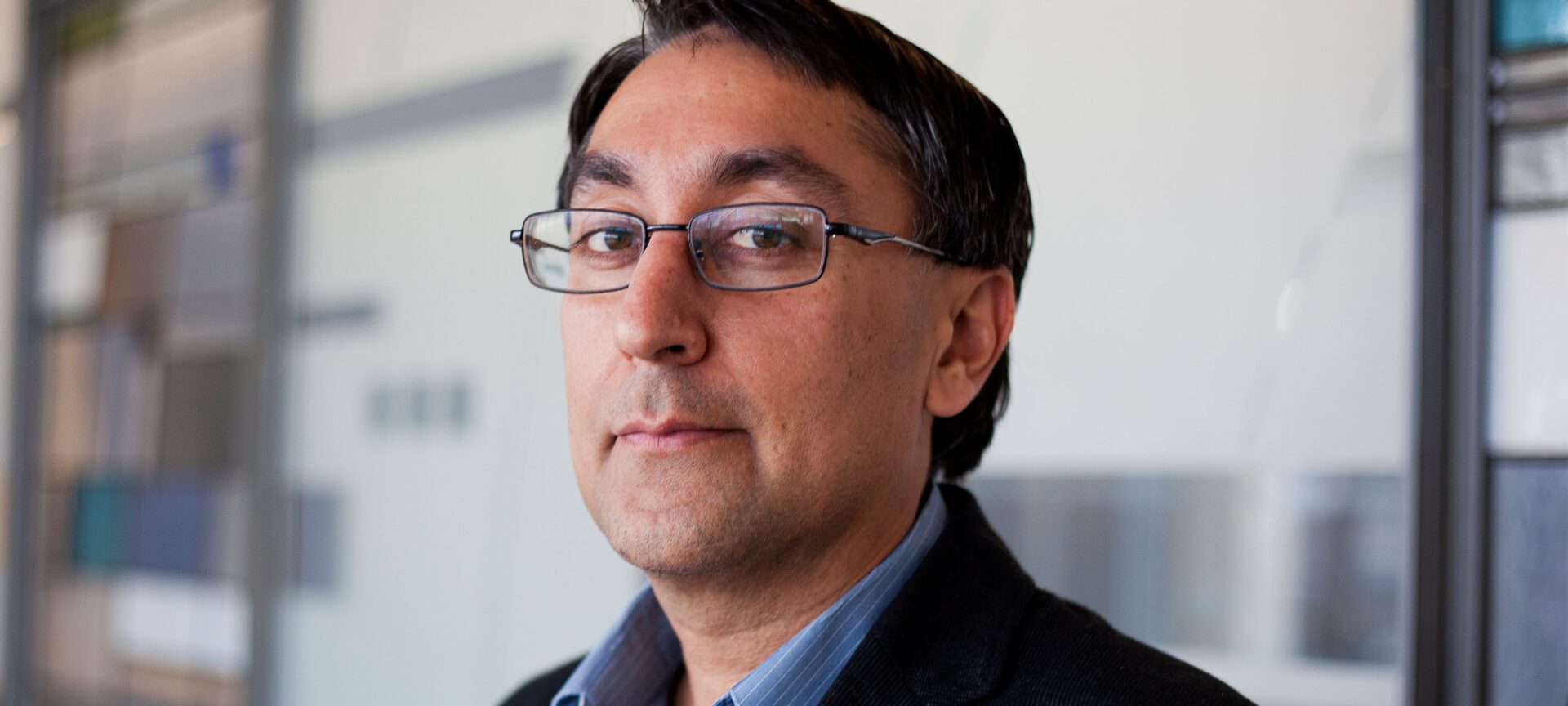
Paper recognized for lasting contributions to AI decision making
Baveja’s paper tackled the difficult problem of giving artificial intelligence a way to understand and represent knowledge collected over time.
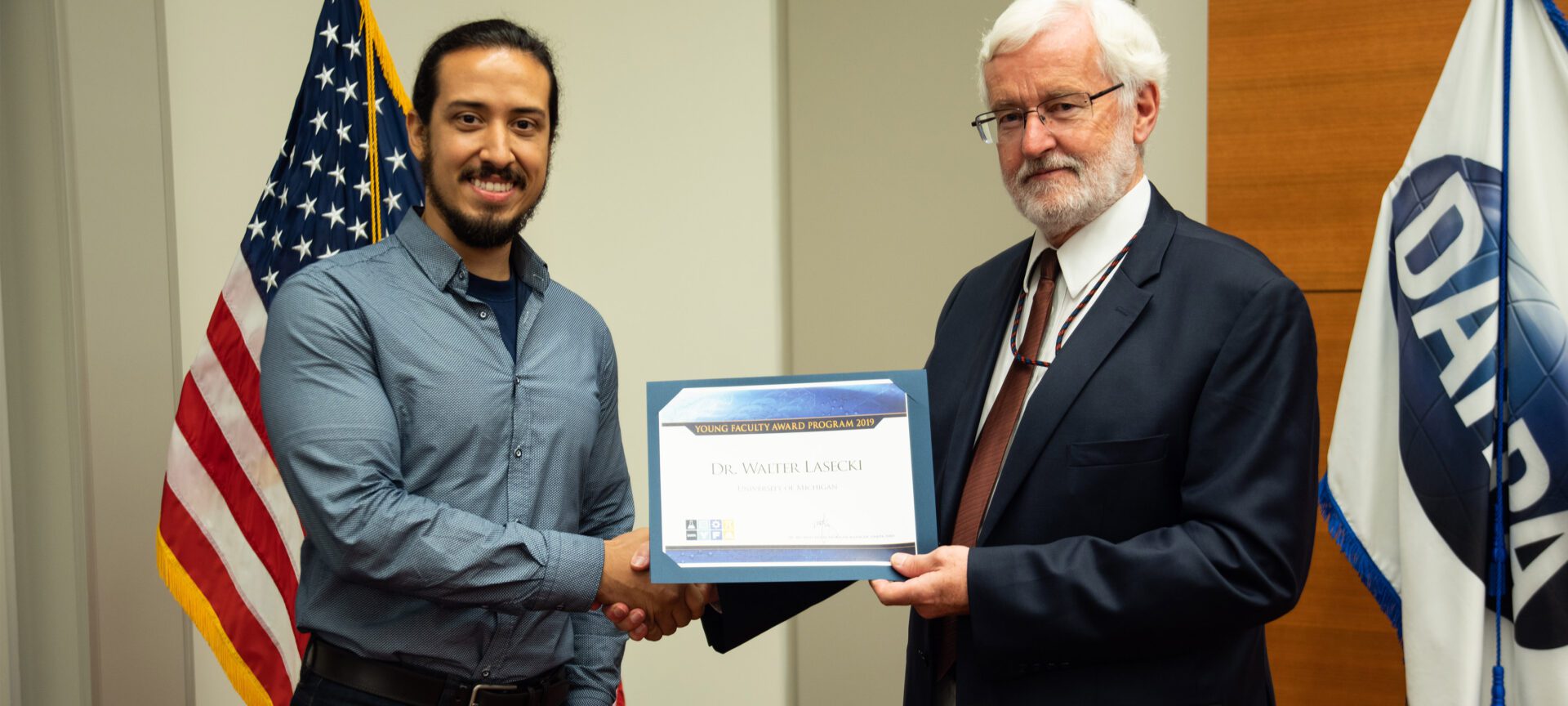
DARPA Award for more responsive AI that combines human and machine
The goal of Lasecki’s proposal is to create methods for making AI systems more robust and flexible.
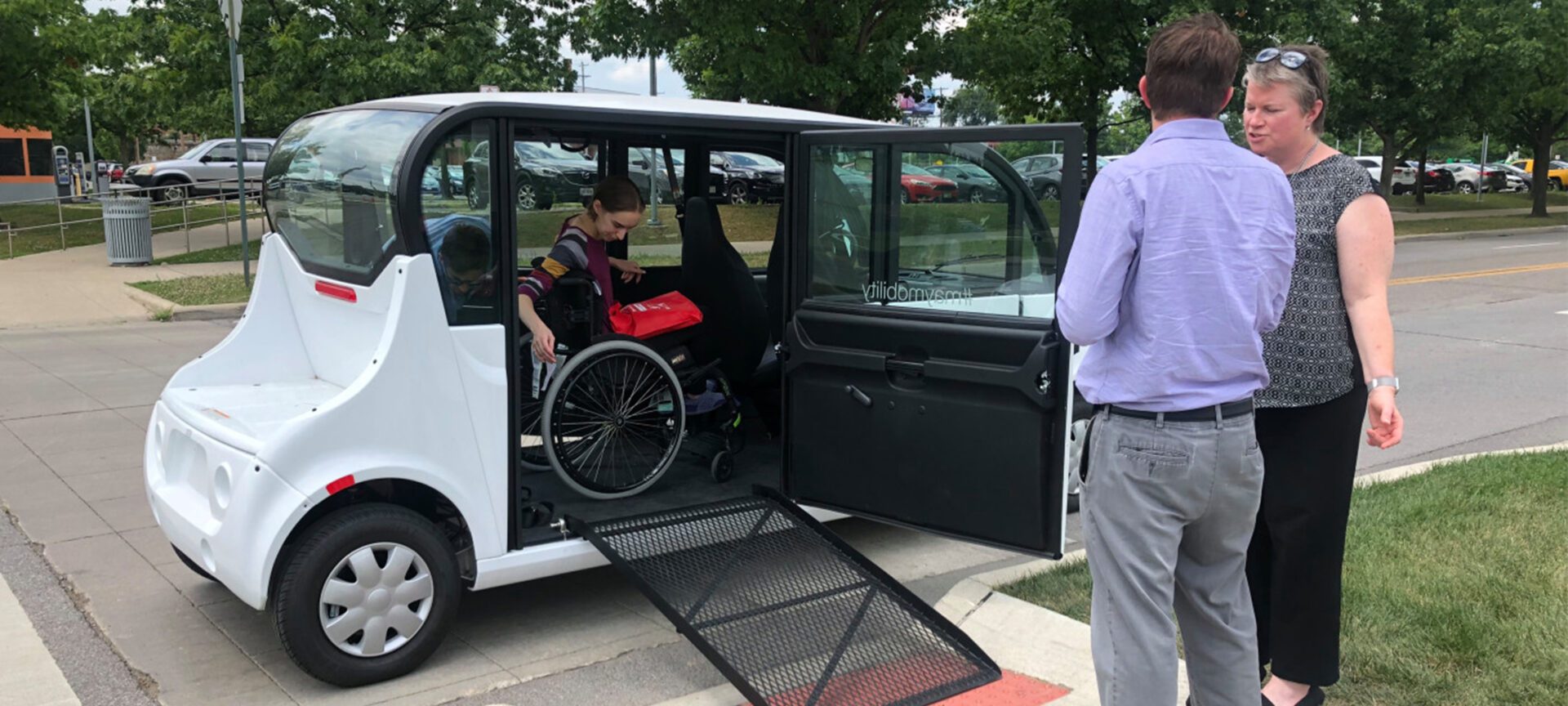
Year of growth, experiments for May Mobility
May Mobility intends to gradually acclimate the public to the experience of autonomous driving.
Taking machine-learning models in health care from concept to bedside
The authors provide an overview of common challenges to implementing ML in a health-care setting, and describe the necessity of breaking down the silos in ML.
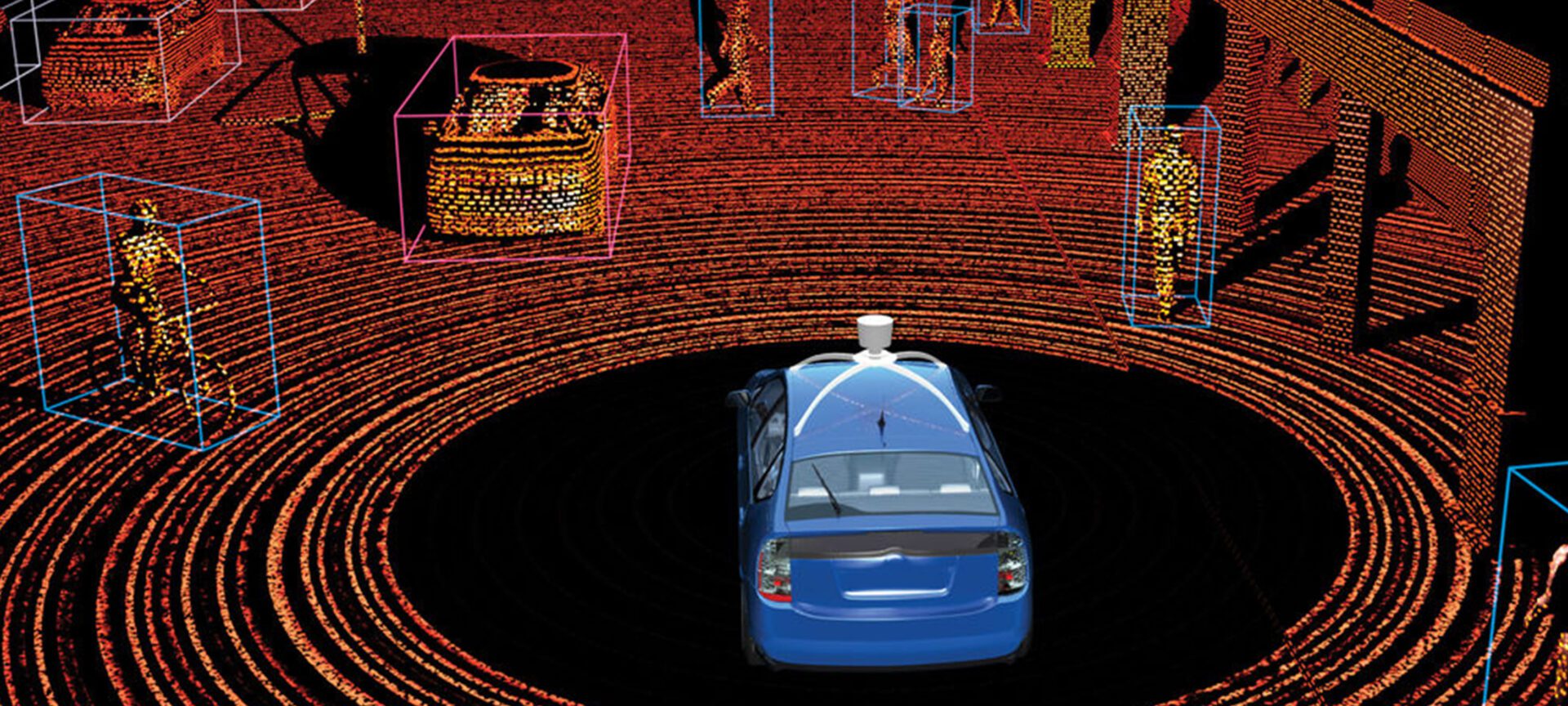
New attack on autonomous vehicle sensors creates fake obstacles
Up to this point, no attacks had been discovered targeting a car’s LiDAR system—but a major new finding from researchers at the University of Michigan has demonstrated what that might look like.
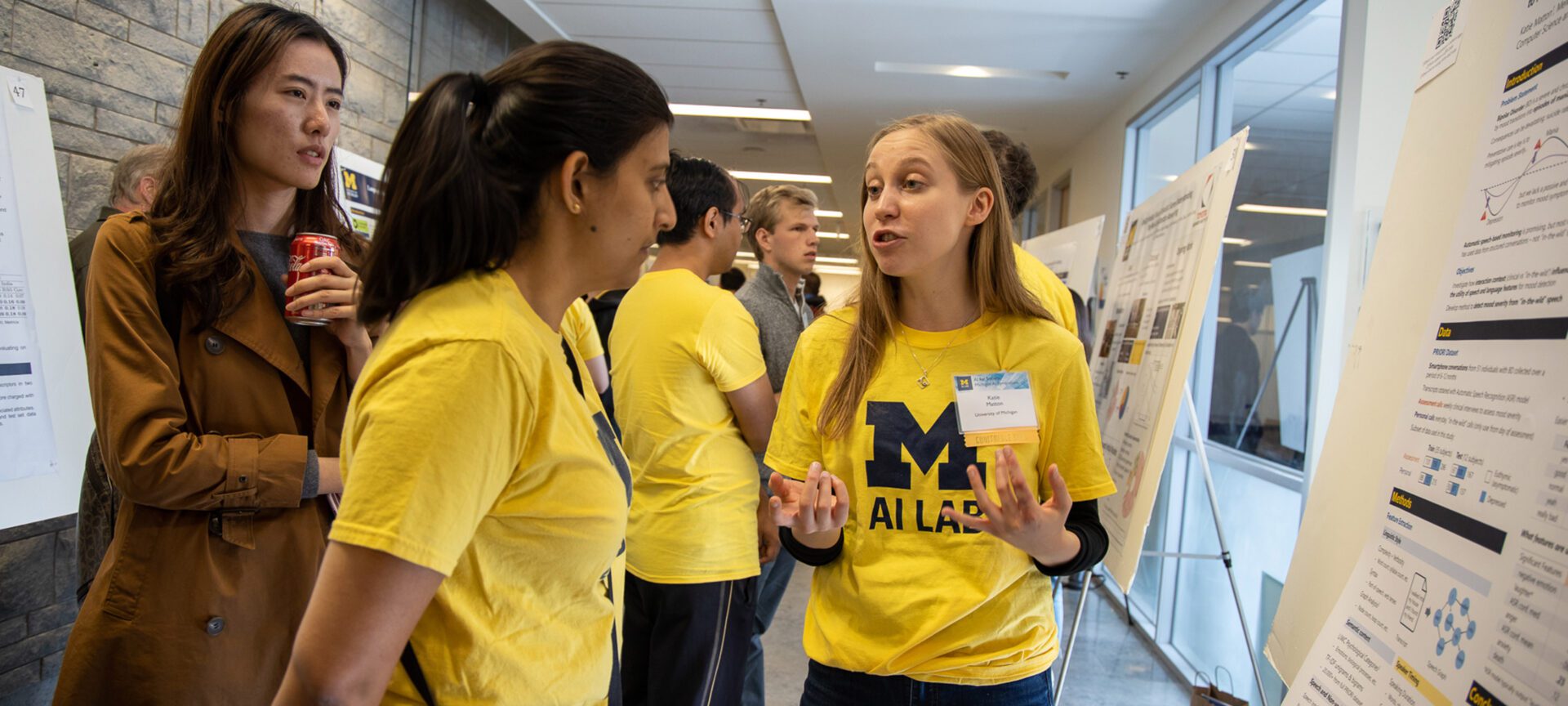
Michigan AI celebrates second annual symposium
The goal of the symposium is to facilitate conversations between AI practitioners from Michigan and beyond.
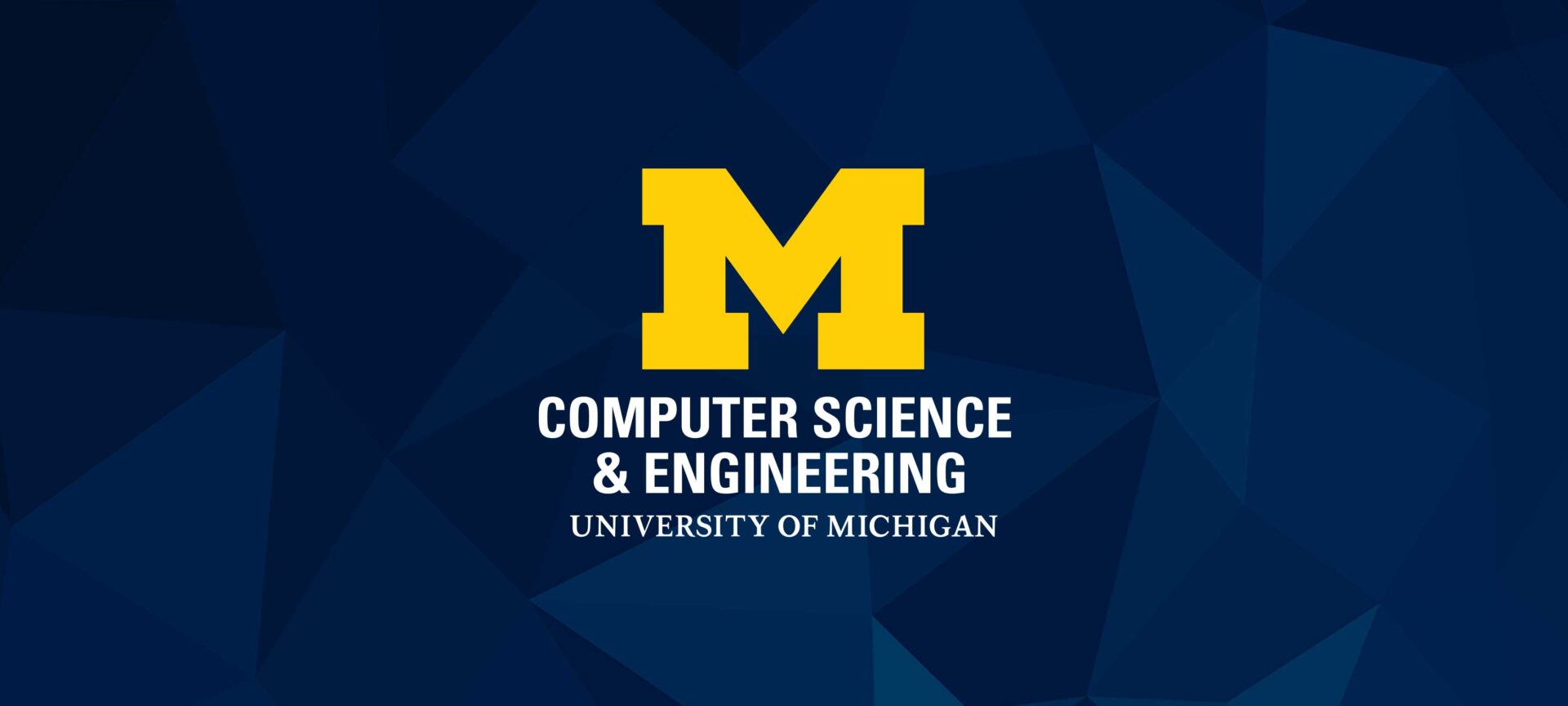
Alumnus Peter Wurman inducted into National Inventors Hall of Fame
Wurman and his cofounders were recognized for their invention of the Kiva system, a revolutionary warehouse order fulfillment system that uses mobile robots and control software to bring inventory shelves to workers.

CSE researchers present 9 papers at leading AI conference
The students and faculty submitted projects spanning several key application areas for AI.

Emily Mower Provost named Toyota Faculty Scholar
Her work uses machine learning to measure mood, emotion, and other aspects of human behavior for purposes of providing early or real-time interventions for people in managing their health.
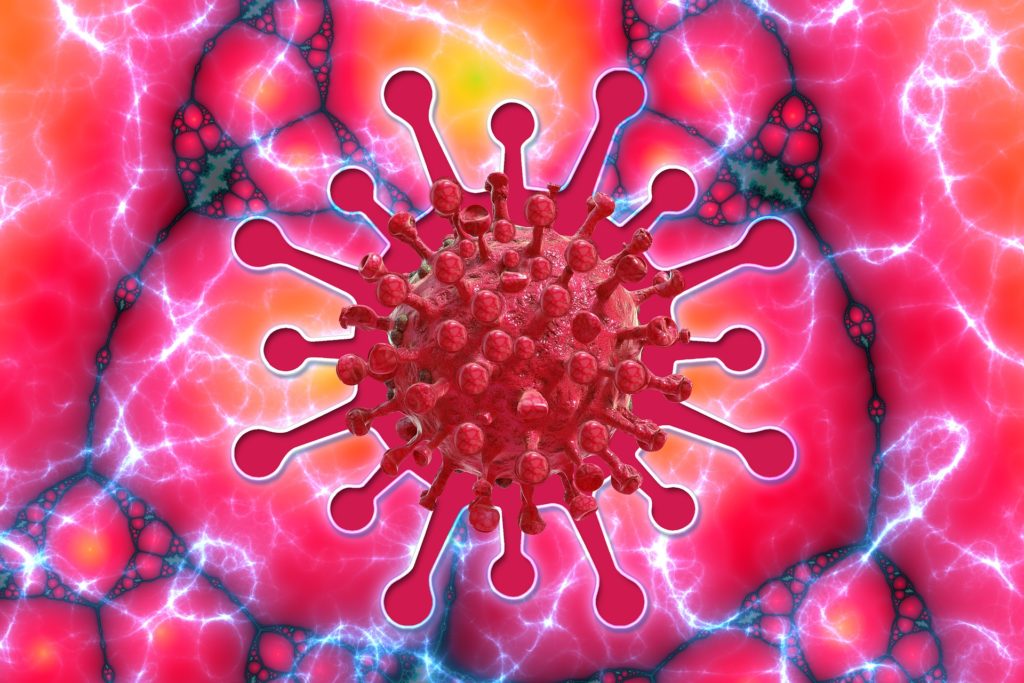
Computer scientists employ AI to help address COVID-19 challenges
Five multidisciplinary research teams are working on projects to assist with the coronavirus outbreak and to help find solutions to pressing problems.
Faculty Profile: Emily Mower Provost
Mower Provost talks about getting awards, doing industry research, understanding human behavior – and Star Wars.

Research on human biases in AI learning earns best student paper award
The project, which received a best paper award, demonstrated that a certain bias in humans who train intelligent agents significantly reduced the effectiveness of the training.

AI-powered interviewer provides guided reflection exercises during COVID-19 pandemic
The virtual interviewer uses therapeutic writing techniques to help users cope with difficult situations.
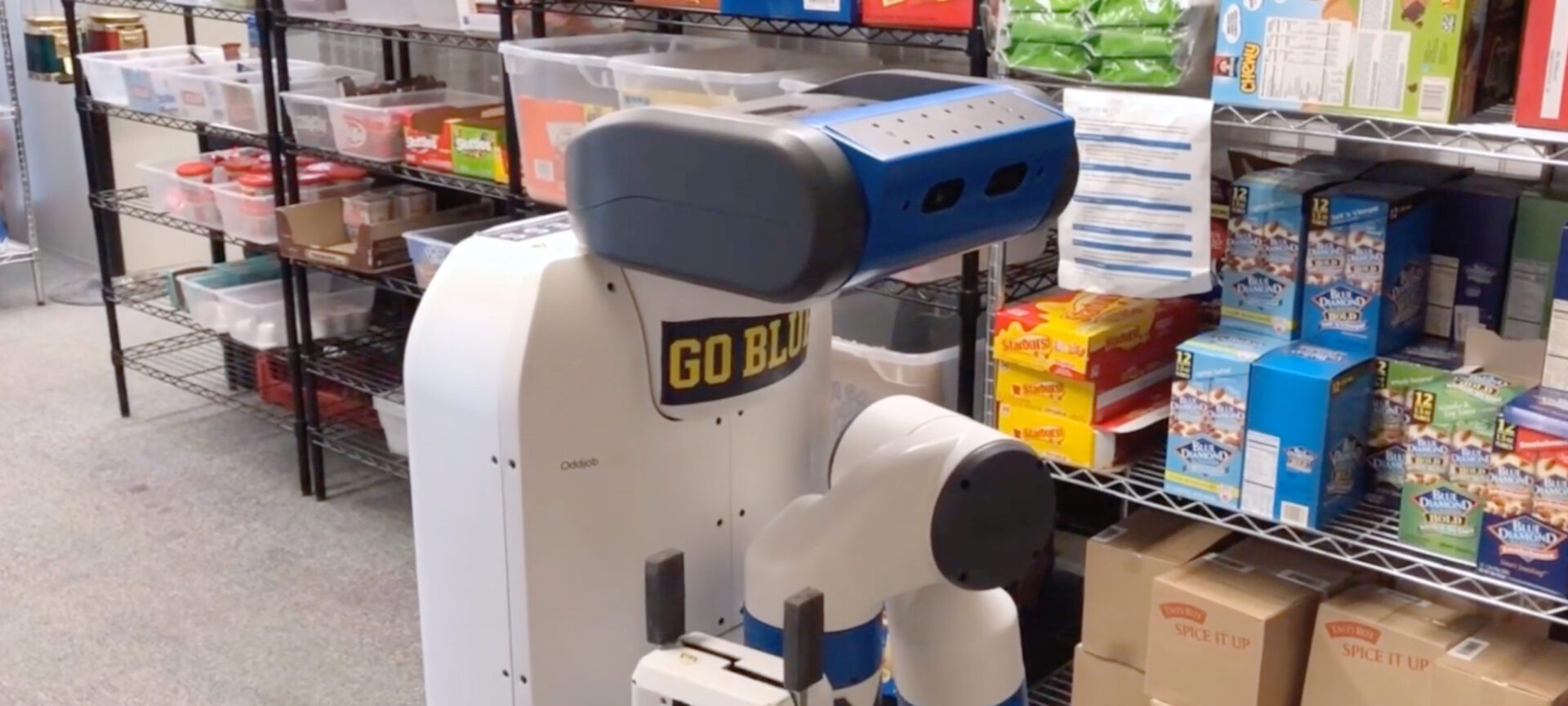
Model helps robots think more like humans when searching for objects
The model is a practical method for robots to look for target items in complex, realistic environments.

Baris Kasikci earns CAREER Award to automatically improve software quality with data from everyday program use
Kasikci will sift through the byproducts of hundreds of millions of common program executions to determine how this data can automate some key steps in bug finding and fixing.
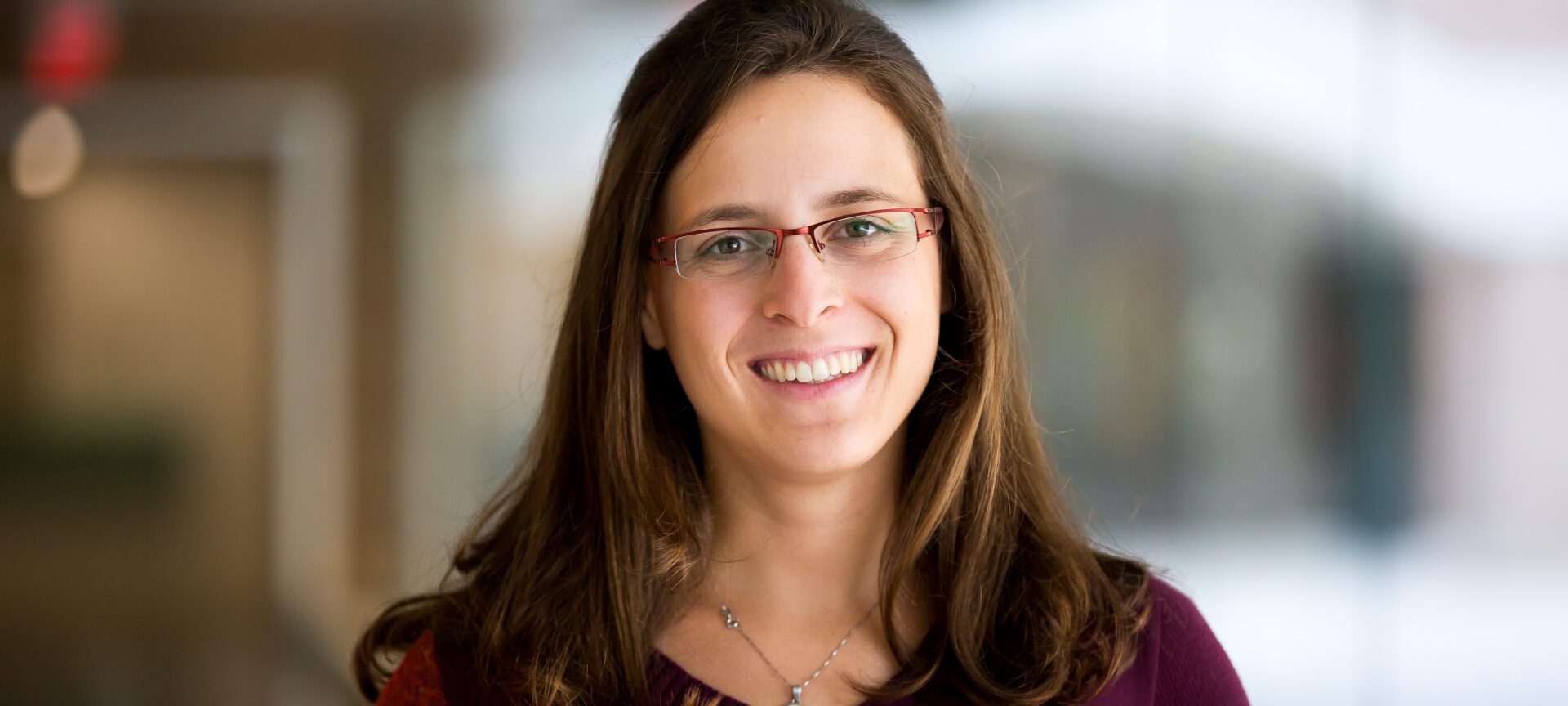
Prof. Danai Koutra recognized as rising star with ACM SIGKDD Award
The Rising Star Award is based on an individual’s whole body of work in the first five years after the PhD.

New research teaches AI how people move with internet videos
The project enables neural networks to model how people are positioned based on only partial views of their bodies, like perspective shots in instructional videos or vlogs.
Student NASA award supports work on more dexterous, collaborative space robots
PhD student Emily Sheetz is working to design more dexterous robots to work alongside humans in space.
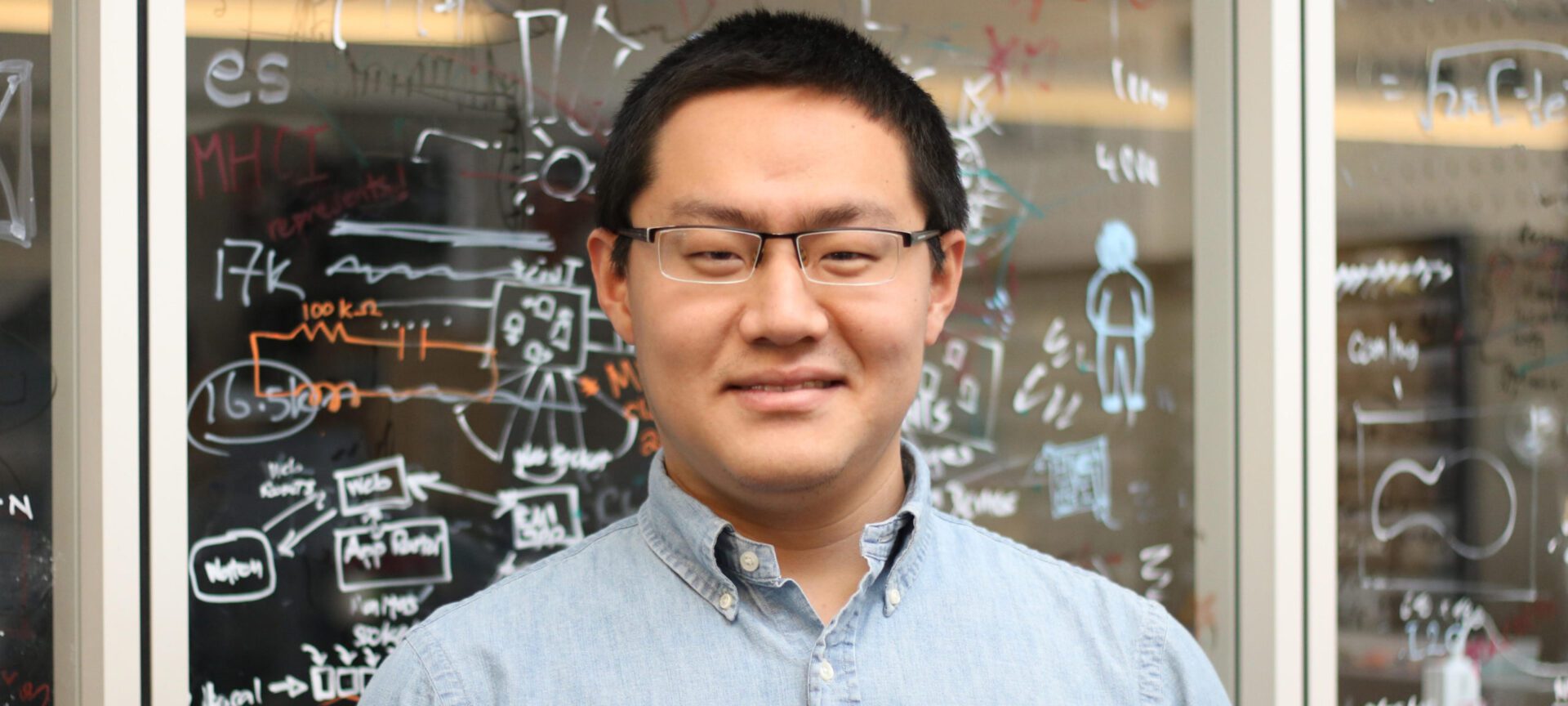
Incoming faculty Anhong Guo named one of Forbes’ 30 Under 30 in Science
This distinction recognizes young researchers with exceptional promise who are having an impact on the world.
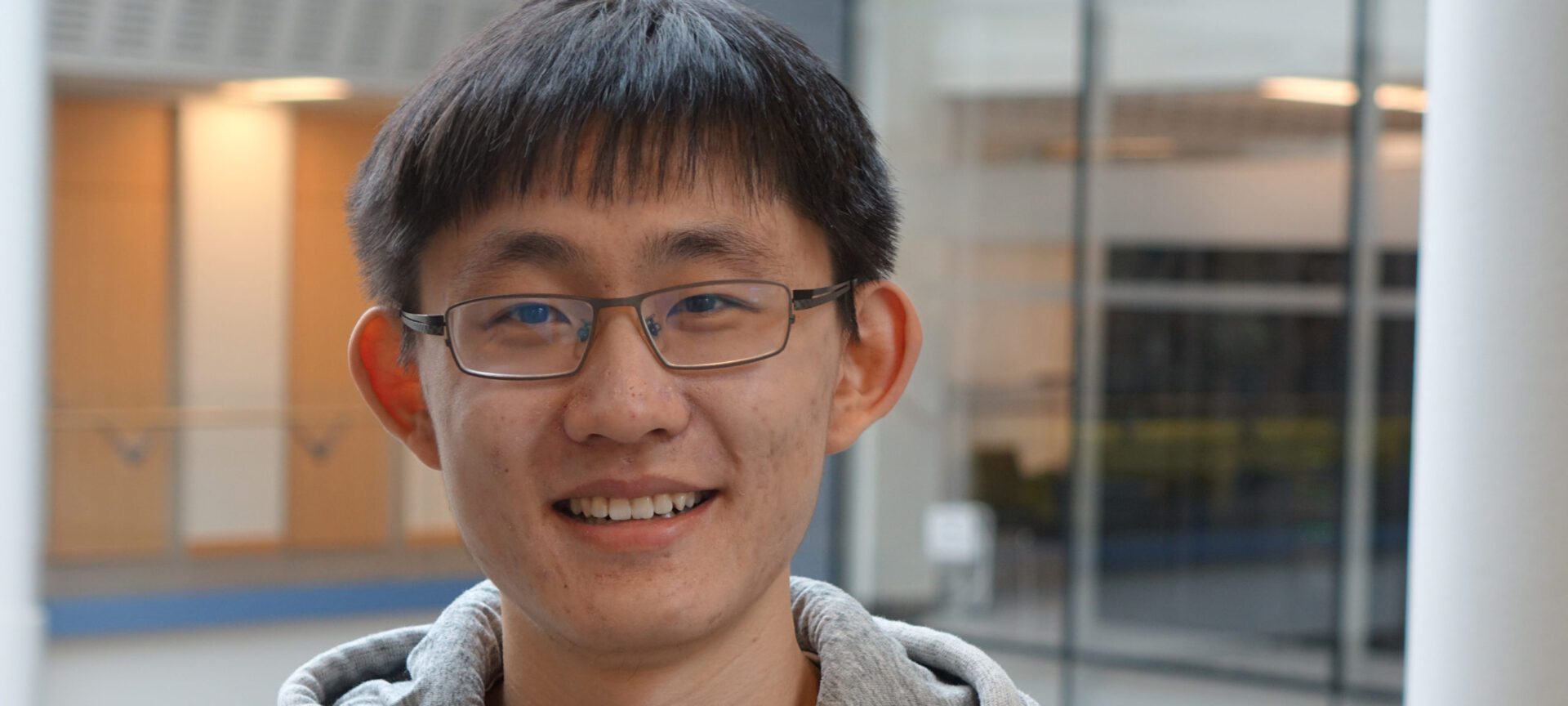
Zeyu Zheng selected for JP Morgan PhD Fellowship
His work on reinforcement learning is aimed at accelerating the training of RL agents.

Seven papers by CSE researchers presented at AAAI 2021
Twelve students and faculty co-authored papers spanning several key application areas for AI.
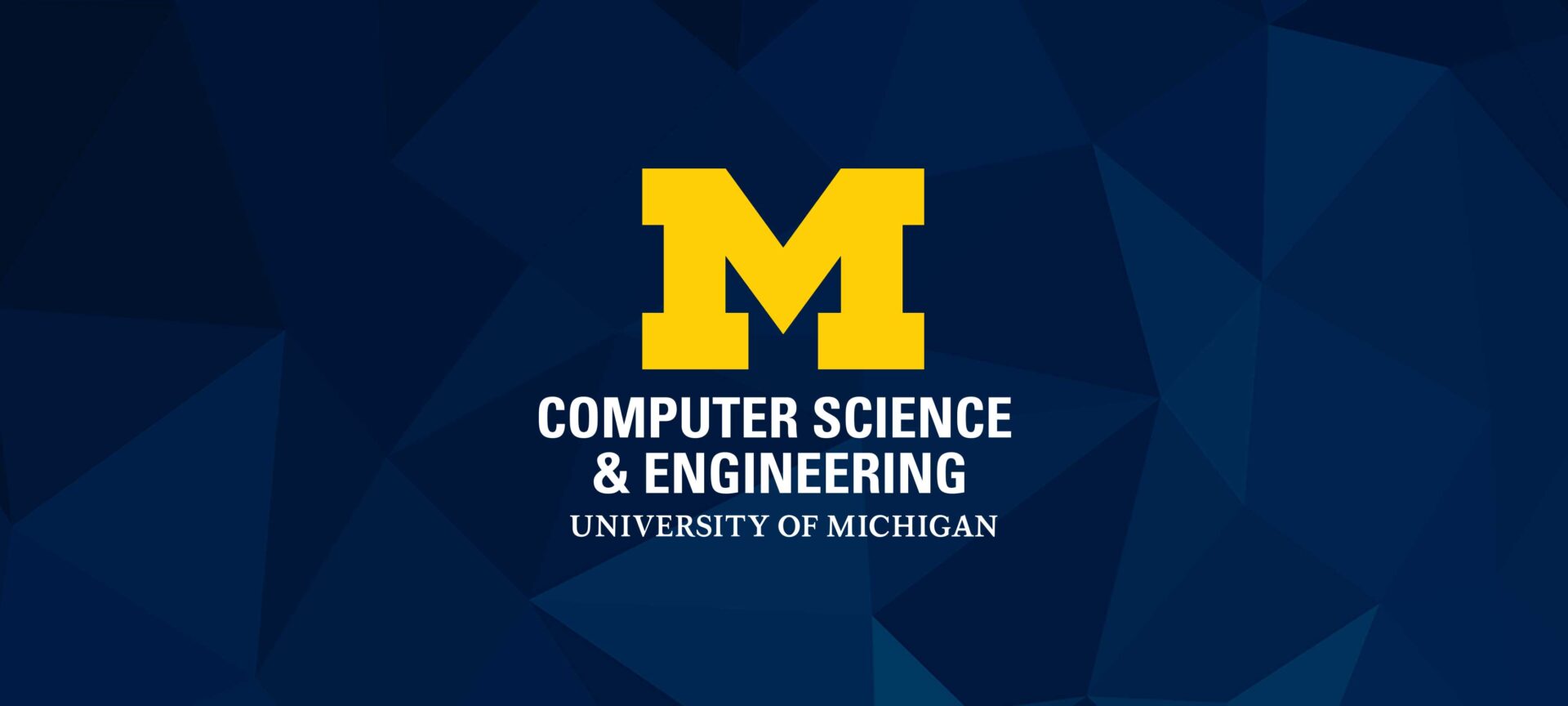
Qi Zhang selected as first recipient of David J. Kuck Dissertation Prize
His work is in the area of coordinating systems of autonomous agents that operate in uncertain, dynamic environments.

Lu Wang earns CAREER Award to summarize long text with machine learning
Wang hopes that, by summarizing longer documents, she can make a new class of information more accessible to a variety of audiences.
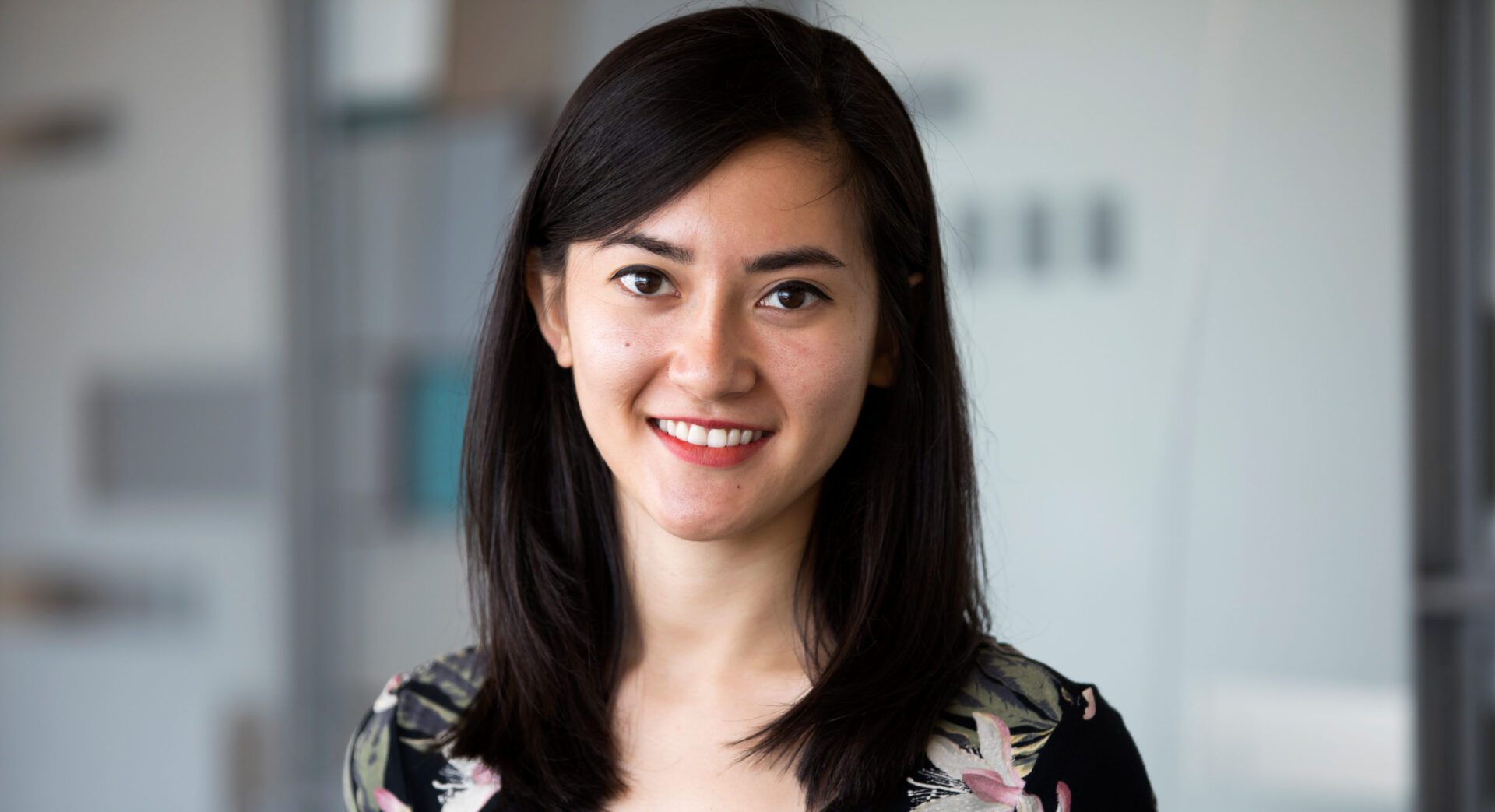
CSE doctoral student Tara Safavi receives Rackham Predoctoral Fellowship
The fellowship will advance her work in inferring relational world knowledge in machines with explicit and implicit representations.
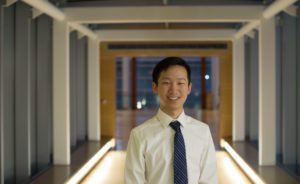
Zhizhuo Zhou selected for NSF Graduate Research Fellowship
Zhizhuo is interested in computer vision and its ability to make breakthroughs in interdisciplinary fields such as ecology and climatology.

Sky CH Wang selected for NSF Graduate Research Fellowship
Through his work in NLP and computational social science, Sky hopes to understand complex social interactions and contribute towards the democratization of technology.
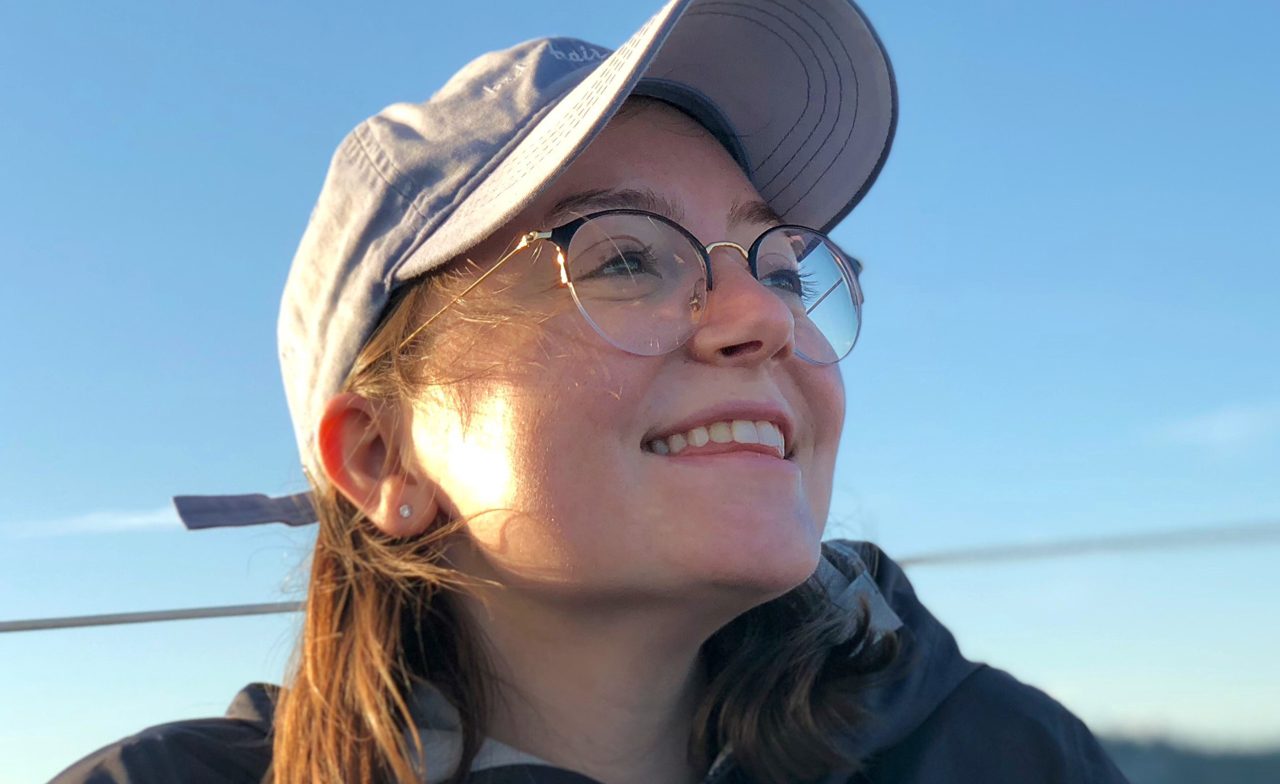
Jaylin Herskovitz selected for NSF Graduate Research Fellowship
Through her work in augmented reality, Jaylin hopes to improve the accessibility of emerging technologies for people with disabilities and expand access to computing.
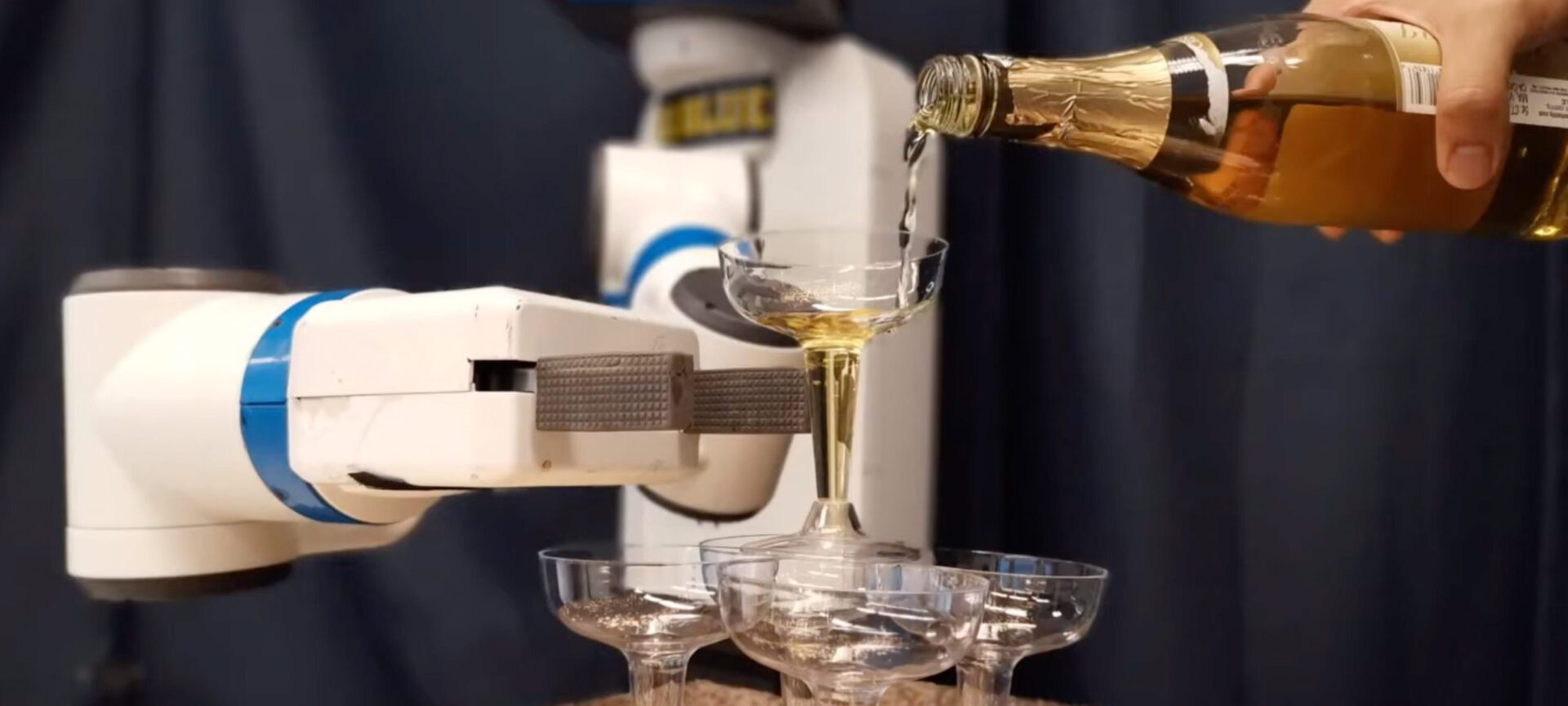
Best paper award for a robot that can see and move transparent objects
A new method enables robot arms to build a tower of champagne glasses.

Helping autonomous agents make smarter decisions in chaotic environments
A new algorithm gives autonomous agents the ability to take in batches of multiple instructions at once while responding dynamically to changes in their surroundings.
Generating 3D spaces from a single picture
New model PixelSynth creates an interactive experience given just a single image.
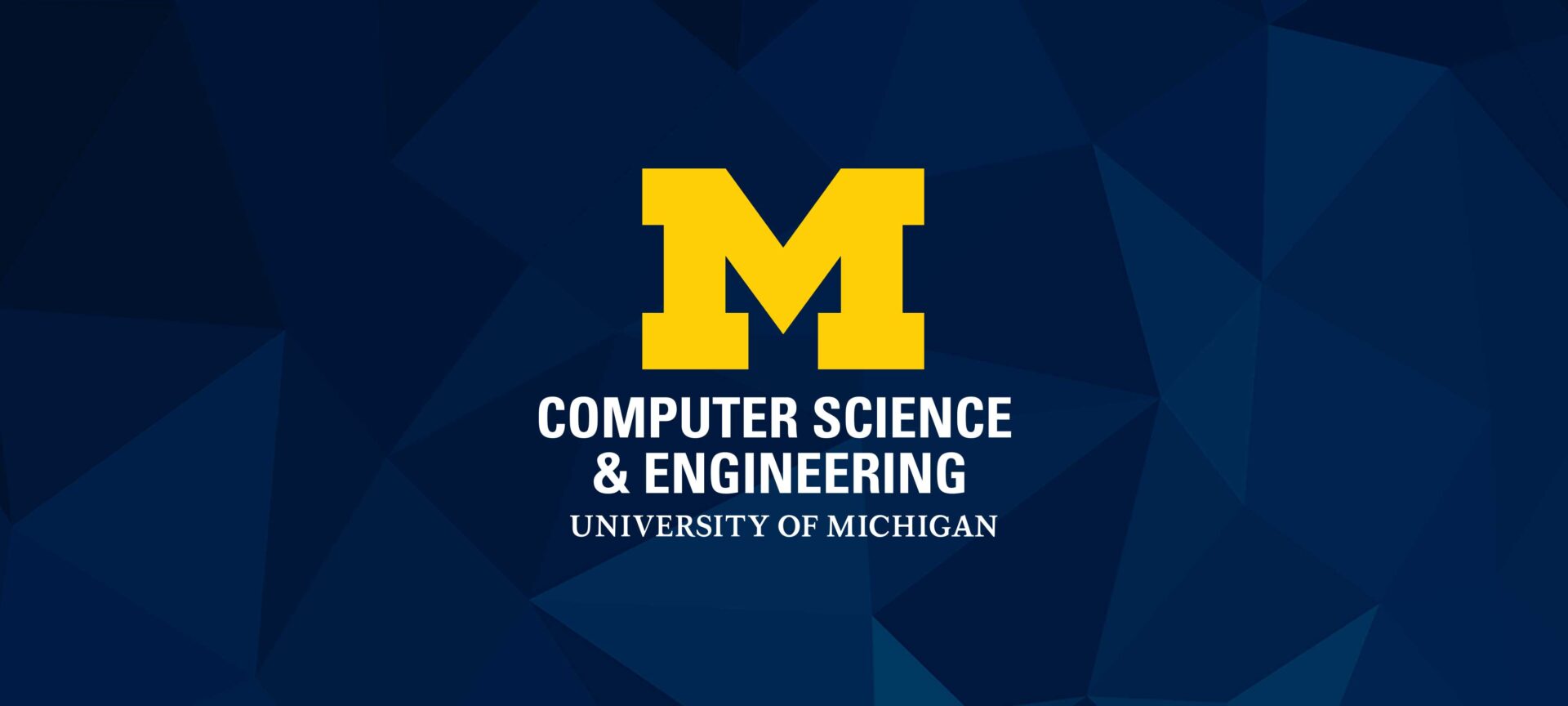
Joyce Chai named ACL Fellow for significant contributions to grounded natural language processing and the interaction between language processing and robotics
Prof. Chai has been recognized for significant contributions to grounded natural language processing and the interaction between language processing and robotics.
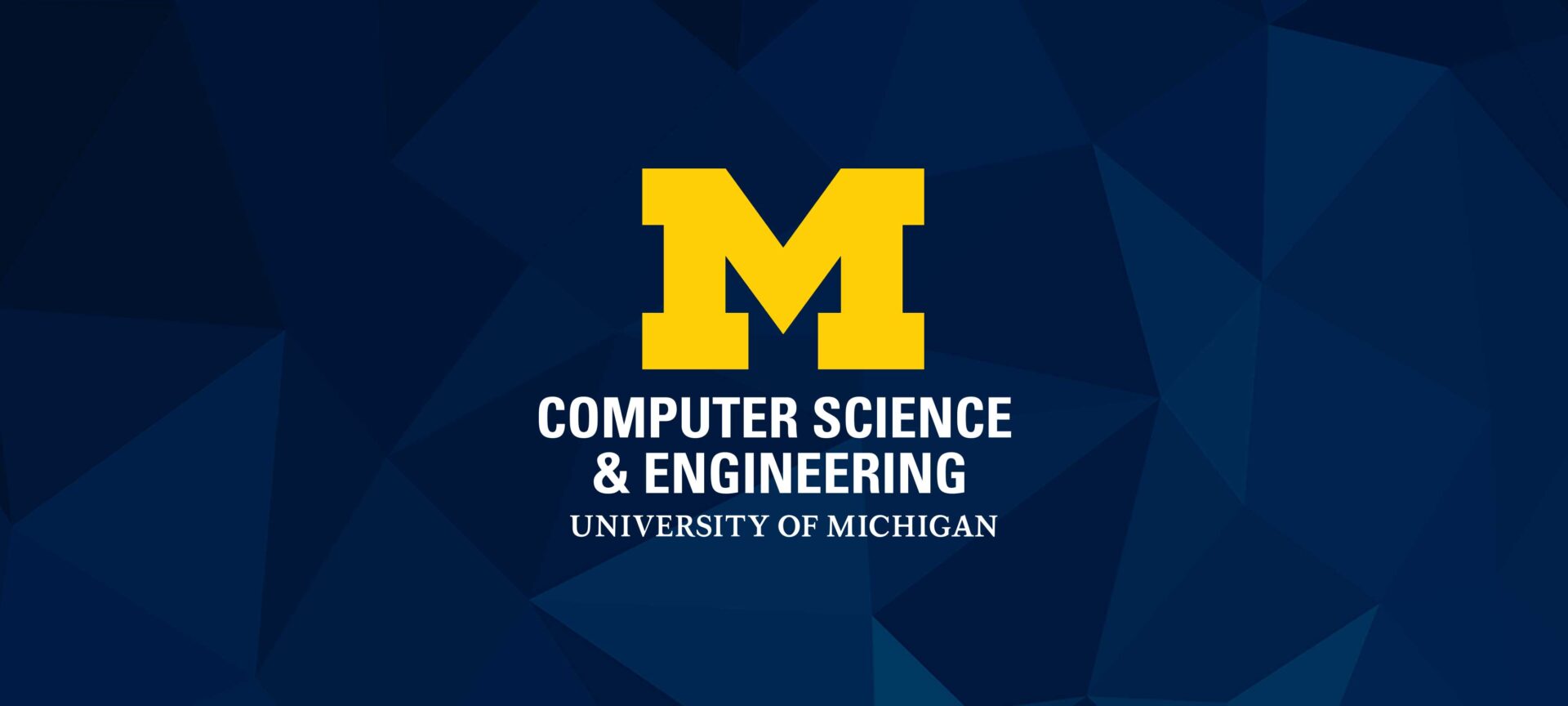
David Fouhey receives NSF CAREER Award for vision system to perceive the interactive world
His goal is to build AI systems that can recognize and understand a 3D and interactive world from a single image.
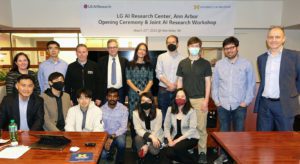
LG AI Research opens North American Artificial Intelligence Research Center in Ann Arbor with strong ties to U-M
The LG AI Research Center, and its partnership with U-M, represents a commitment by LG to become a leader in developing advanced AI technologies.
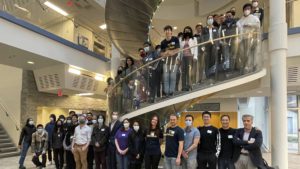
Natural Language Processing at Michigan Research Day
The meetup was intended to foster connections between researchers across campus with an interest in the development and application of NLP.

Prof. Xinyu Wang collaborates with UiPath to democratize automation
The two will collaborate on building new programming techniques that are accessible to non-experts and non-programmers.
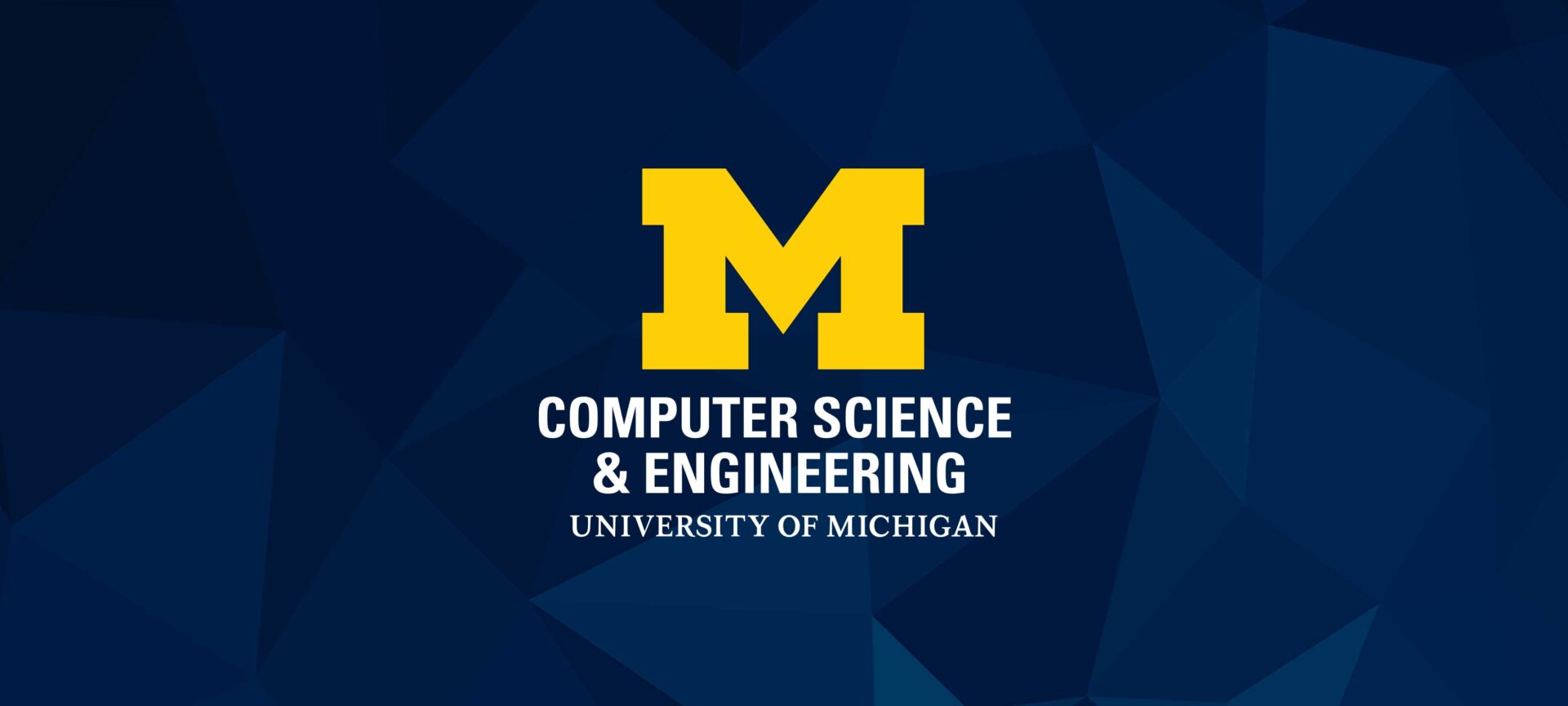
U-M team reaches next phase of Amazon Alexa Prize SimBot Challenge
Team SEAGULL, led by doctoral student Yichi Zhang and advised by Prof. Joyce Chai, strives to develop embodied AI agents capable of attending to users’ needs, following natural language instructions, collaborating, and continuously improving through interaction.

Six new projects funded by LG AI Research
The projects are a part of LG’s mission to advance AI such as Deep Reinforcement Learning, 3D Scene Understanding, and Reasoning with a Large-scale Language Model and Bias & Fairness related to AI ethics.

Decisive differences in healthcare AI
When decisions about your healthcare are informed by AI, bias in machine learning can have dire consequences. Ph.D. student Trenton Chang researches how inequities in healthcare delivery impact machine learning and AI.
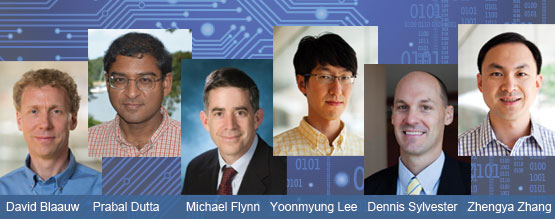
Leaders in ultra low power cicuits and systems presenting at VLSI Circuits Symposium
All of the research being presented focuses on getting the absolute best performance from the tiniest circuits, sensors, and electronic devices.
Seed-sized U-M computers pumped into oil wells featured at the Houston Museum of Natural Science
Millimeter-sized computers log the temperature and pressure from deep within oil wells.

Two ‘U’ researchers receive Distinguished University Innovator Award
The Michigan Daily profiles Professors David Blaauw and Dennis Sylvester, who are this year’s recipients of the 2019 Distinguished University Innovator Award.

David Blaauw named Kensall D. Wise Collegiate Professor of Electrical Engineering and Computer Science
Blaauw’s innovations in low-power computing led to development of the Michigan Micro Mote, the world’s smallest computer.
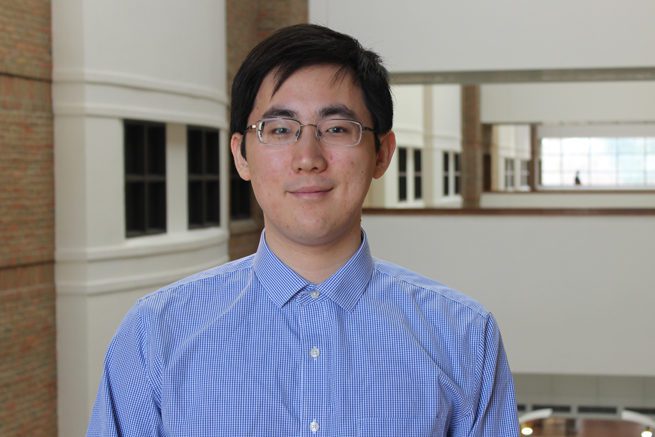
Xiang Yin earns Pre-Doc Fellowship for research in cyber-physical systems
Xiang’s research focuses on developing new methods to synthesize different control and sensing strategies in a discrete-event system.
Alfred O. Hero, III named John H. Holland Distinguished University Professor of EECS
Hero is honored for his extraordinary accomplishments that have brought distinction to himself, his students, and to the entire University.
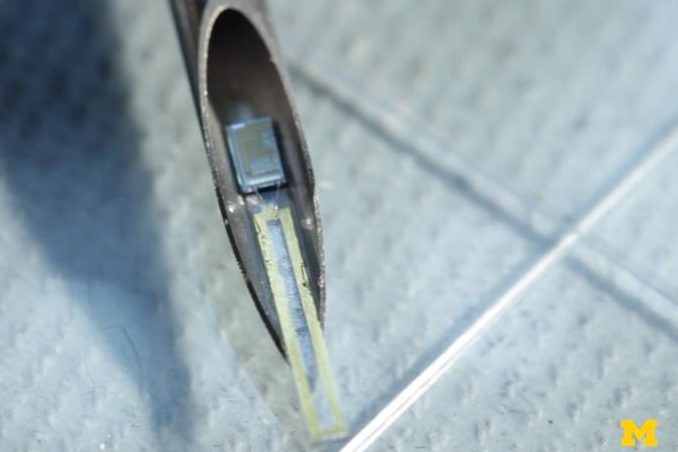
Injectable computers can broadcast from inside the body
This platform has enabled a variety of sensors that can fit inside the human body, made possible by several breakthroughs in ultra-low power computing.
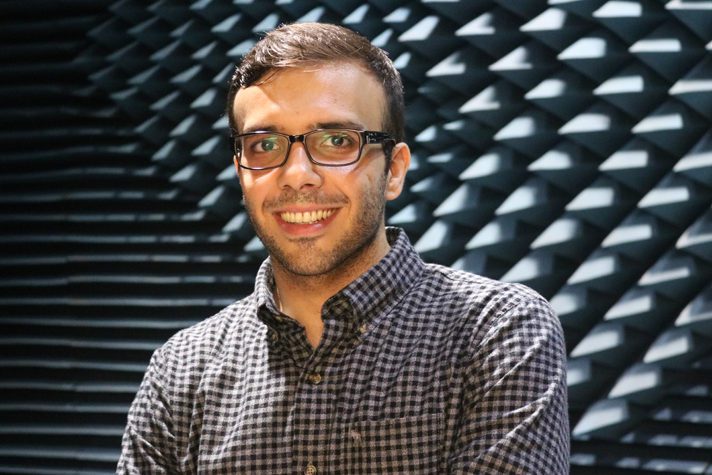
A new, low-cost way to monitor snow and ice thickness to evaluate environmental change
Mohammad has developed a new way to remotely measure the thickness of ice and snow with a technology he calls wideband autocorrelation radiometry (WiBAR).

Kamal Sarabandi elected Fellow of the American Association for the Advancement of Science
The AAAS seeks to advance science, engineering, and innovation throughout the world for the benefit of all people.
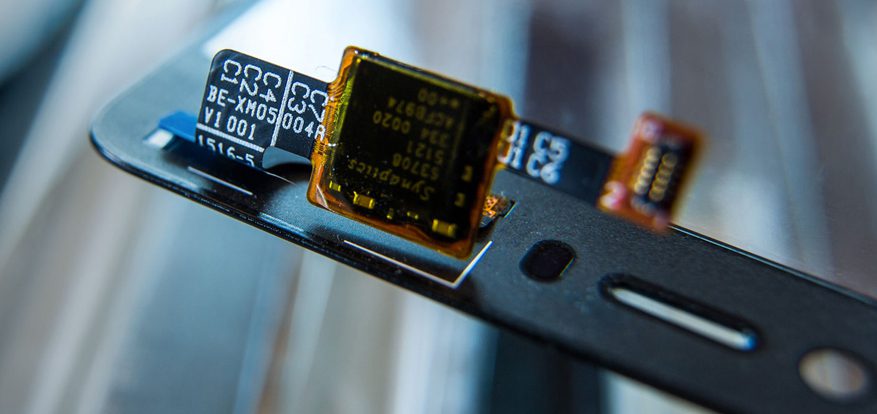
Rick Bergman, CEO of Synaptics – giving tech a sense of touch
ECE alum Rick Bergman, CEO of Synaptics, is working to make tomorrow’s technology user friendly, safe, and reliable. The company hopes to lead what they call “the human interface revolution.”

IGARSS Interactive Symposium Paper Award for modeling the world’s forests
The paper outlines a better way to quantify forest structure, which has been successful in two tree species.
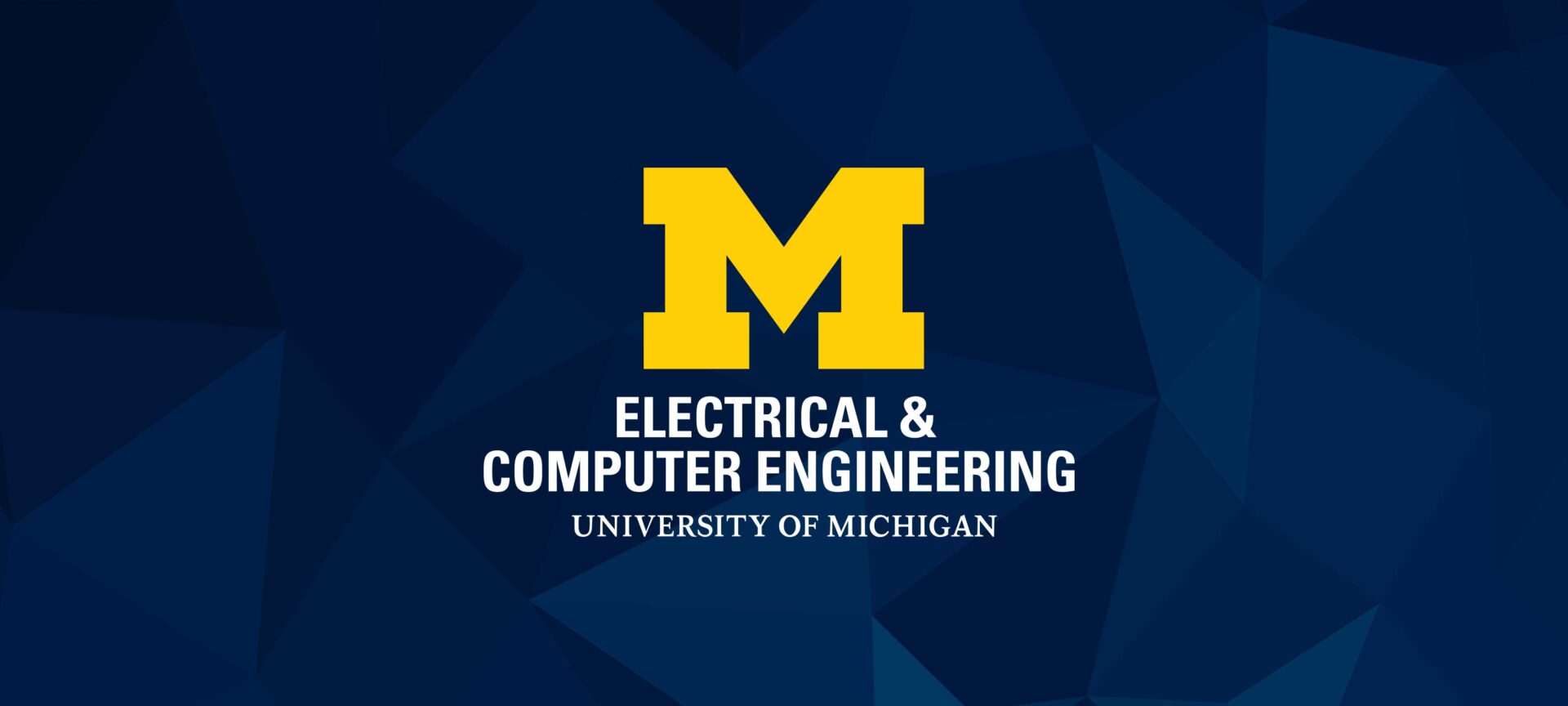
Student’s digital art makes the Cube even more interactive
Keenan Rebara hopes to add to the fun of spinning the Cube using his a bit of physics and sensors.

Solar cells enable self-powered camera
A solar cell combined with a camera sensor collects photons to provide electricity.
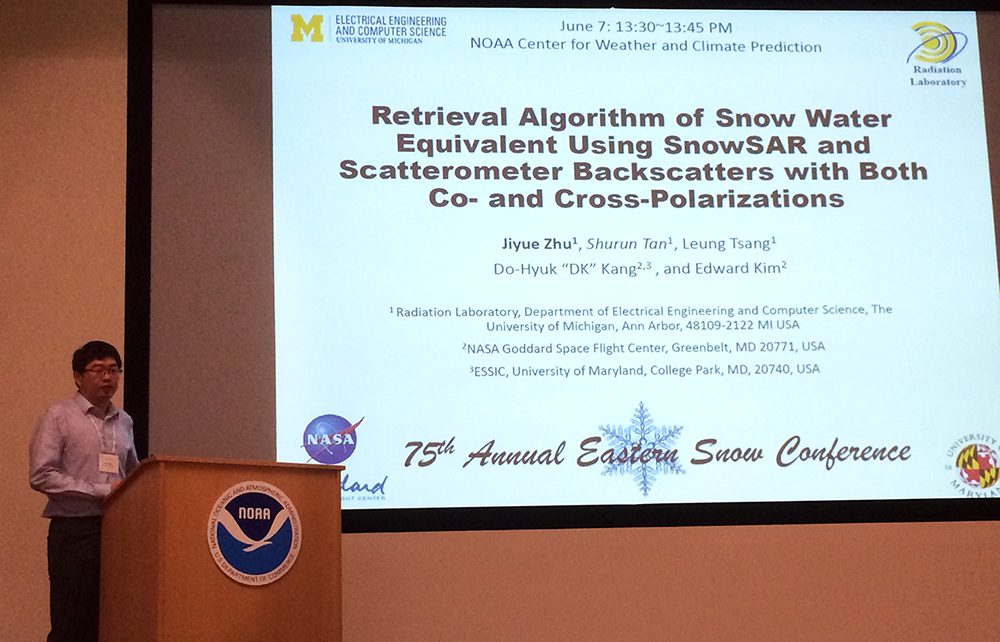
Jiyue Zhu awarded Wiesnet Medal for improved snow algorithms
An award-winning method will help us better understand how much snow is on the ground.

Laura Balzano receives ARO Young Investigator Award to improve high-dimensional big data problems
Applications include managing large networked systems, such as sensor networks, power grids, or computer networks.

Huanting Huang improves accuracy of remote sensing
Huang won the Best Student Paper Award at the IEEE International Conference on Computational Electromagnetics for her work developing better electromagnetic models that calculate microwave interactions with tree and vegetation cover.
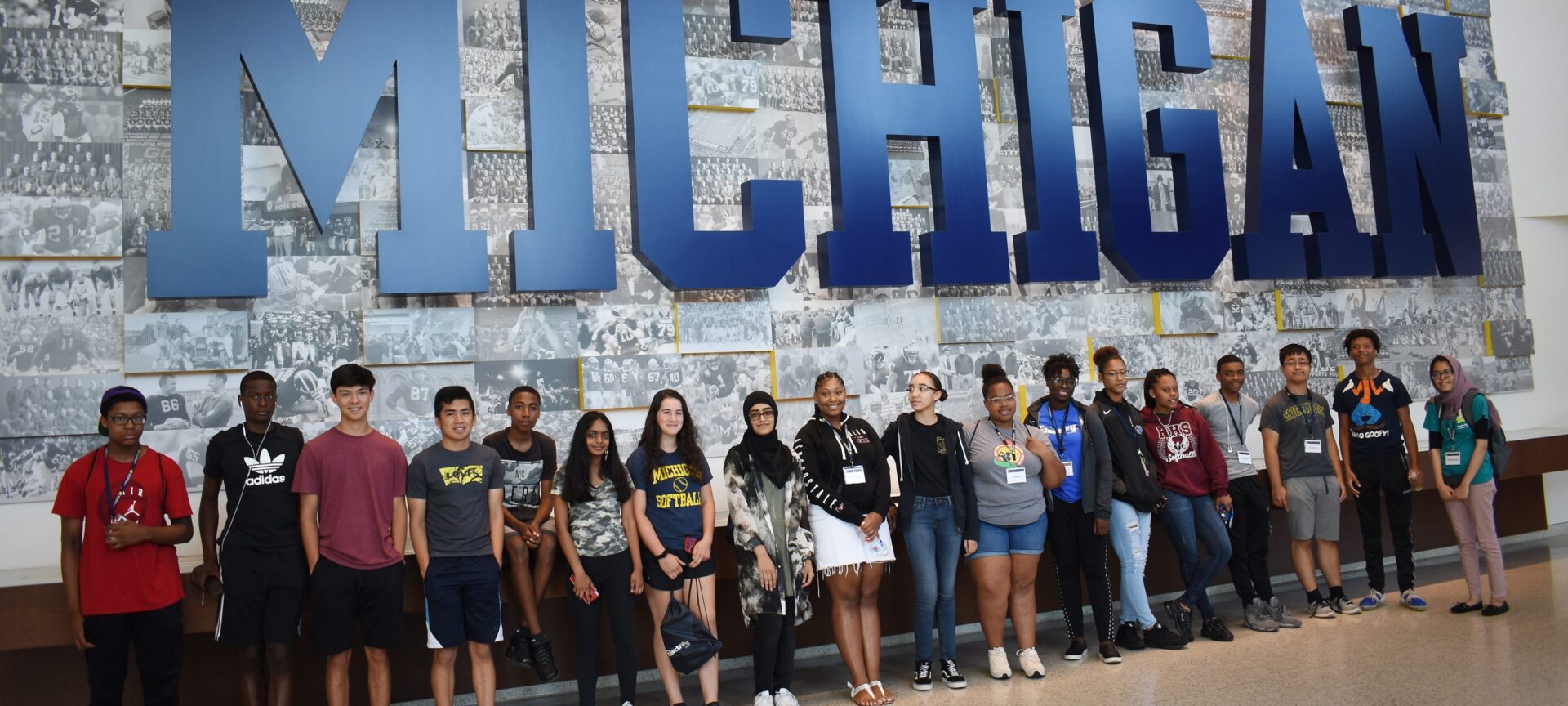
Electrify goes to Detroit
Electrify hosted its first Detroit Tech Camp at the Michigan Engineering Zone this summer to give Detroit-area students greater access to engage with science, technology, engineering, and mathematics.
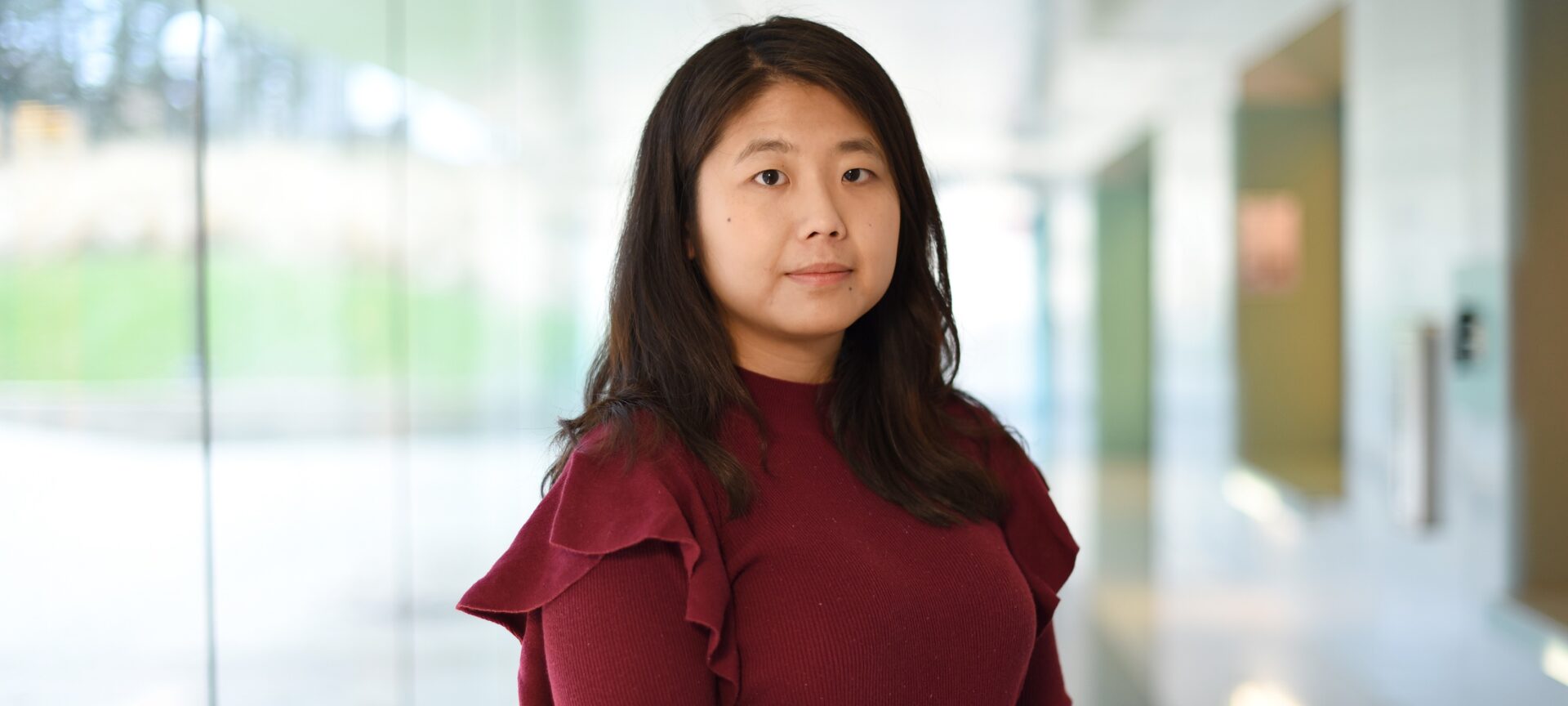
Zhanni Wu awarded Rackham Predoctoral Fellowship
Wu is working on advanced metasurfaces, which could help next-generation wireless communication, commercial and military radar systems, imaging, and antenna systems.
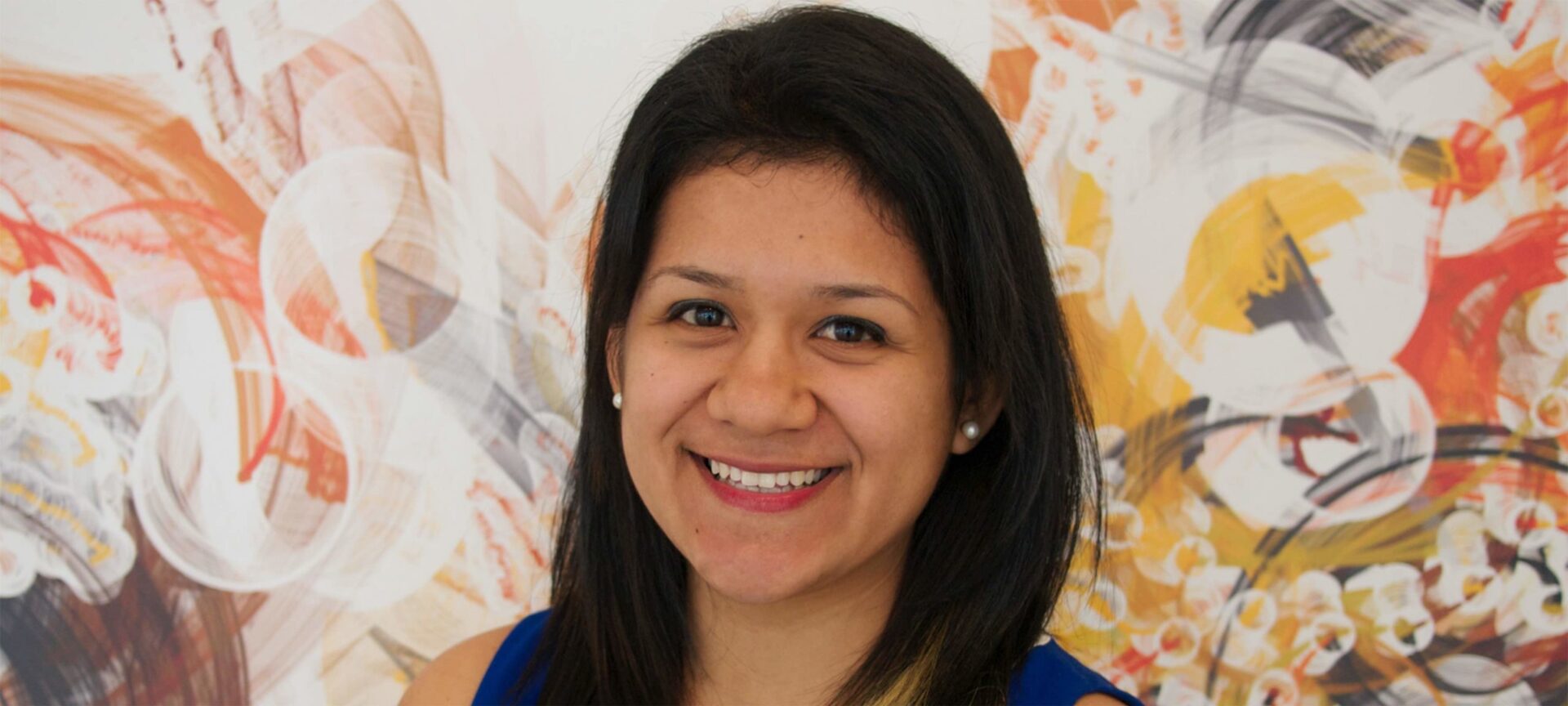
Ester Bentley receives NDSEG Fellowship to help the world navigate without GPS
PhD student Ester Bentley designs smaller, better 3D mechanical resonators for use in high-performance gyroscopes to help unmanned systems navigate when GPS signal is jammed or lost.
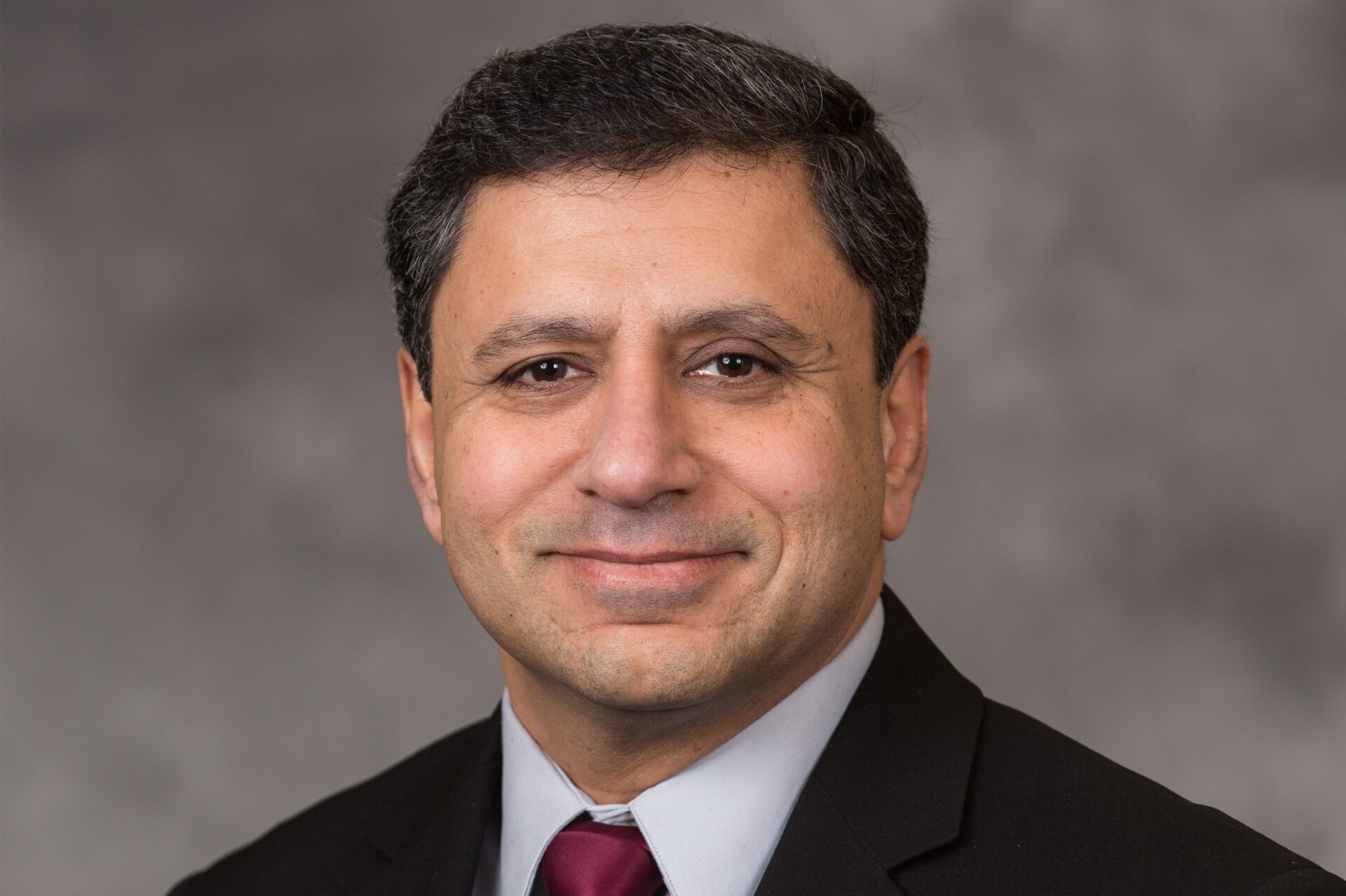
Autonomous well monitoring solution recognized with a Best Innovators award
The WAND wireless sensor developed in a collaboration between Total, an oil & gas company, and the University of Michigan is revolutionizing well monitoring

Fawwaz Ulaby retires after nearly four decades of championing students and excelling at research and leadership
Students say Ulaby, a member of the National Academy of Engineering and recipient of the Edison Medal, is one of the best professors – and people – they’ve ever known.

Three ECE students awarded Rackham fellowships
Cheng-Hsun Lu,
Shih-Chi Liao, and Jiale Zhang have been awarded the Rackham International Students Fellowship/Chia-Lun Lo Fellowship.
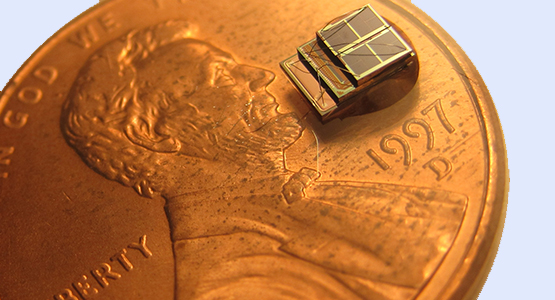
Millimeter-scale, energy-harvesting sensor system developed
The system could enable new biomedical implants as well as home-, building- and bridge-monitoring devices.
Paving the way for ubiquitous computing
Until now, ubiquitous computing has been hampered by the size of necessary batteries—but Ambiq Micro is changing that, with their energy-efficient micro-controllers.

Toward computers that fit on a pen tip: New technologies usher in the millimeter-scale computing era
U-M faculty have developed what is believed to be the first complete millimeter-scale computing system, with applications in radio communication and wireless sensing.
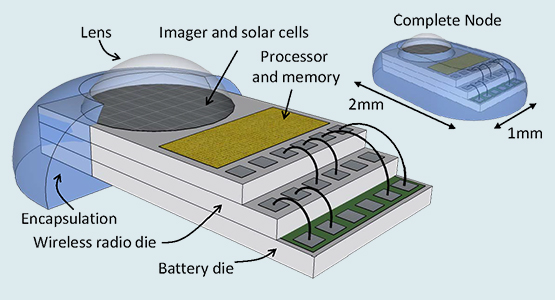
Making smart dust a reality
This research is expected to have a fundamental and long term impact on a diverse set of applications ranging from energy conservation to health care.
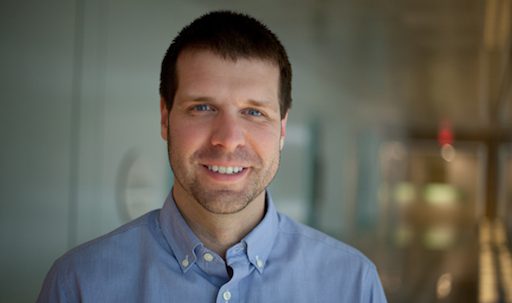
Making the Internet of Things happen
Wentzloff aims to remove the necessity of a power outlet or even a battery to power miniature sensors.
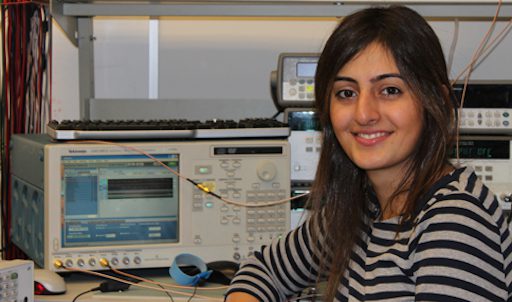
Avish Kosari receives Rackham International Student Fellowship
Avish is currently conducting research on ultra-low power radio technology and designing a low-power RF power amplifier.
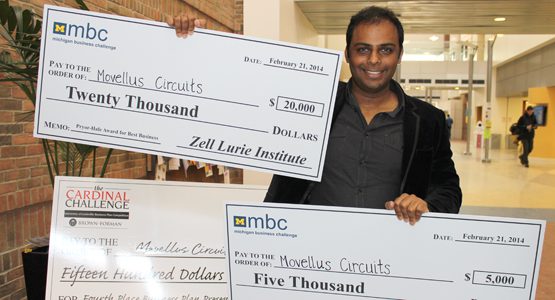
Muhammad Faisal wins business competition with technology critical to the Internet of Things
Movellus Circuits’ product is a patent-pending clock generator technology that is smaller, cheaper, and faster than existing solutions.
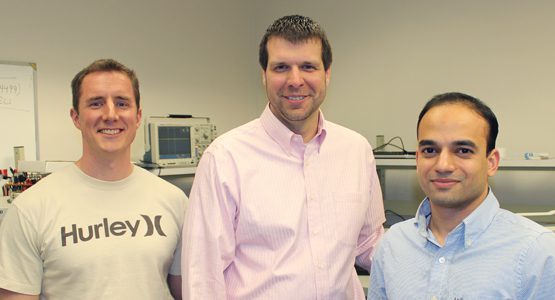
PsiKick startup attracts financing for its Internet of Things technology
The chips’ extreme energy efficiency enables them to be powered without a battery from harvested energy sources like vibration, thermal gradients, and more.
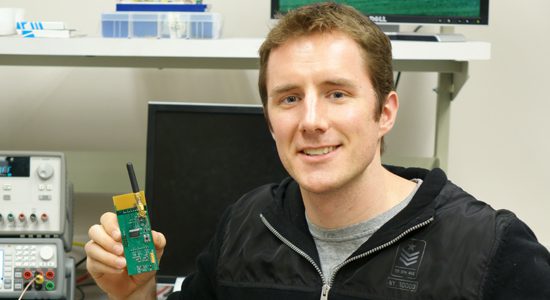
Student Spotlight: Nathan Roberts – Enabling the Internet of Things
Instead of a battery, the chip Nathan is engineering uses two solar cells that look like they belong on a calculator.
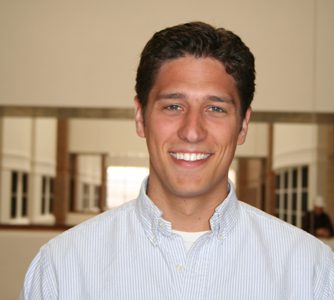
Scott Hanson receives 2014 Arbor Networks Ph.D. Research Impact Award
Dr. Hanson is the co-founder of a startup semiconductor company that plans to lead the low-power revolution in electronics by powering the Internet of Things.
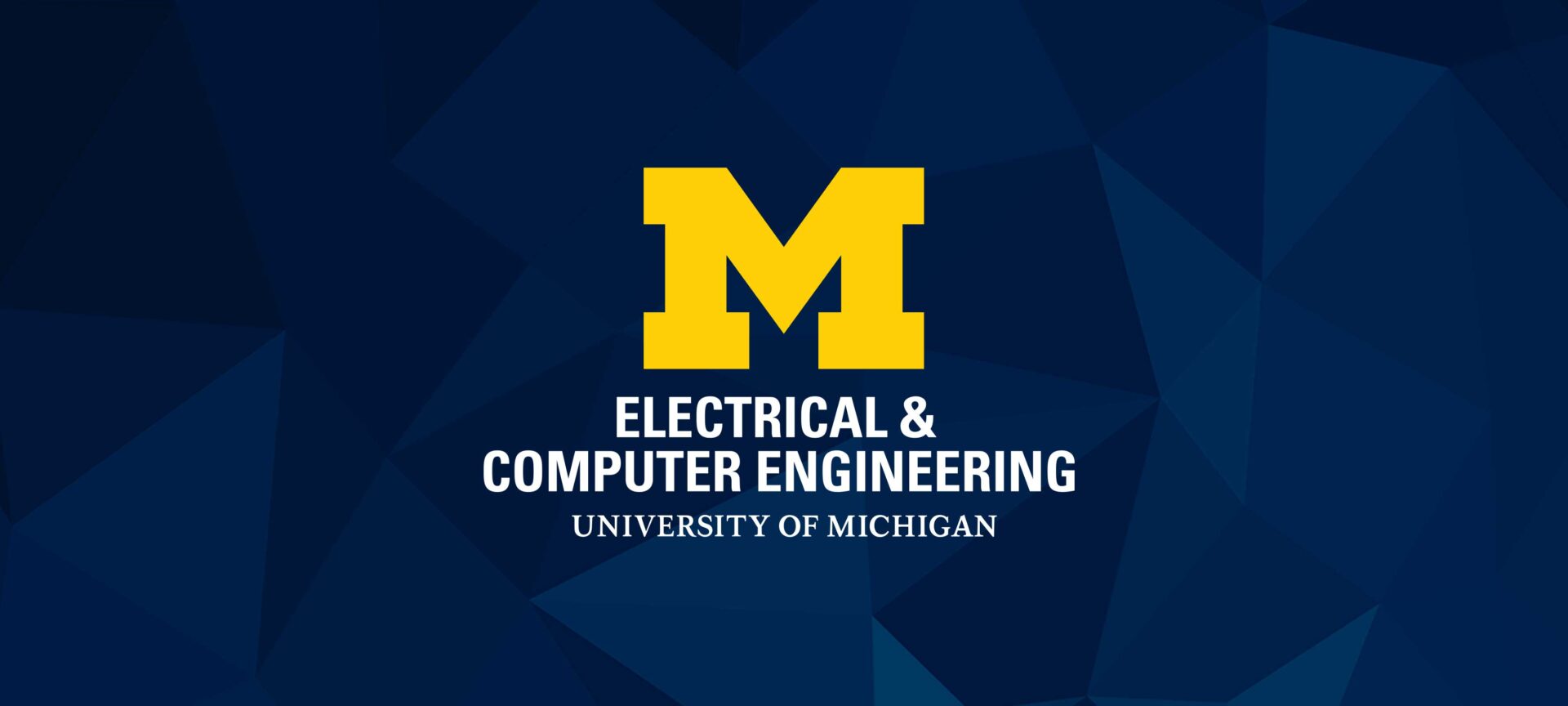
Nick Yang: Investing in the age of robotics
At the age of 24, Yang sold his company ChinaRen for $35 million.
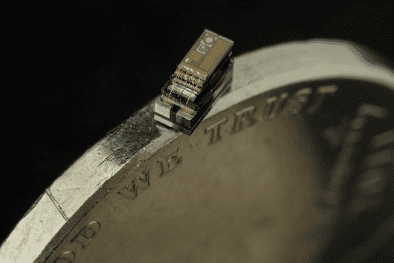
Michigan Micro Mote (M3) makes history as the world’s smallest computer
A brief history of what led to the technical feat known as the Michigan Micro Mote, a tiny speck of a computer that does it all.
Silicon valley entrepreneurs help bring WIMS2 technology to the world
Shahin and Sassan discussed everything from the acquisition trends of small vs. large companies to the importance of building a team with a range of expertise.
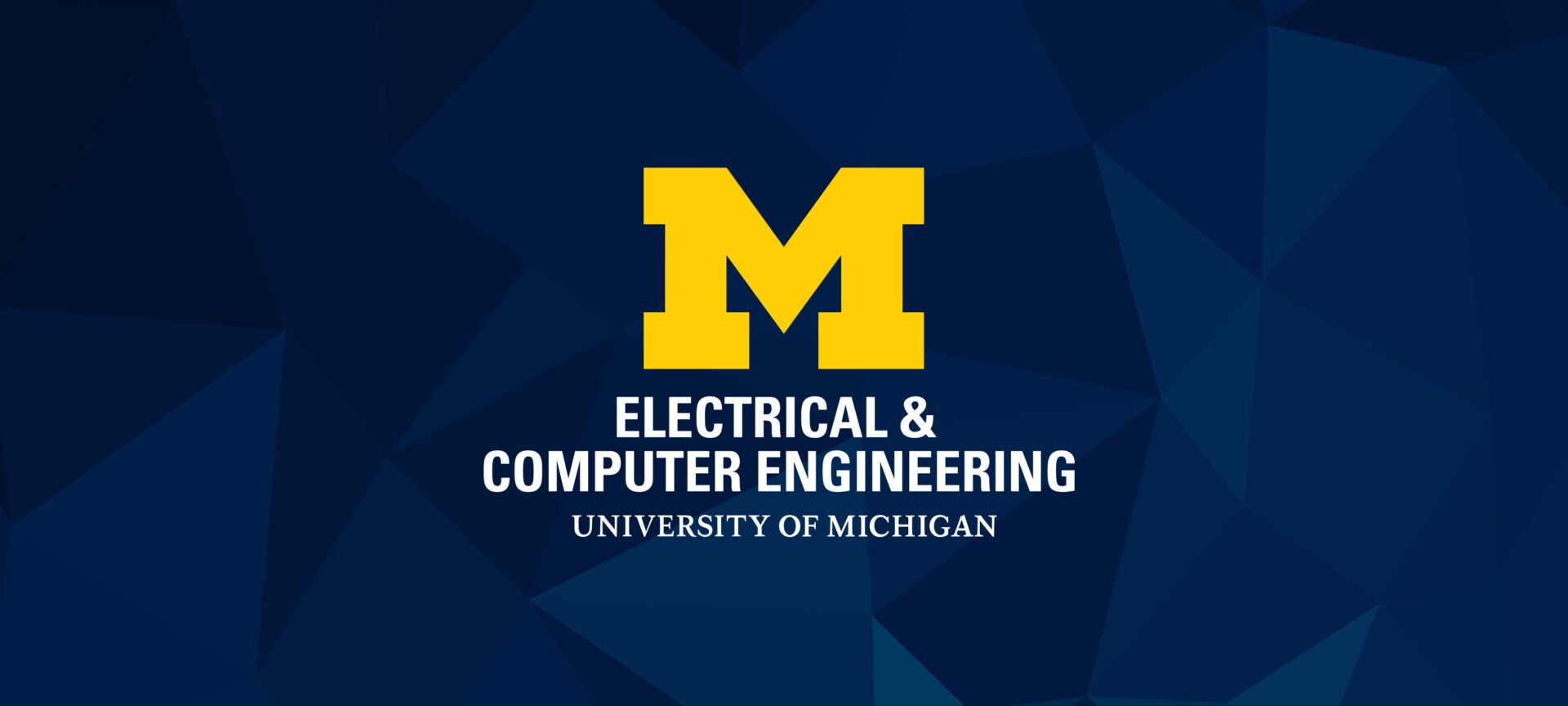
3 ECE companies make the Silicon 60 List – again!
Ambiq Micro, Crossbar, Inc., and PsiKick, are leading the way in ultra-low power chip design, pioneering computer memory, and ultra-low power wireless sensor platforms.
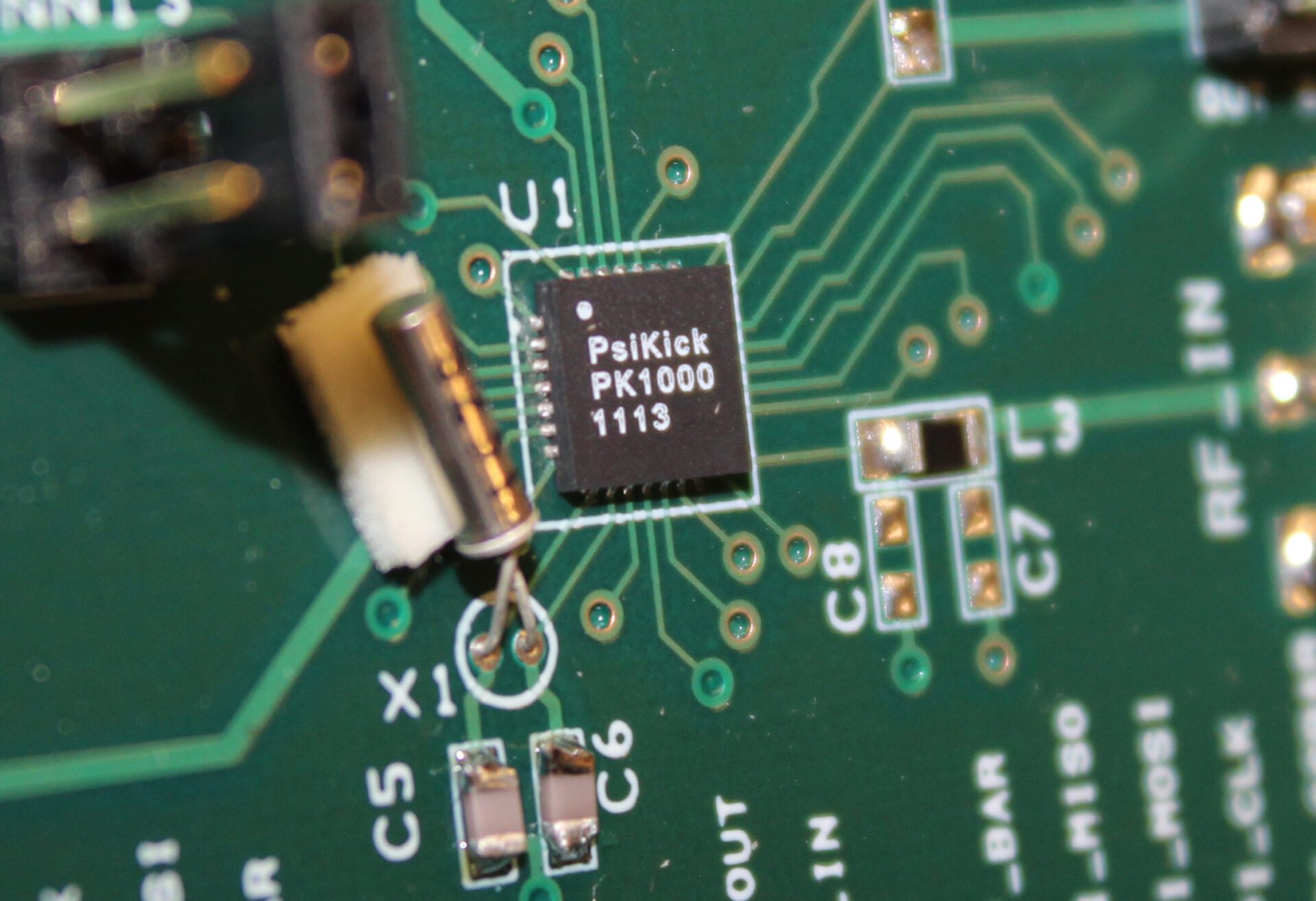
Googling the physical world
IoT applications are the next wave of computing and the next driving force of the semiconductor industry. The startup PsiKick [now Everactive] is helping shape this future.
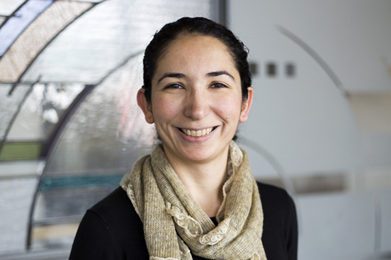
Necmiye Ozay receives CAREER award for research in cyber-physical systems
Cyber-physical systems are smart, networked systems with embedded sensors, processors, and actuators that are designed to interact with the physical world.
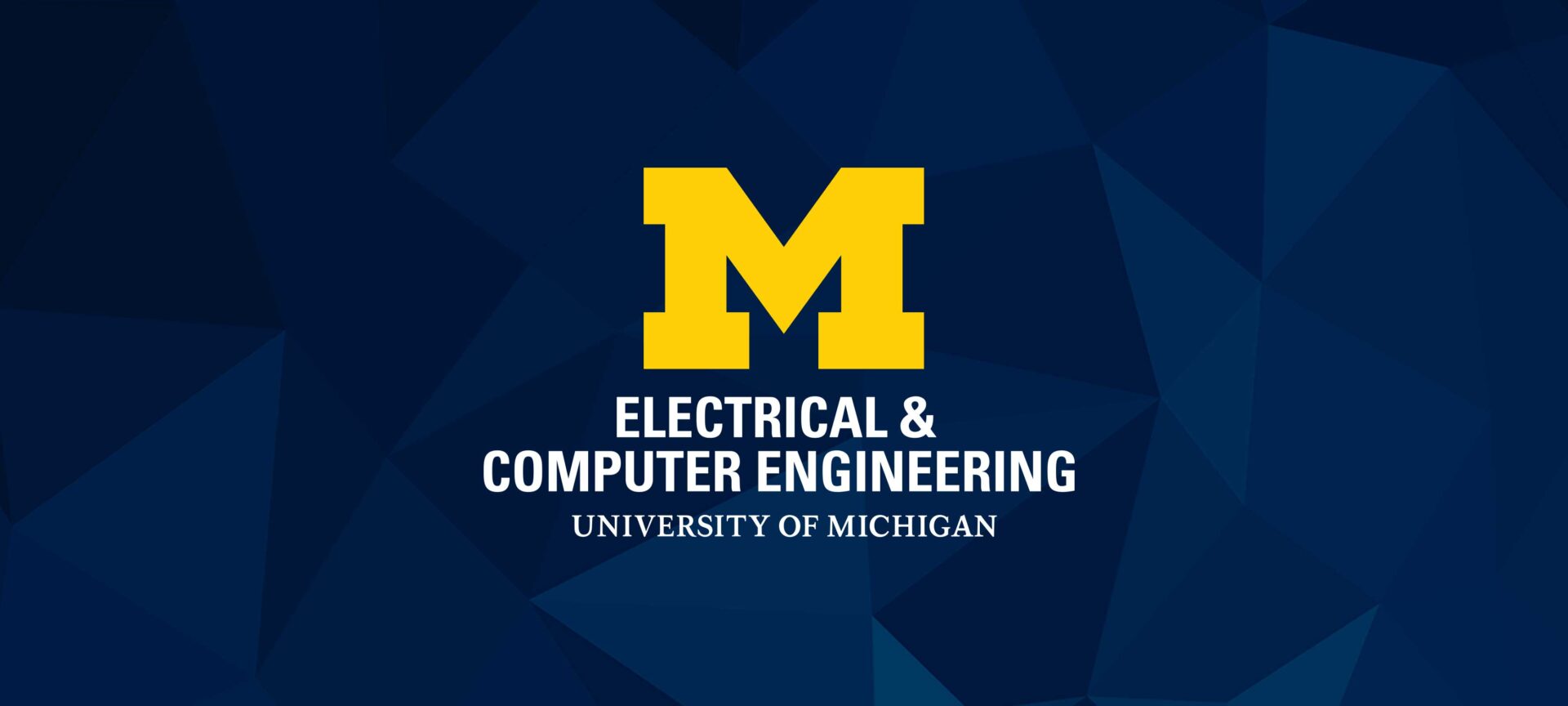
MBus is the missing interconnect for millimeter-scale systems
The M3 is a fully autonomous computing system that acts as a smart sensing system.
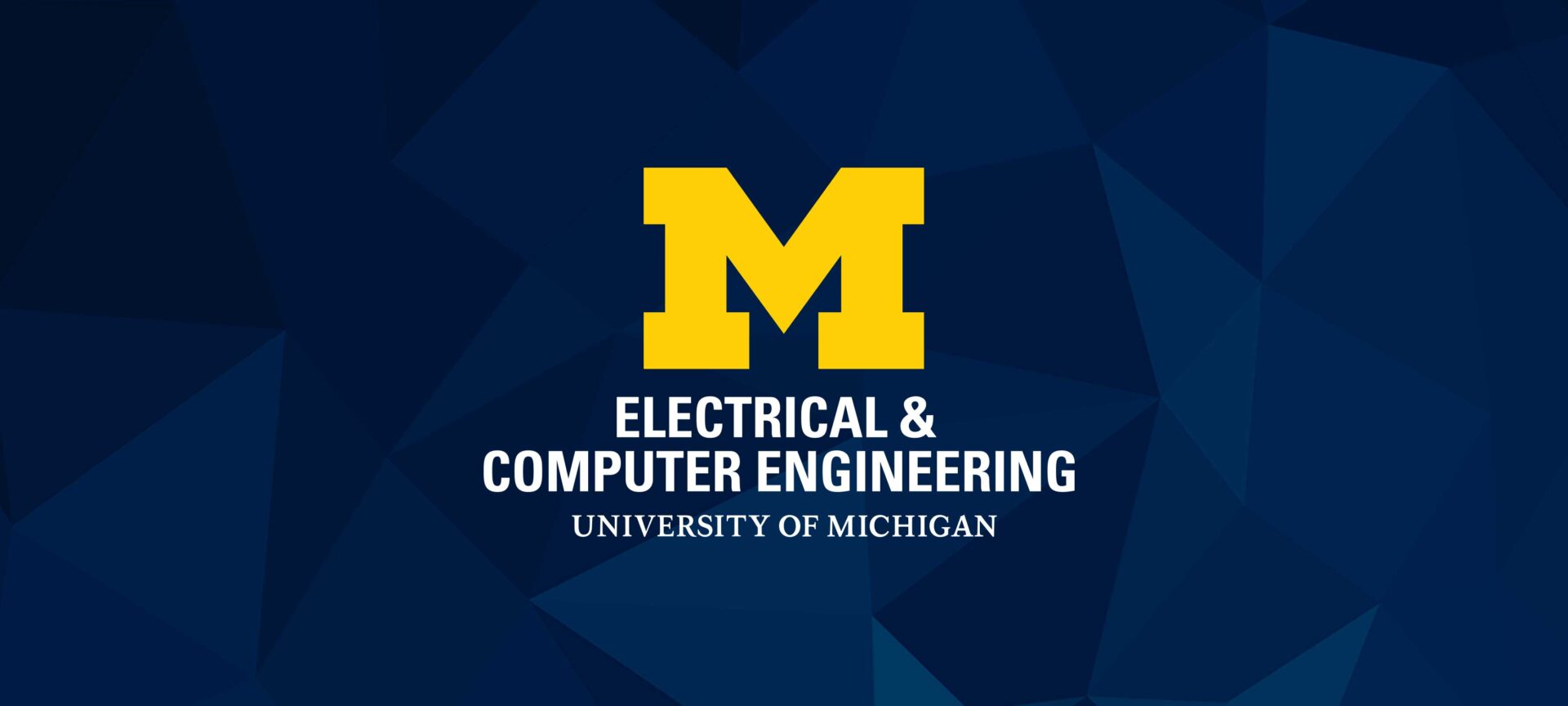
Avish Kosari selected as Barbour Scholar for Research in low-power devices for the Internet of Things
Avish conducts research on ultra-low power and battery-less integrated circuits.
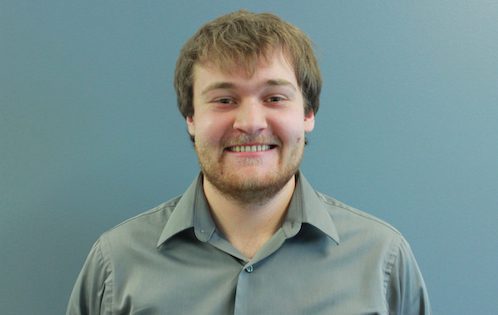
Joshua Adkins Selected for NSF Graduate Research Fellowship
Adkins plans to continue his graduate studies in electrical engineering and computer science at the University of California Berkeley.
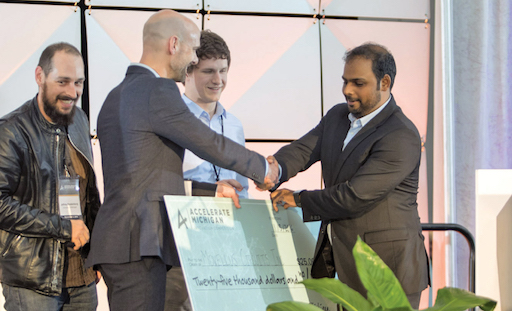
Alum startup wins $25,000 at Accelerate Michigan Competition
Movellus Circuits won $25,000 in the University Research Highlight and People’s Choice categories
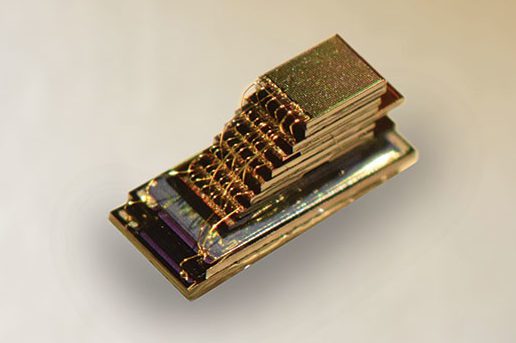
Michigan’s millimeter-scale computers featured at ISSCC2017, and in IEEE Spectrum
Professors Blaauw and Sylvester showcase capabilities of tiny computing
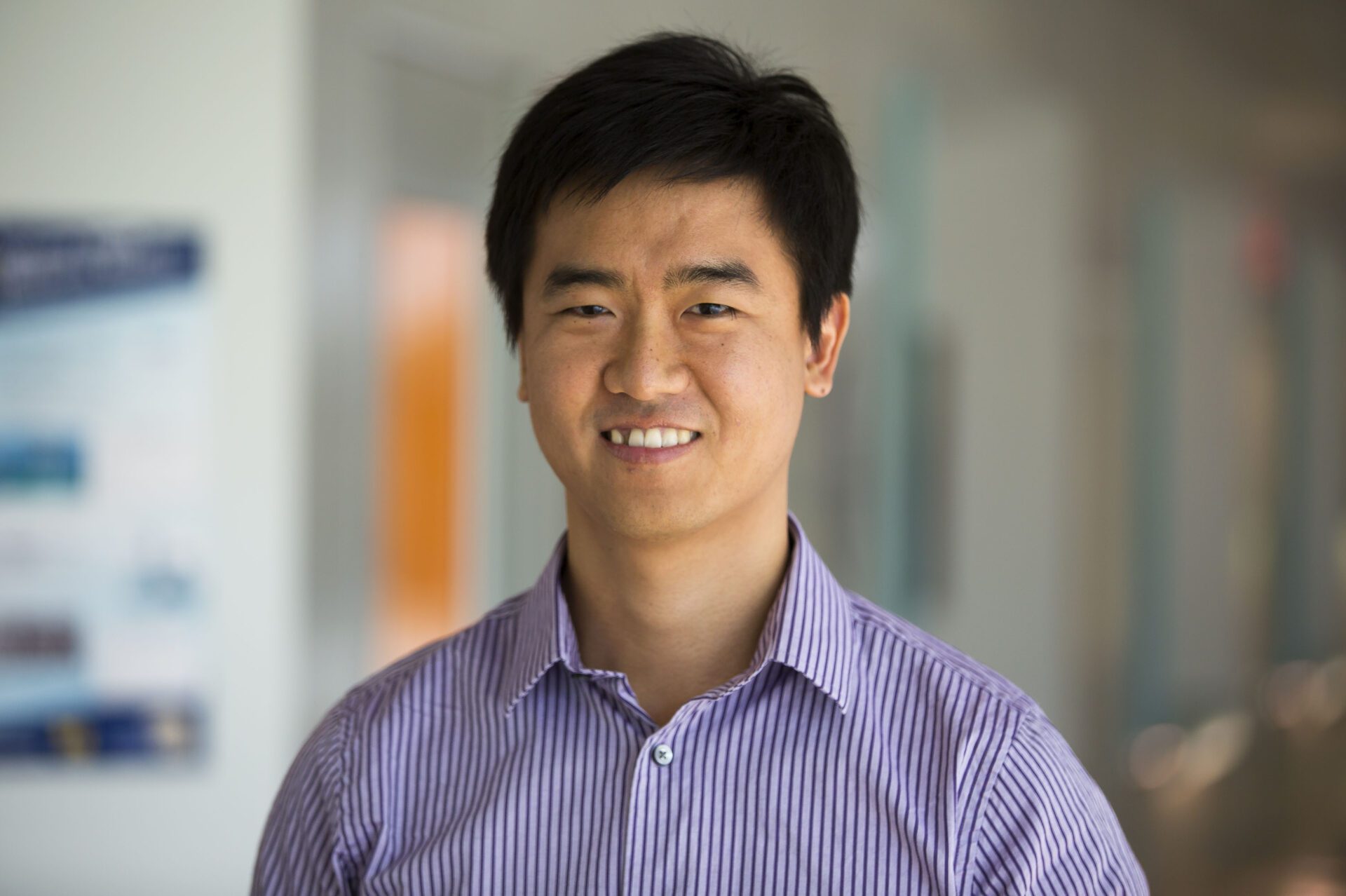
Hun-Seok Kim receives DARPA Young Faculty Award to advance research in IoT networks
Kim’s research is expected to impact the future design and wireless operation of the next generation of Internet of Things (IoT) devices

The new law that will guide the future of information processing
The law of small numbers could impact the next generation of tools that deal with data.
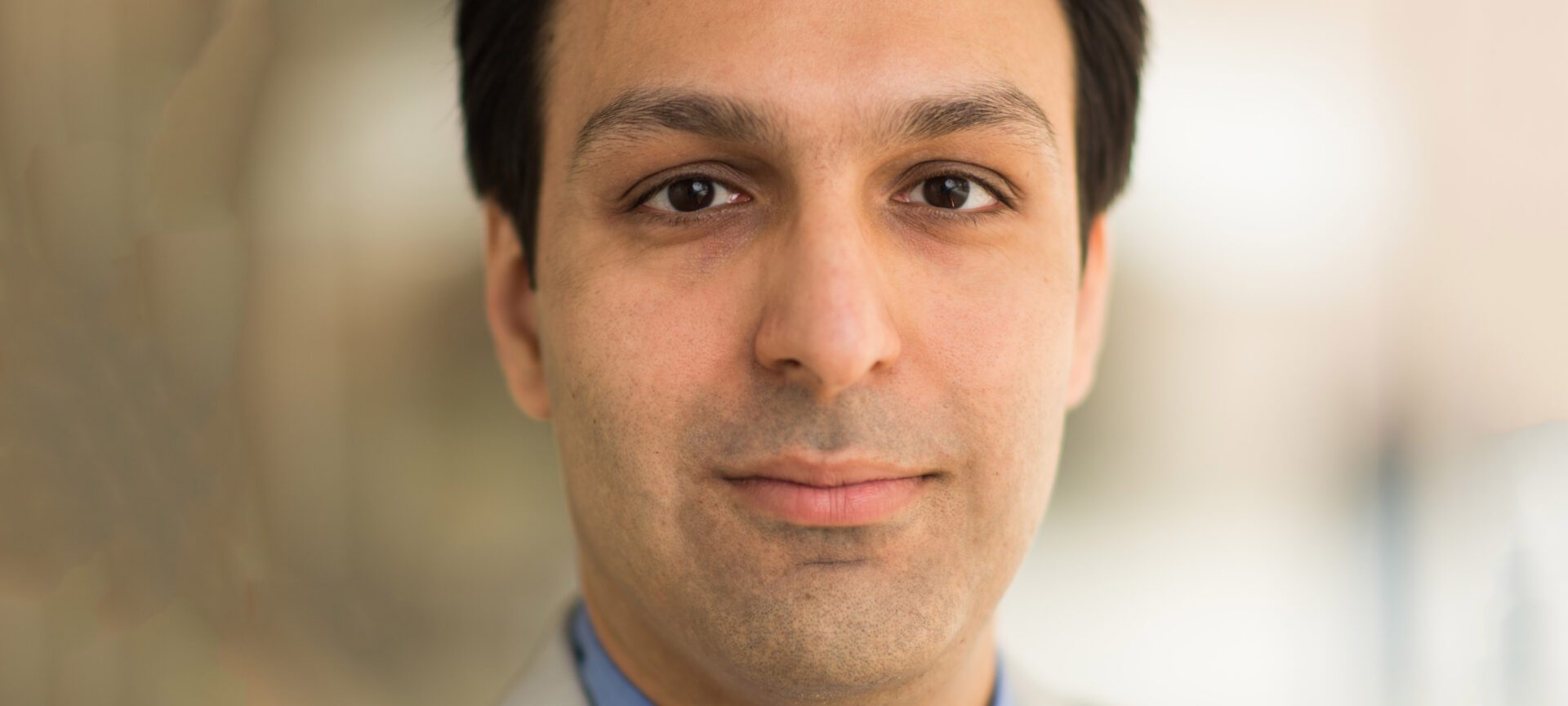
Conducting an orchestra of sensor nodes
Keeping time in the Internet of Things with frequency scaling
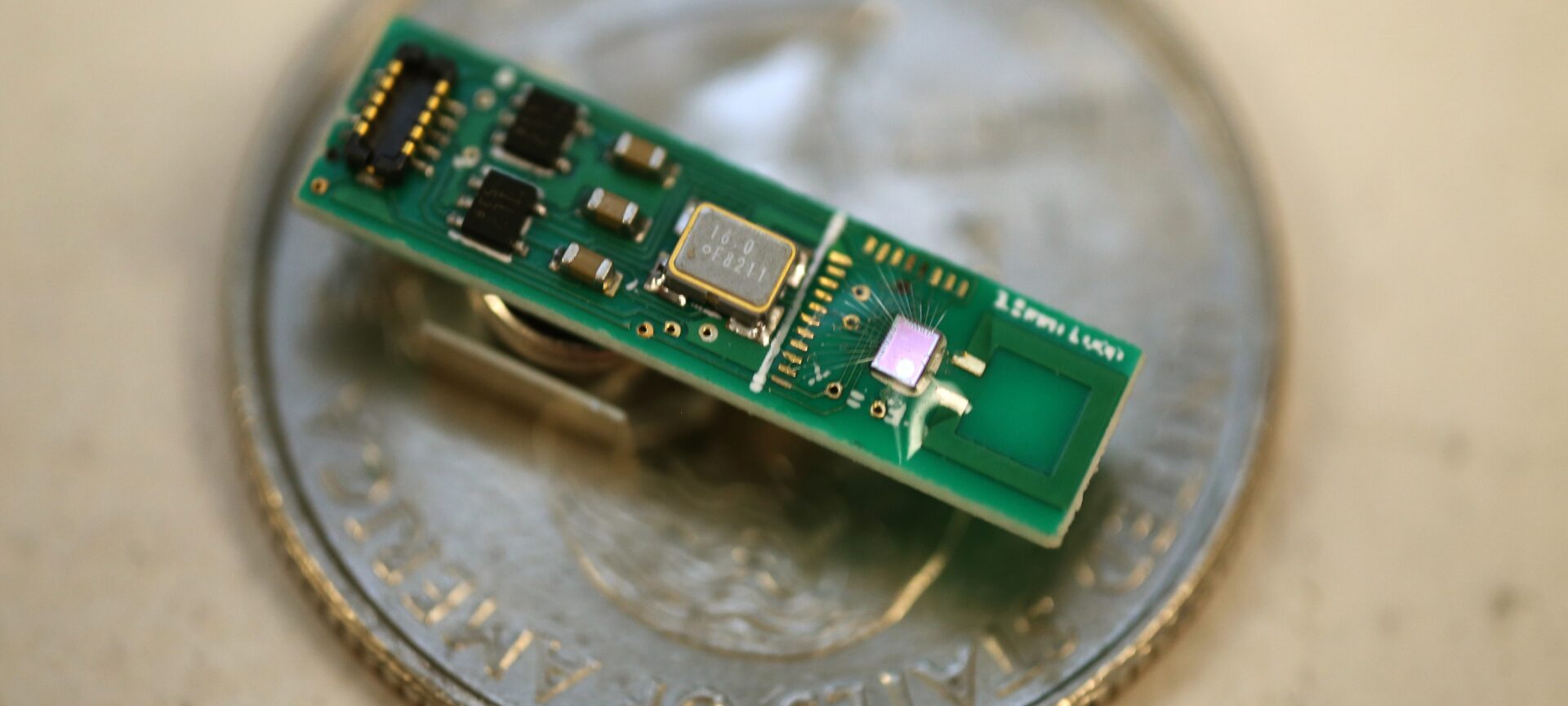
Communicating with the world’s smallest computers
Researchers built the first millimeter-scale transmitter and antenna that can talk Bluetooth Low Energy with ease.
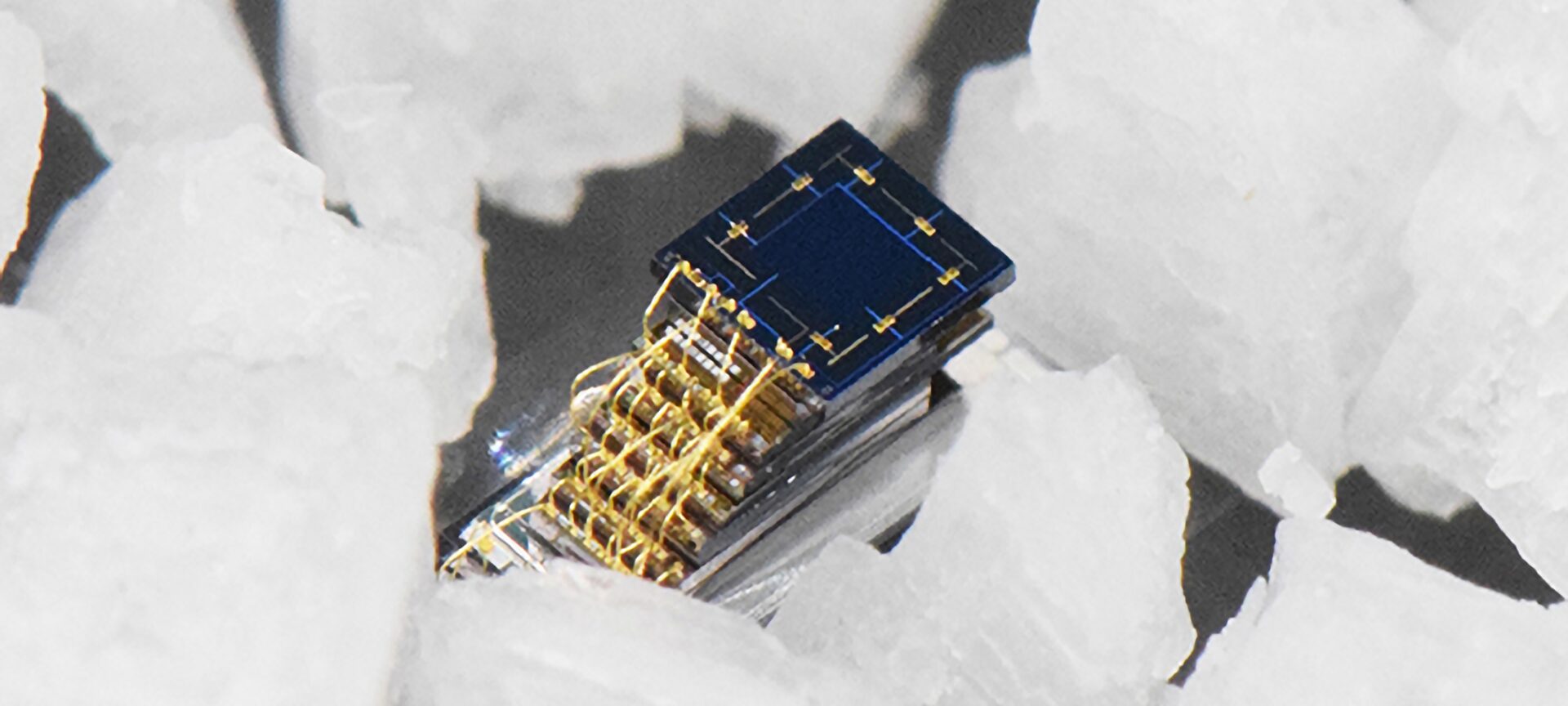
A high-efficiency GaAs solar cell to power the Internet of Tiny Things
The Michigan Micro Mote gets a new gallium arsenide solar cell for added power and adaptability.
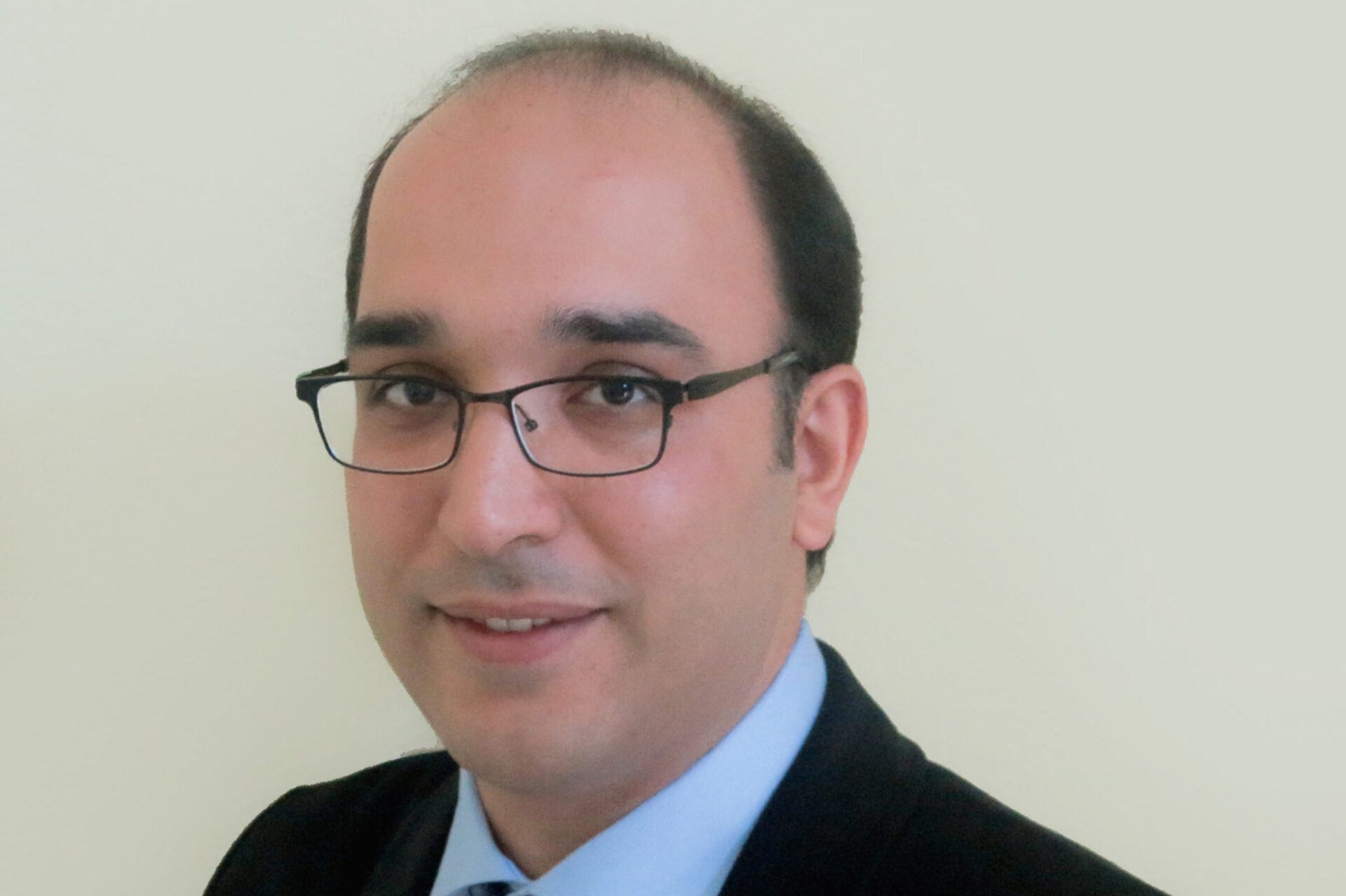
Channel Coding for Next Generation 5G and Beyond
With the help of two NSF awards totaling $1.7m, Prof. Hessam Mahdavifar is tackling new problems to improve the reliability of communication systems for 5G and beyond.

“Ultra low-power receivers for IoT applications” wins Outstanding Invited Paper
Prof. David Wentzloff’s paper examining the trends and techniques to achieve ultra-low power receivers was honored by the IEEE Custom Integrated Circuits Conference
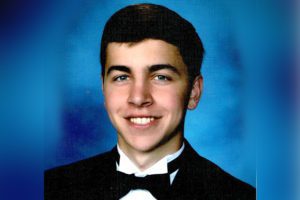
Thomas Ryan awarded SMART Scholarship to support his studies on defense technologies
Ryan is an electrical engineering undergrad interested in military systems and devices.
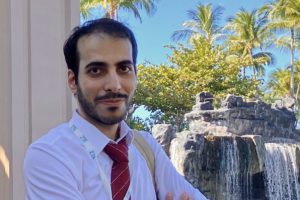
Designing large neural codes for the next generation of communication systems
PhD candidate Mohammad Vahid Jamali won a Best Paper award at IEEE ICC for his work on Product AutoEncoders, which could help shape future generations of wireless networks, IoT, and autonomous systems.
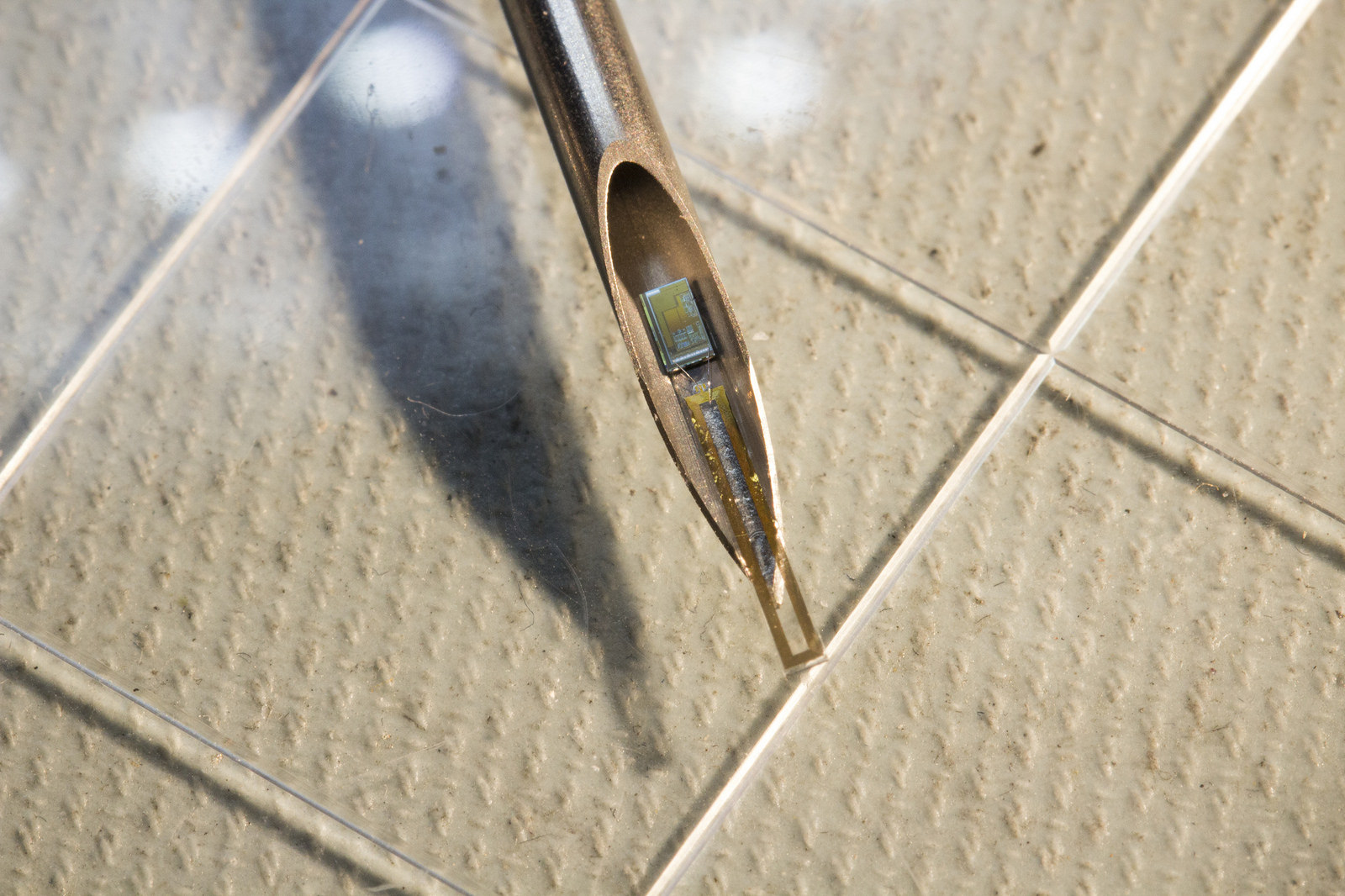
Injectable computers
With a radio specifically designed to communicate through tissue, researchers from the Electrical and Computer Engineering are adding another level to a computer platform small enough to fit inside a medical grade syringe.
The Michigan Probe: Changing the Course of Brain Research
Some believed early Michigan brain researchers were engaging in “science fiction” – until development of an advanced tool for forging breakthroughs proved them wrong.
The post The Michigan Probe: Changing the Course of Brain Research appeared first on Michigan Engineering News.

Sensors from head to toe – Todd Coleman makes measuring health simpler
Prof. Todd Coleman’s group is tackling the challenging problem of getting high-fidelity monitoring to work affordably at home.
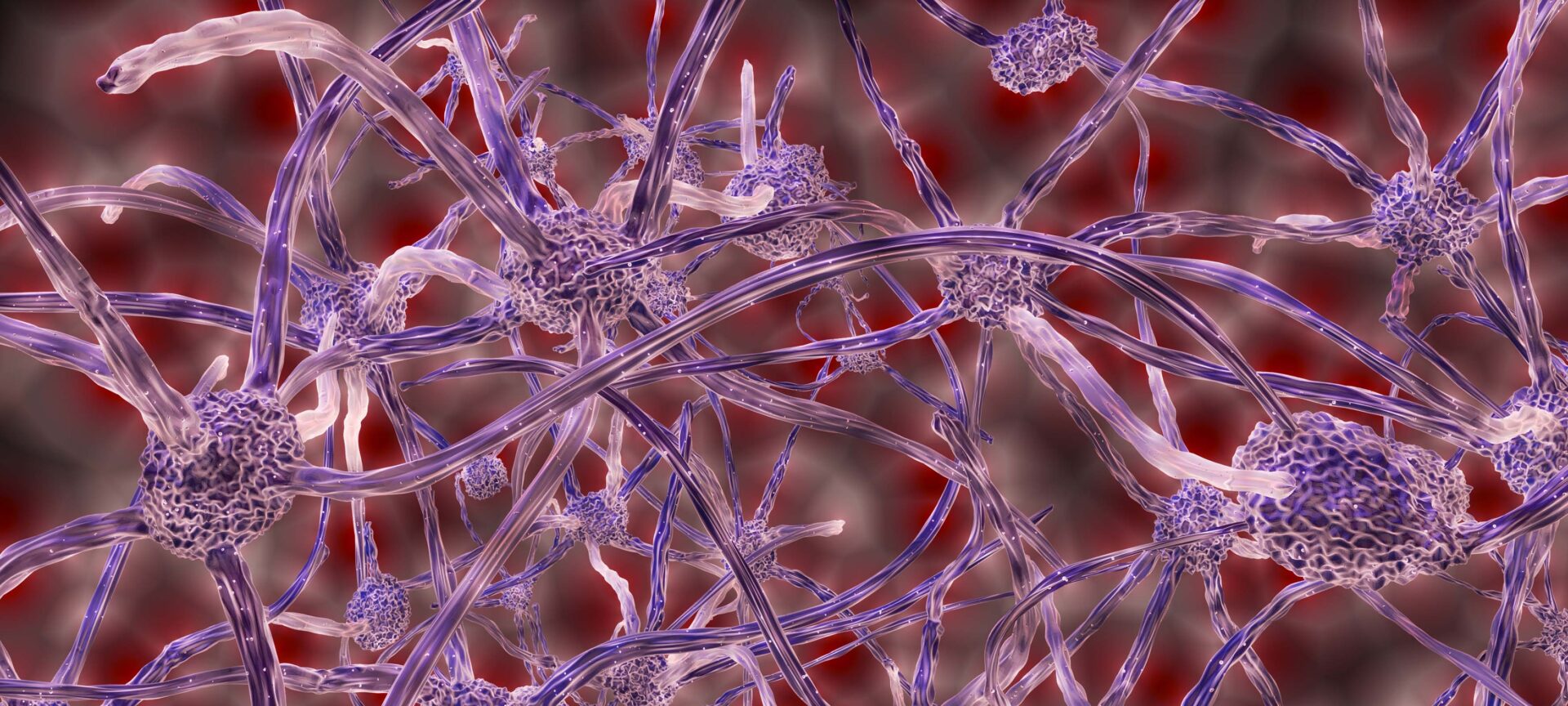
New funding for high-fidelity nerve mapping research
SPARC awarded $1M to a U-M project developing better nerve mapping.

Student Arun Nagpal develops new ENG 100 section to spotlight space science
UM-SEDS co-President Arun Nagpal develops ENG 100 section to expose freshman to space science and atmospheric sensing.
Professor Leung Tsang Receives 2018 Van de Hulst Award
Prof. Tsang is a world-renowned expert in the field of theoretical and computational electromagnetics, and in particular microwave remote sensing of the earth.
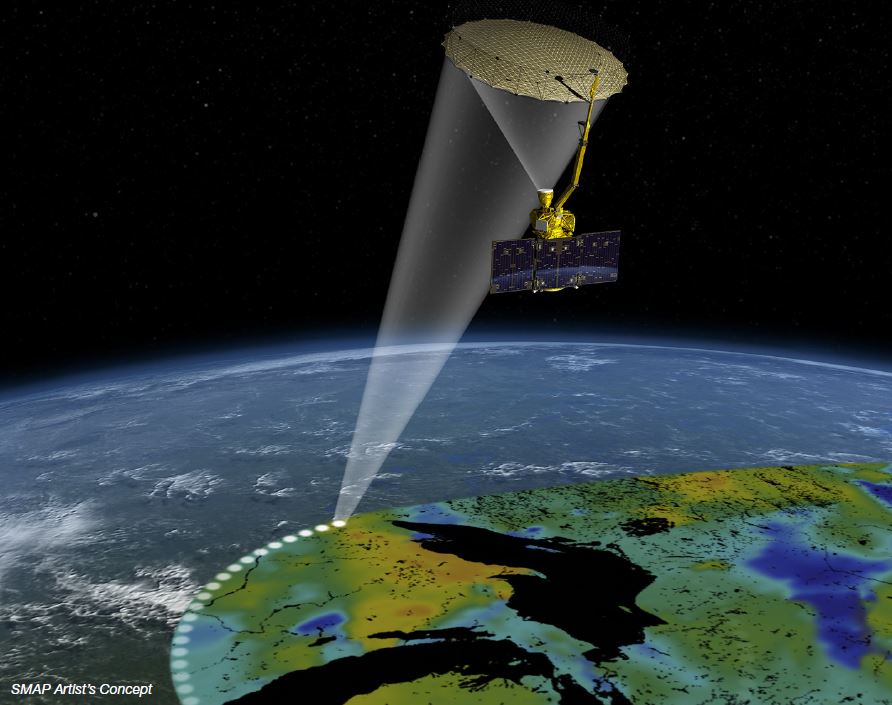
SMAP Update: A mission to manage water globally
The satellite mission to collect global data of surface soil moisture can help weather forecasting around the world.
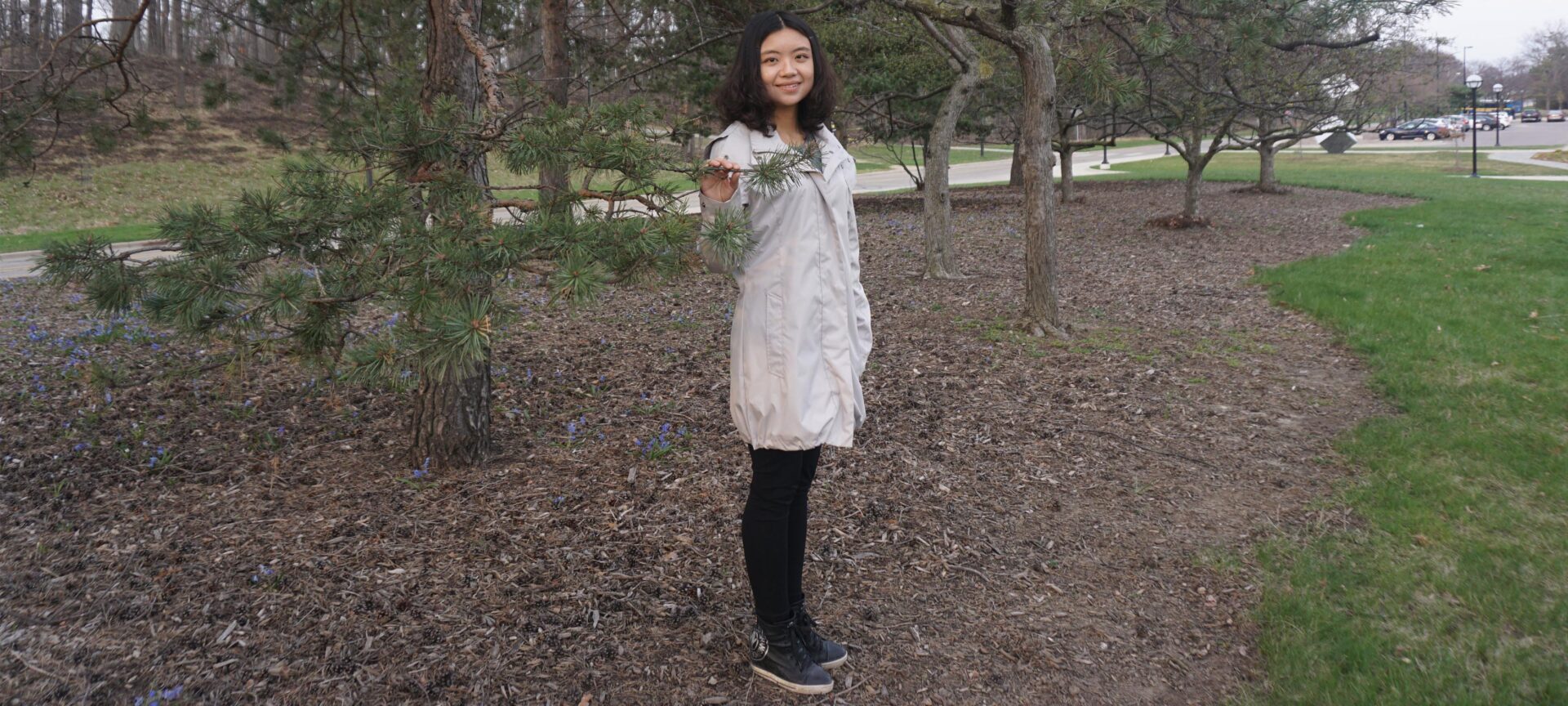
Huanting Huang and the mathematical shape of trees
An award-winning modeling method will help us better understand our natural environment

Deciphering GPS satellites to see inside hurricanes
To dial in on exact wind speeds, researchers needed to reverse engineering the signals from satellites.

Beyond Apollo 11: U-M ECE’s role in advancing space exploration
For the 50th anniversary of the Apollo 11 moon landing, U-M ECE takes a look back – and a look forward – to how our professors, students, and alums have made their mark on the field.

Anthony England, former NASA astronaut, professor, and dean, retires
England has dedicated more than two decades of his distinguished career helping students reach for the stars to understand more about Earth and other planets.
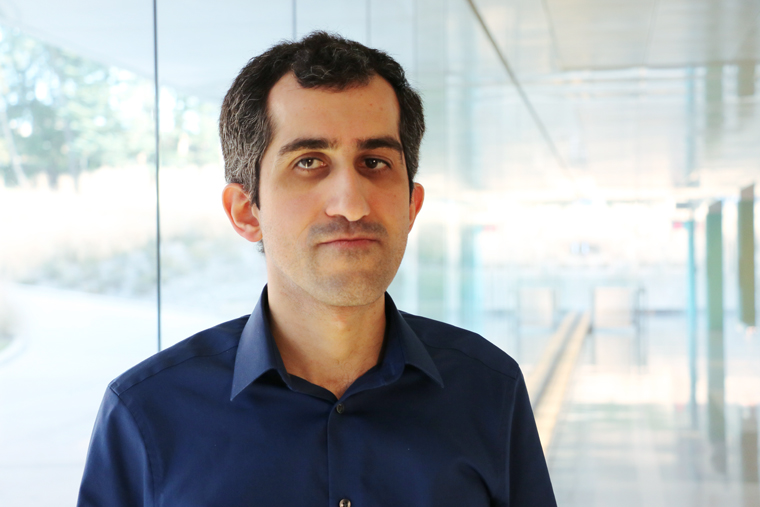
Behzad Yektakhah earns paper award for research in seeing through walls
Yektakhah’s system improves on the speed, portability, and accuracy of many commercial models
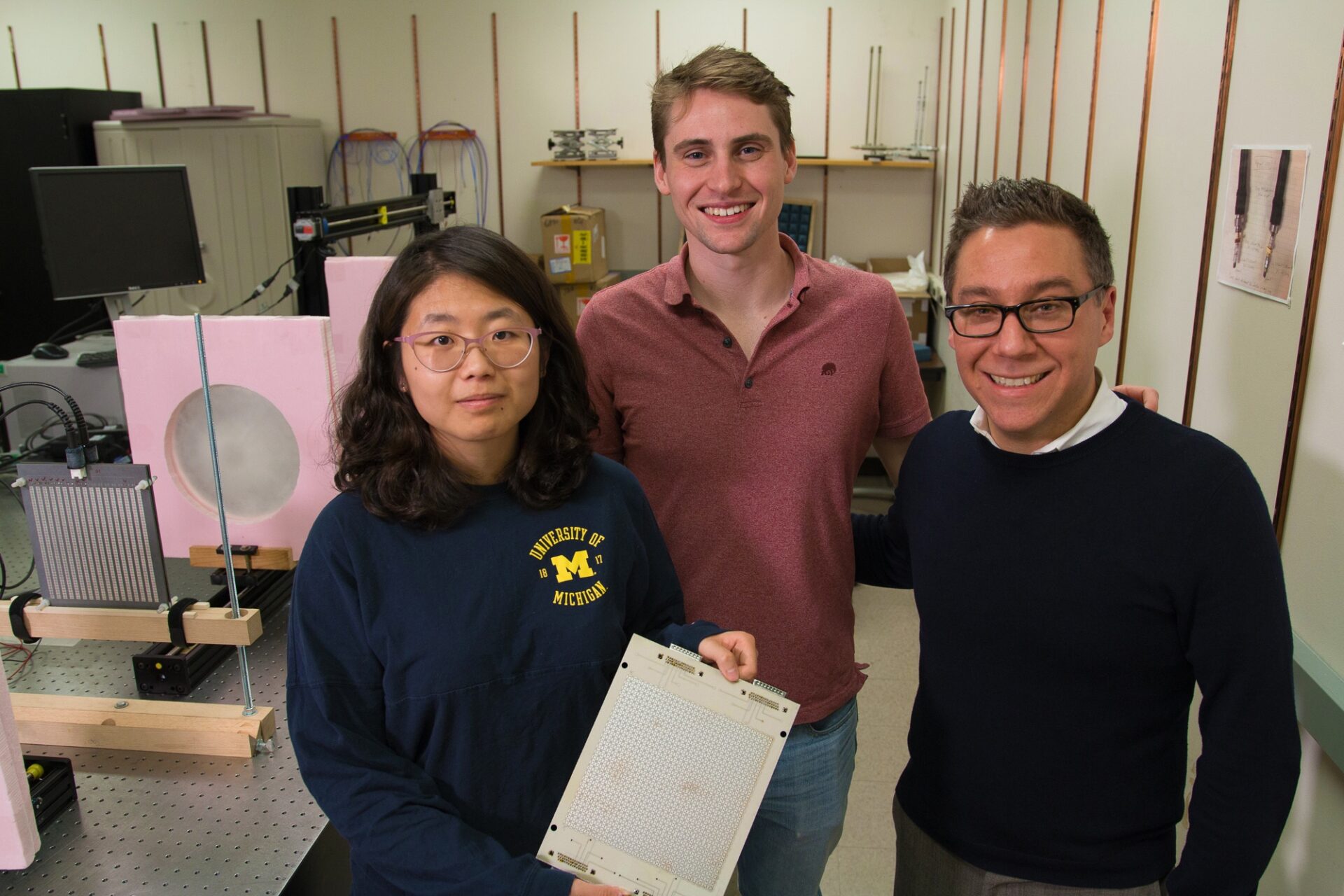
Time-varying metamaterials for next generation communication, sensing, and defense systems
With $7.5M MURI grant, Professor Anthony Grbic is developing metamaterials for a new generation of integrated electromagnetic and photonic systems.
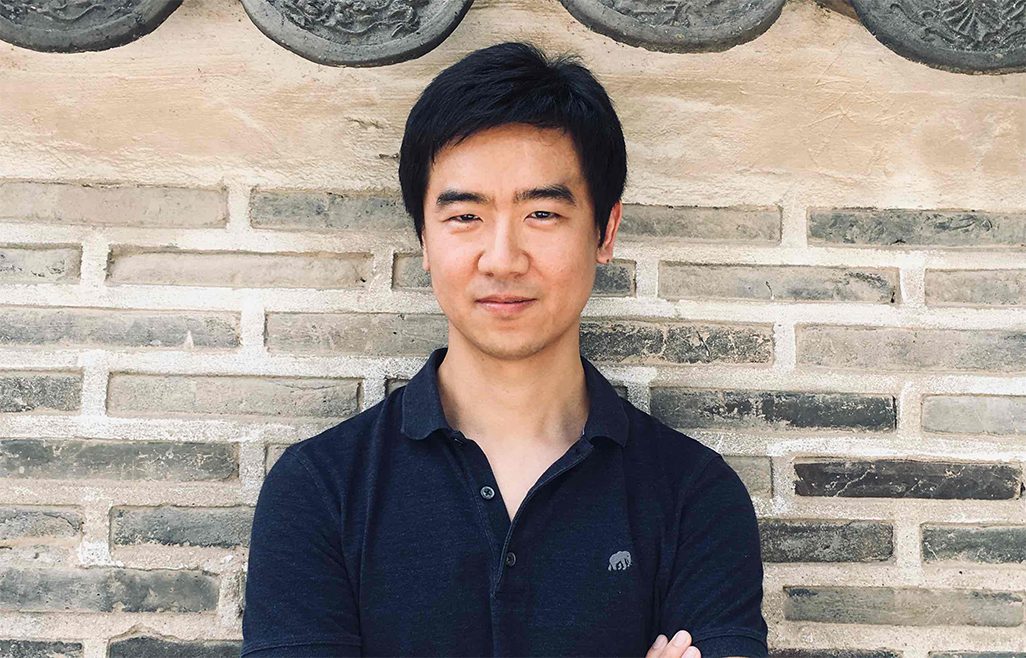
Hun-Seok Kim receives CAREER Award to facilitate Internet of Things connectivity
Kim takes an interdisciplinary approach to tackle challenges in heterogeneous classes of energy-efficient and versatile communication systems.
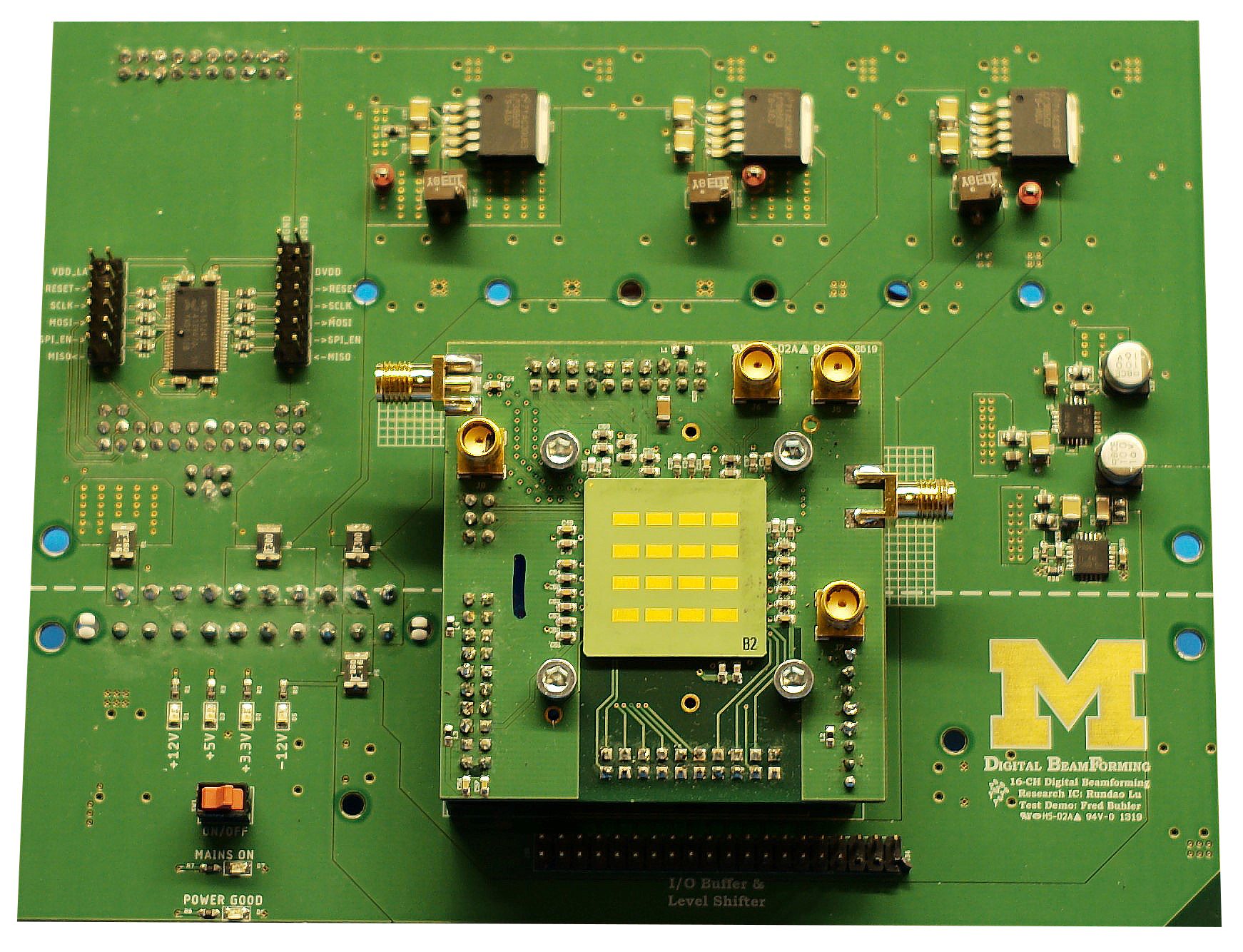
First digital single-chip millimeter-wave beamformer will exploit 5G capabilities
The digital beamforming chip offers significant advantages over current analog beamforming solutions.
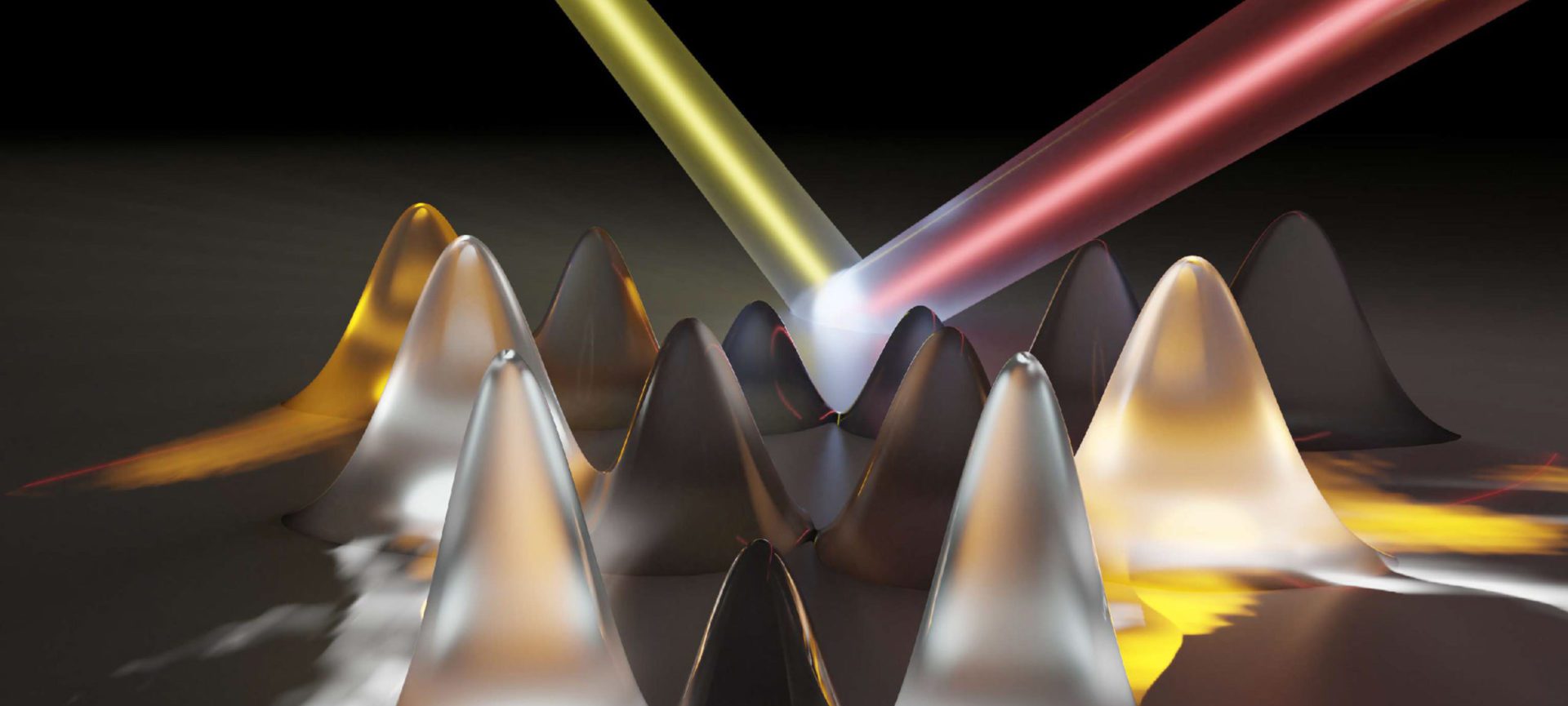
Mapping quantum structures with light to unlock their capabilities
Rather than installing new “2D” semiconductors in devices to see what they can do, this new method puts them through their paces with lasers and light detectors.
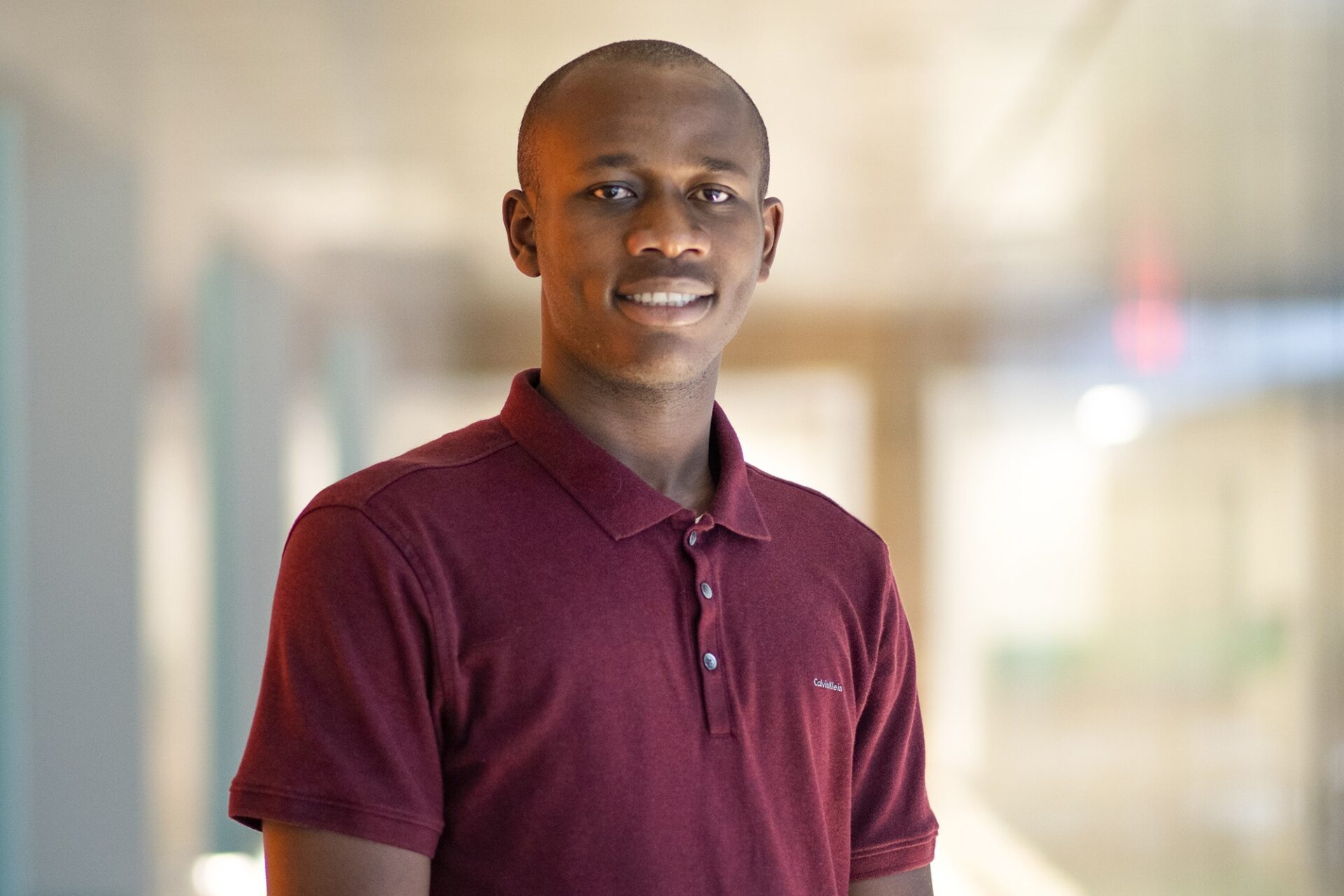
Demba Komma awarded Microsoft Research Ada Lovelace Fellowship for research on IoT localization technologies
Komma, a PhD student, is working to develop robust low powered localization technology for Artificial Intelligence enabled Internet of Things in locations where GPS is limited or blocked.
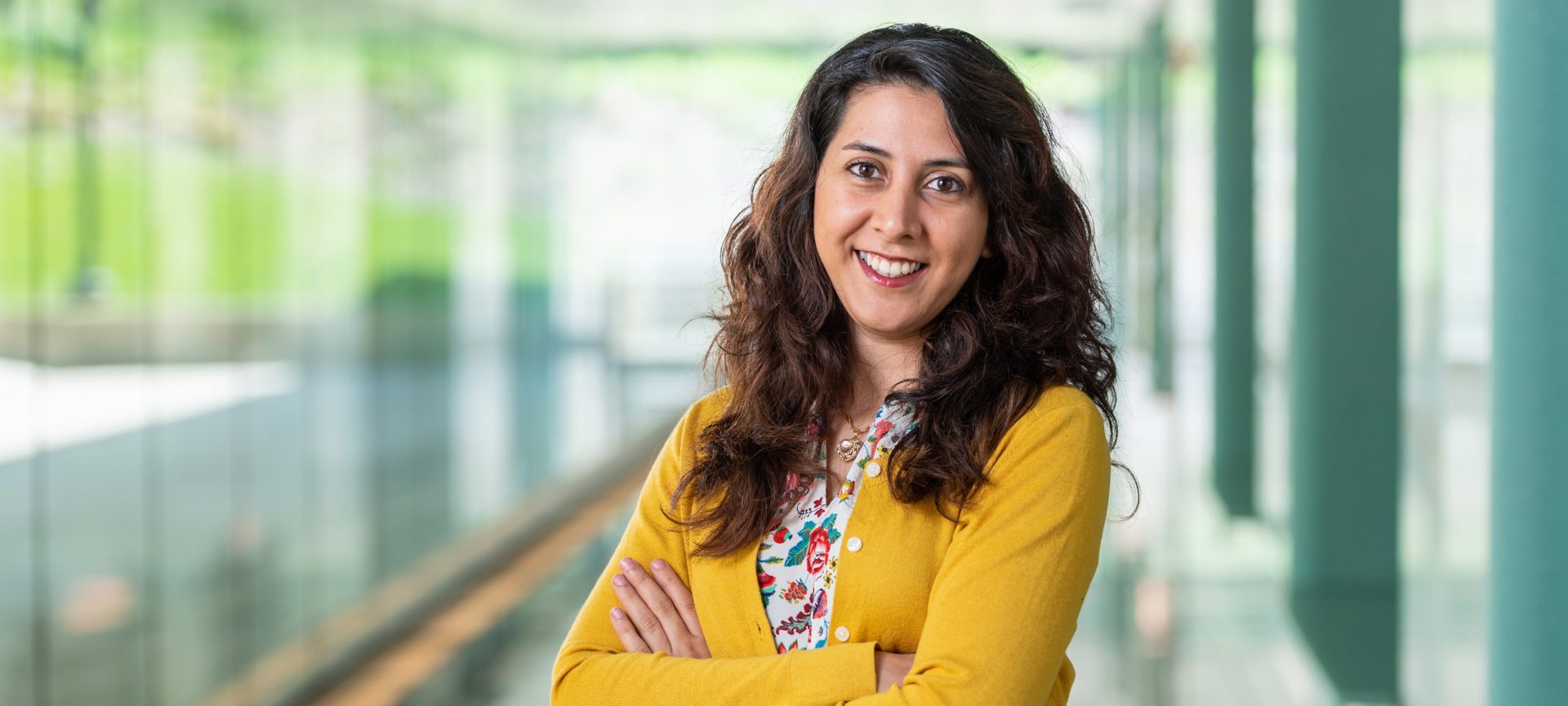
Elaheh Ahmadi receives CAREER Award to improve efficiency in high power electrical systems
The research could improve efficiency in systems such as electric vehicles, grid systems, mass transit, and industrial automation
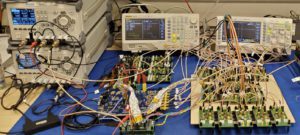
Research to advance low-power speech recognition highlighted by Intel
Michael Flynn and his group are applying their groundbreaking work in beamforming to the challenge of low-power on-chip speech recognition.
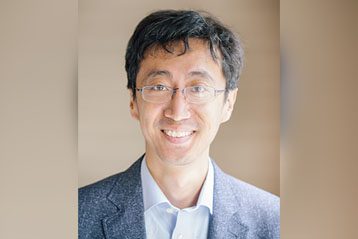
Prof. Pei Zhang solemnly swears that he’s up to some good
In a project he calls the “Marauder’s Map,” Prof. Zhang uses machine learning-based data models, physics models, and heuristic models to turn physical structures into sensing devices.

ECE Lab Kit team recognized by the College of Engineering with the Team Staff Excellence Award
When the pandemic shut down in-person instruction, this six-member team created and delivered individual lab kits to 1,200 students around the world so hands-on lab experience could continue.
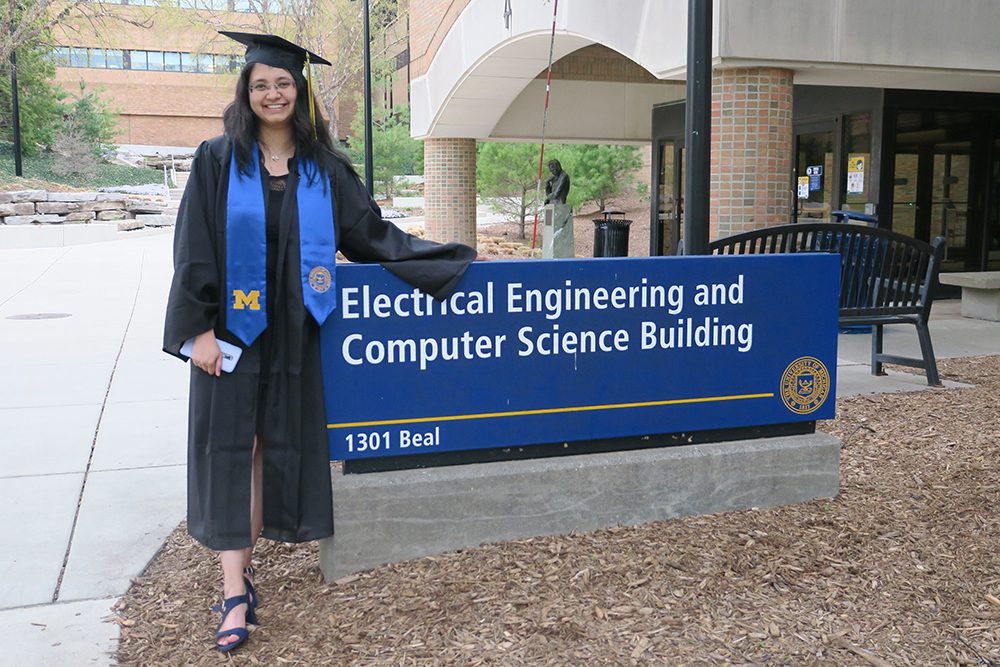
Profiles in ECE: Rucha Apte (MS ECE 2021)
From the internships that inspired her interest in signal & image processing and machine learning to late night study sessions at the Duderstadt to her background in classical dance, Master’s student Rucha Apte shares her journey with us.
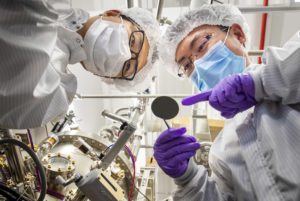
Dawn of nitride ferroelectric semiconductors for next-generation electronics
The ability to precisely tune electrical polarization switching through molecular beam epitaxy is a gamechanger

Snails carrying the world’s smallest computer help solve mass extinction survivor mystery
The study yields new insights into the survival of a native snail important to Tahitian culture and ecology and to biologists studying evolution, while proving the viability of similar studies of very small animals including insects
Michigan startup MemryX, Inc. promises faster, cheaper AI processing
The ECE startup builds neuromorphic computer chips uniquely suitable for AI applications
The post Michigan startup MemryX, Inc. promises faster, cheaper AI processing appeared first on Michigan Engineering News.

$1 Million DARPA contract to empower the wireless systems of the future
Prof. Elaheh Ahmadi is working to design a new kind of semiconductor that can provide high power at high frequencies

Elaheh Ahmadi receives DARPA Young Faculty Award to support future sensor and communication systems
Ahmadi’s research is focused on using GaN and Ga2O3 materials to provide higher output power per unit area at higher frequencies.
Egg-carton-style patterning keeps charged nanoparticles in place and suitable for a wide range of applications
Prof. Jay Guo and his team discovered a scalable way to settle down and precisely arrange micro- and nano-sized particles according to size
The post Egg-carton-style patterning keeps charged nanoparticles in place and suitable for a wide range of applications appeared first on Michigan Engineering News.

Prof. Zetian Mi named IEEE Fellow for his pioneering contributions to III-nitride photonics and clean energy
Mi’s research is impacting the future of alternative energy, as well as improved methods for water purification and air disinfection.

Prof. Euisik Yoon named IEEE Fellow for groundbreaking research in Bio-MEMS
Yoon’s research has contributed to a better understanding of the brain, as well as improved detection and treatment of cancer.

Prof. Heath Hofmann named IEEE Fellow for his impact in the areas of electric machinery and drive systems
Hofmann’s control technology has been implemented in commercial vehicles, and he works tirelessly to enhance opportunities for underrepresented students.
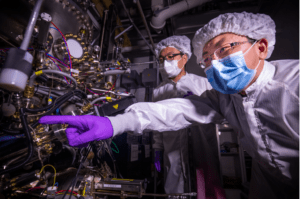
Research full speed ahead on manufacturable III-V materials for next-generation electronics
A recent breakthrough in ferroelectric III-V semiconductors at the University of Michigan has been followed by several advancements and new funding to bring the technology closer to market.
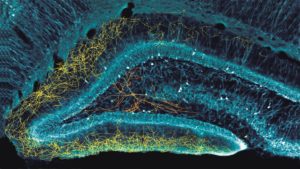
New understanding of neurons in the hippocampus: they’re all the same
A longstanding collaboration between engineers and neuroscientists leads to new insights into how neurons work in the hippocampus.

‘Exciton surfing’ could enable next-gen energy, computing and communications tech
A charge-neutral information carrier could cut energy waste from computing, now that it can potentially be transported within chips.

Ashley Jian awarded Marian Sarah Parker Prize from the College of Engineering
Jian’s research is focused on improving the efficiency of high-power electronics, which is important for energy security and sustainability.

Subhajit Mohanty awarded Richard and Eleanor Towner Prize for Distinguished Academic Achievement
Mohanty’s research is focused on advancing high electron mobility transistors for next generation wireless technologies.

Ashley Jian receives Barbour Scholarship to further her research on high-power electronics
Jian works to improve the efficiency of high-power electronics for better energy security and sustainability.

Touheed Anwar Atif awarded Rackham Predoctoral Fellowship for his research on quantum information and quantum computing
Atif’s coding framework addresses quantum information network coding problems and has helped uncover new insights into the world of quantum information.

New textbook provides hands-on guide for learning about chaotic dynamics and electronic circuits
The book was co-authored by ECE Master’s student Wesley Joo-Chen Thio and Professor Emeritus Julien Sprott of U Wisconsin.
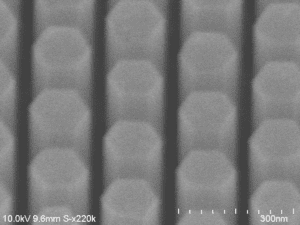
Overcoming the efficiency cliff of red micro-LEDs for virtual/augmented reality
Prof. Zetian Mi leads a team that created highly-efficient red micro LEDs suitable for augmented and virtual reality.
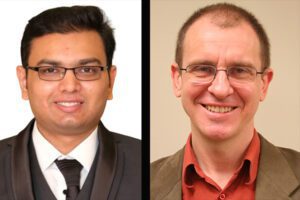
2022 IEEE APS R. W. P. King Award recognizes new theory in computational electromagnetics
Patel and Michielssen developed the Wigner-Smith time delay matrix for electromagnetics.
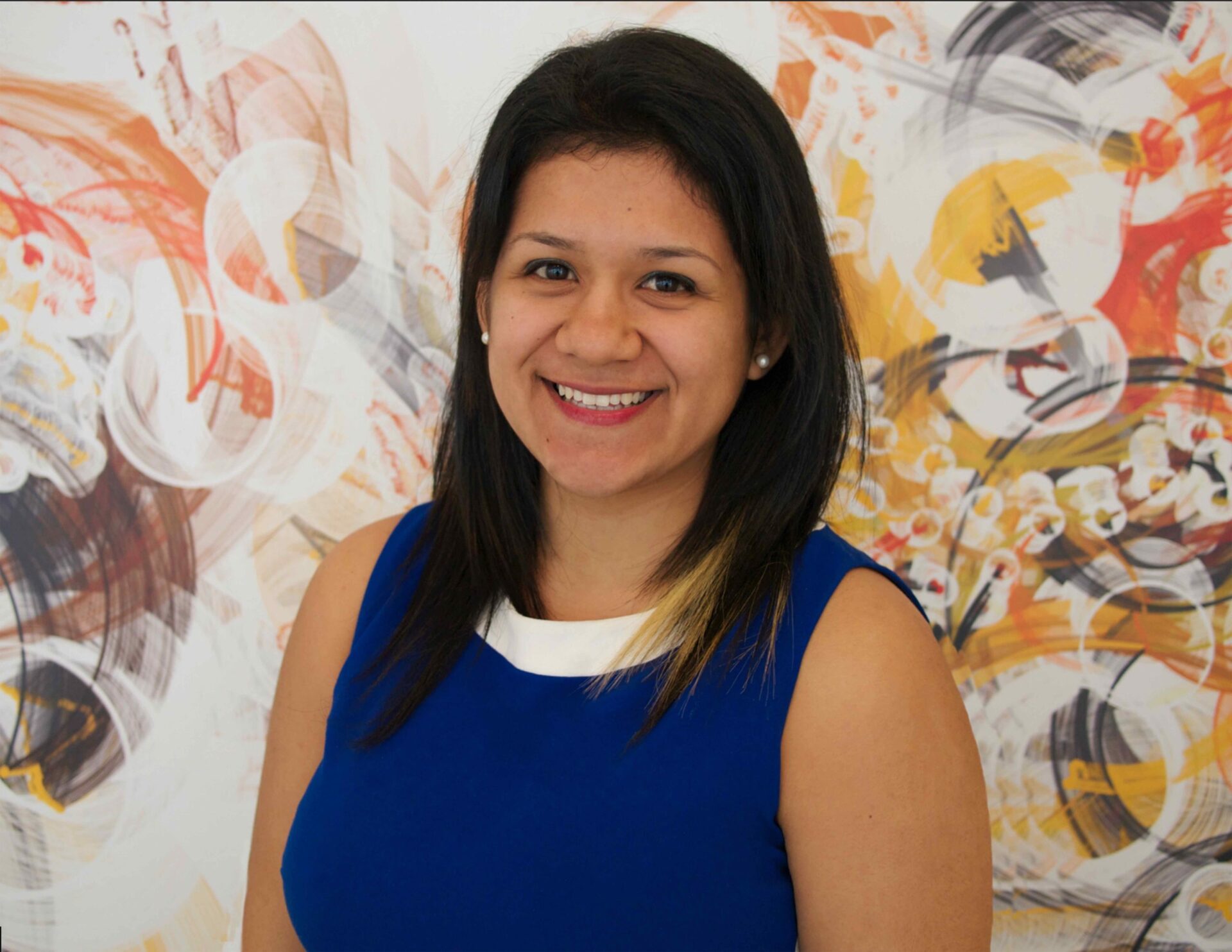
Ester Bentley receives Impact award for her research with the goal of GPS-free navigation
Bentley presented her research as an NDSEG Fellow. She is working to make smaller, more affordable high accuracy navigation-grade gyroscopes.
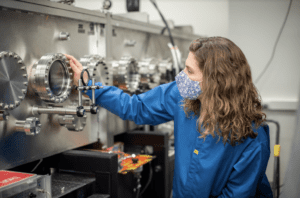
ZEUS Joins International Community of Extreme Light Virtuosos
As a member of the X-lites program, ZEUS joins an international community of extreme light labs working together to advance laser science for the benefit of society

First light soon at the most powerful laser in the US
The ZEUS laser at the University of Michigan has begun its commissioning experiments
CHIPS and Science Act: Implications and opportunities
The CHIPS and Science Act of 2022 promises to revitalize the U.S. semiconductor industry. Dennis Sylvester offers his perspective on what it means for ECE.
The post CHIPS and Science Act: Implications and opportunities appeared first on Michigan Engineering News.
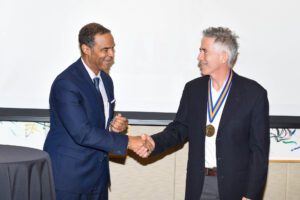
Mike Flynn named Fawwaz T. Ulaby Collegiate Professor of Electrical and Computer Engineering
Flynn is one of the world’s premier scholars of analog and mixed-signal integrated circuits and systems, analog-to-digital conversion (ADC), and other interface circuits.

An award winning radar system for collision avoidance and imaging
Armin’s research is focused on the development of a sub-millimeter-wave radar system for the next generation of navigation and imaging sensors.
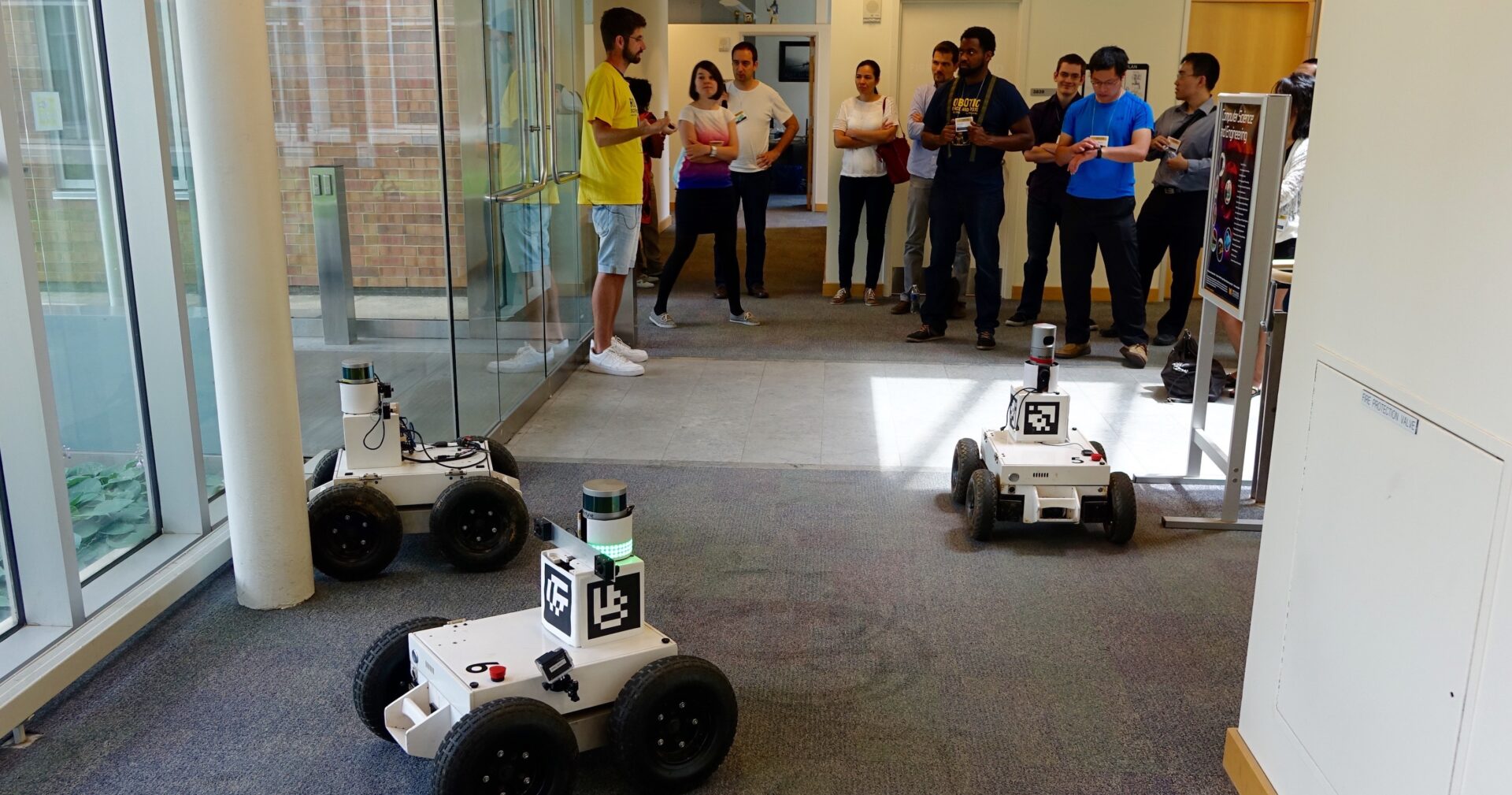
EECS research highlighted at 2016 Robotics: Science and Systems Conference
The University hosted the 2016 Robotics: Science and Systems Conference, which allowed attendees to hear about the latest in robotics through talks, presentations, workshops, and tutorials.
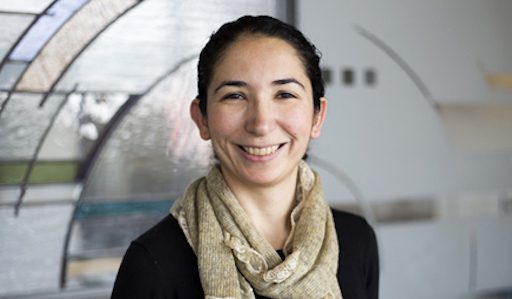
Necmiye Ozay receives NASA Early Career Faculty Award for research in cyber-physical systems
Prof. Ozay’s award-winning work will be used in future space missions
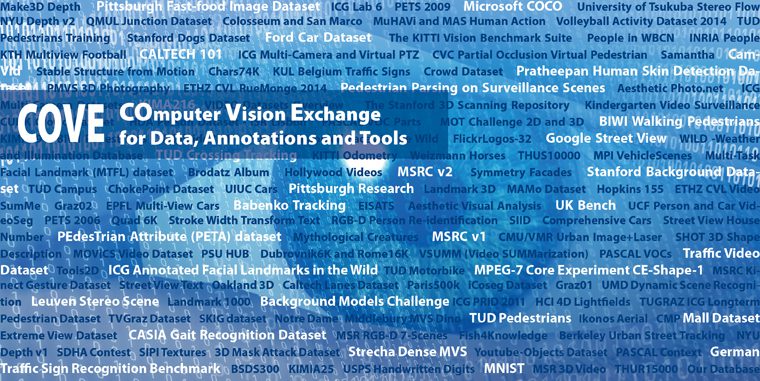
COVE: a tool for advancing progress in computer vision
Centralizing available data in the intelligent systems community through a COmputer Vision Exchange for Data, Annotations and Tools, called COVE.

$1.1 million grant to develop robot emergency response capabilities
Office of Naval Research has awarded Dmitry Berenson, an assistant professor of Electrical Engineering and Computer Science, $1.1 million to help advance emergency response capabilities for robots.

Shai Revzen part of a new five-institution MURI focused on the control of dynamic systems
As a member of the DDOTS to PICS MURI, Revzen will advance modeling and control of dynamic systems.
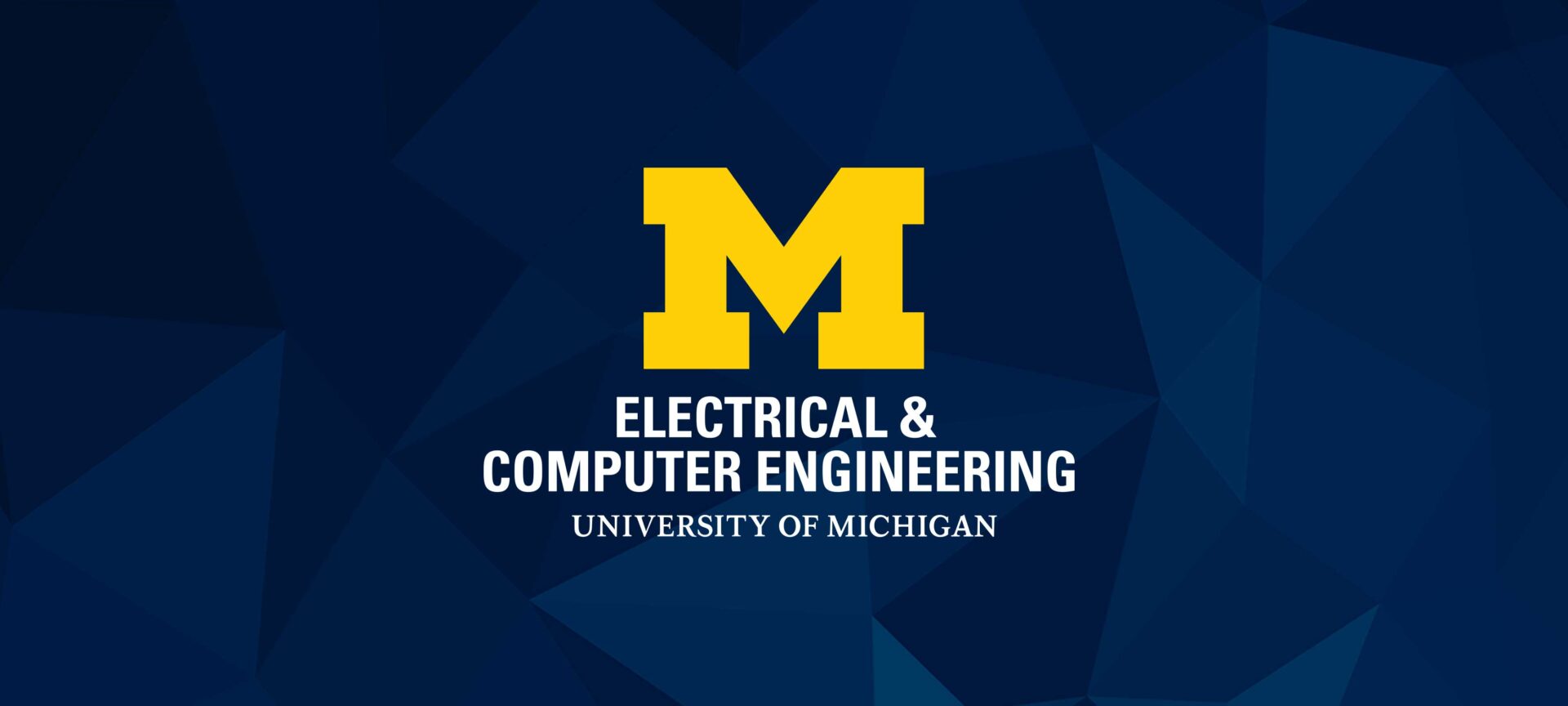
How to build a BigANT – Shai Revzen’s critter-inspired robots
How to build fast and cheap robots

Building more stable four-legged robots
A biologist turned roboticist takes a closer look at dog gaits to help design better movements for four-legged robots.
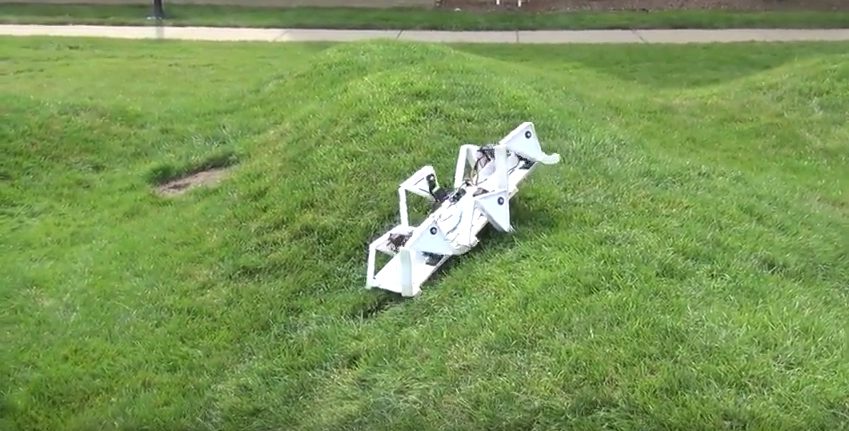
BigANT tackles the wave field
Prof. Shai Revzen’s lab in ECE has developed an inexpensive technique to rapidly fabricate a variety of useful robots.
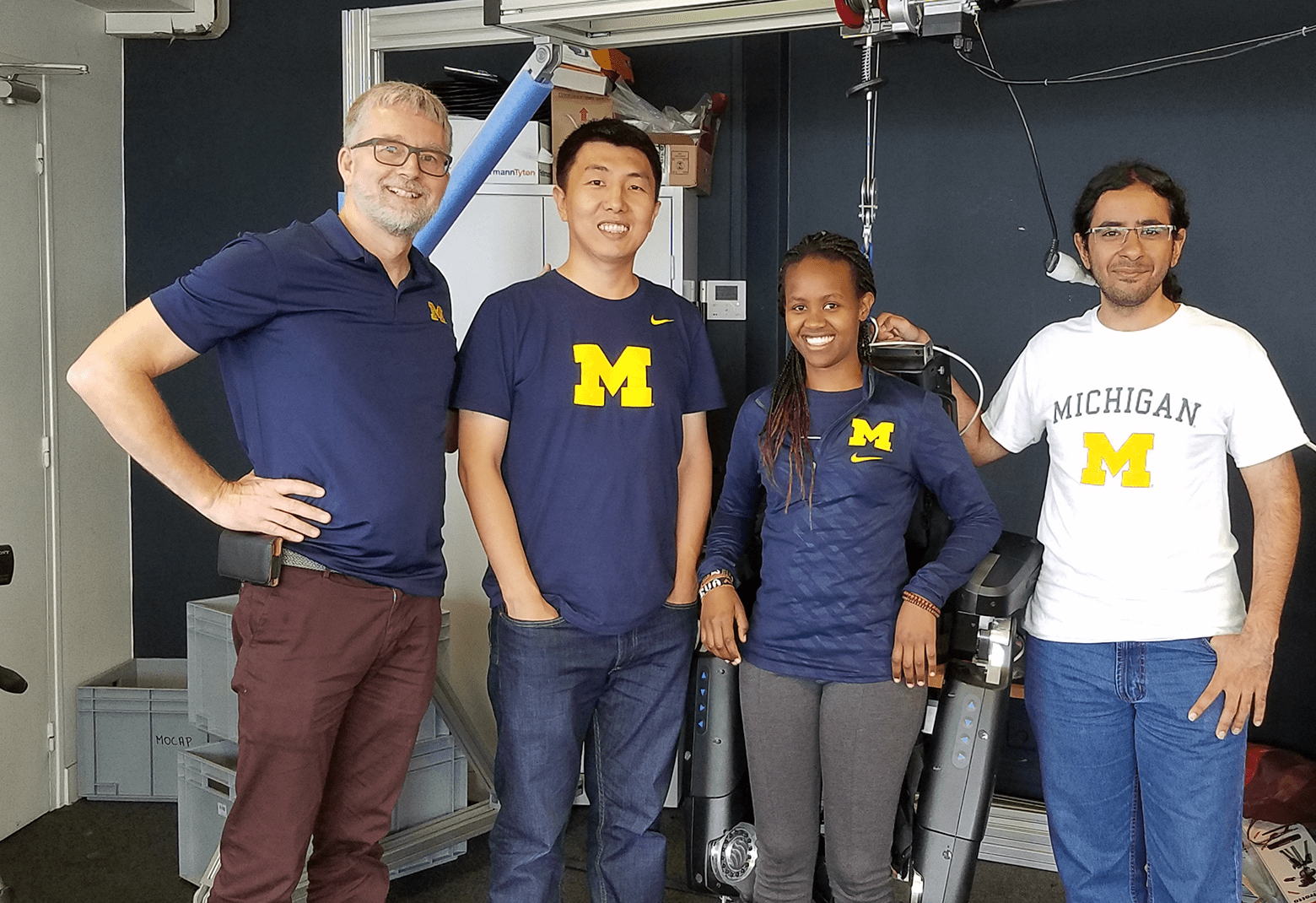
Getting people moving – Walking exoskeletons could mobilize disabled patients
Prof. Jessy Grizzle has long said that his work in robotics could one day be used to help the disabled. Now he and his group, alongside French company Wandercraft, are working to make that claim a reality in the form of walking exoskeletons.
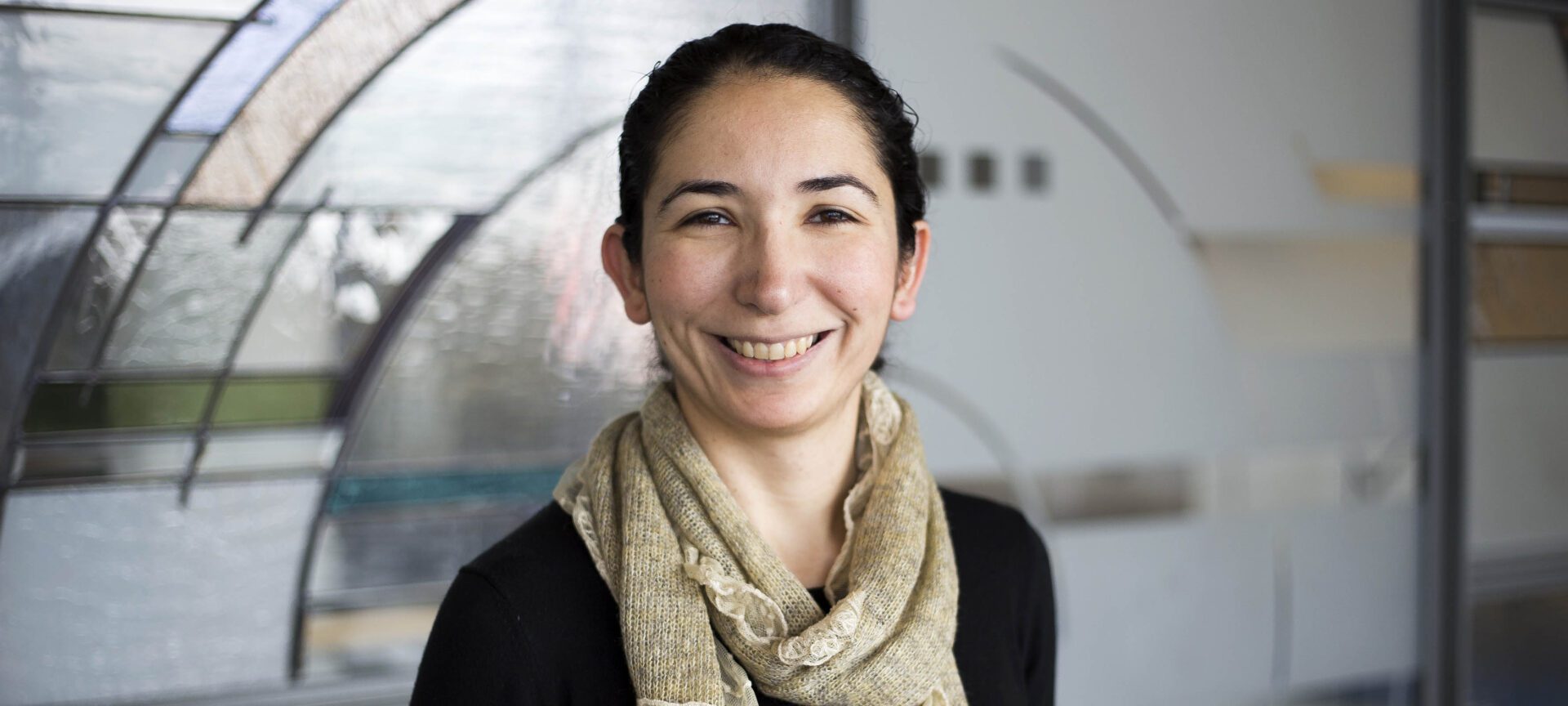
Necmiye Ozay receives ONR Young Investigator Award to advance research in autonomous systems
Research will focus on how autonomous vehicles adapt to wide-ranging changes.

Dmitry Berenson receives NSF CAREER Award to advance a robot’s ability to handle soft objects
Berenson works to improve the ability of autonomous robots to handle soft, deformable objects.
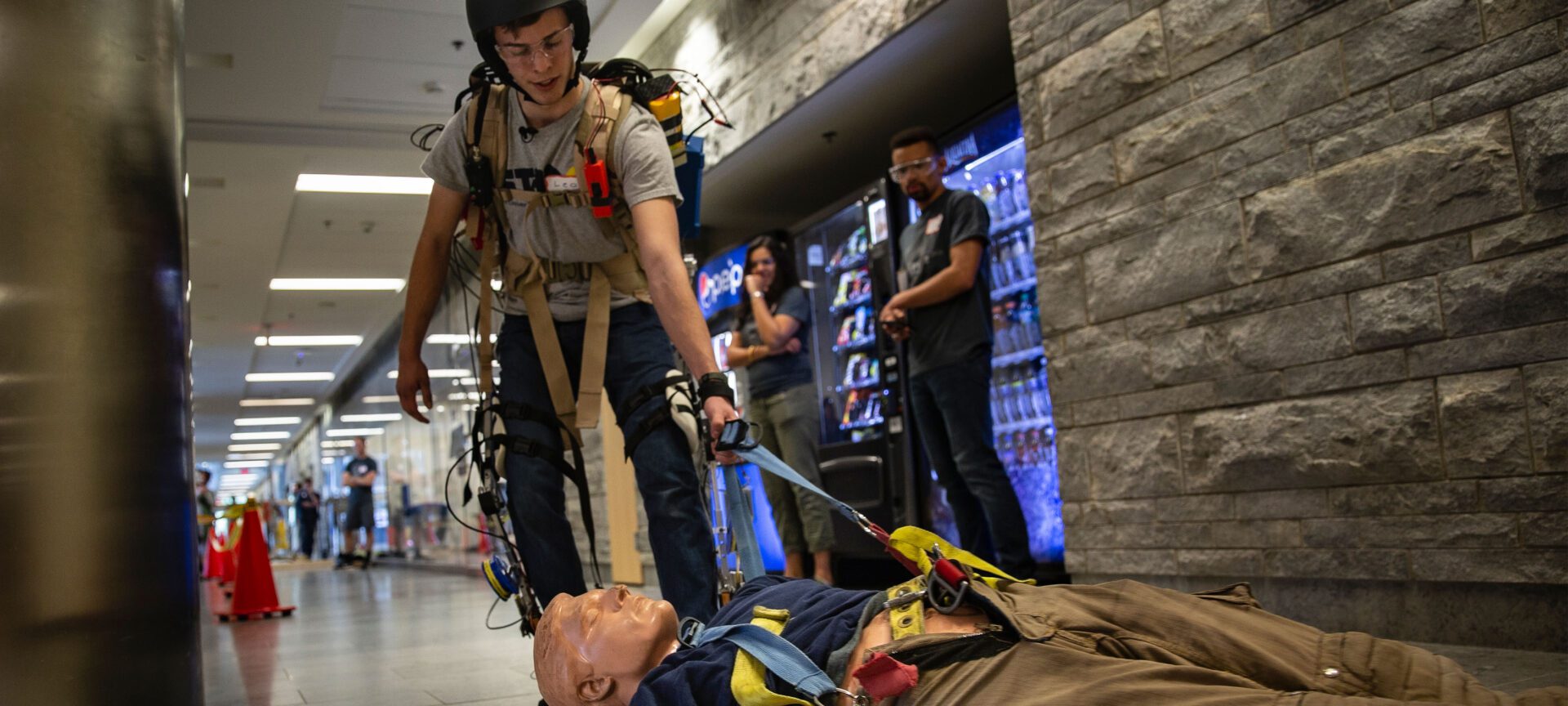
Exoskeletons compete to boost strength of rescue workers
Five college teams test robotic suits that could enhance humans’ abilities.

Paper award for training computer vision systems more accurately
PhD student Jean Young Song offers an improved solution to the problem of image segmentation.

Prof. Jason Corso on artificial intelligence
The most exciting use of AI for me focuses around a better collective use of our available resources, says Corso.

More efficient machine vision technology modeled on human vision
Prof. Robert Dick and advisee Ekdeep Singh Lubana developed a new technique that significantly improves the efficiency of machine vision applications
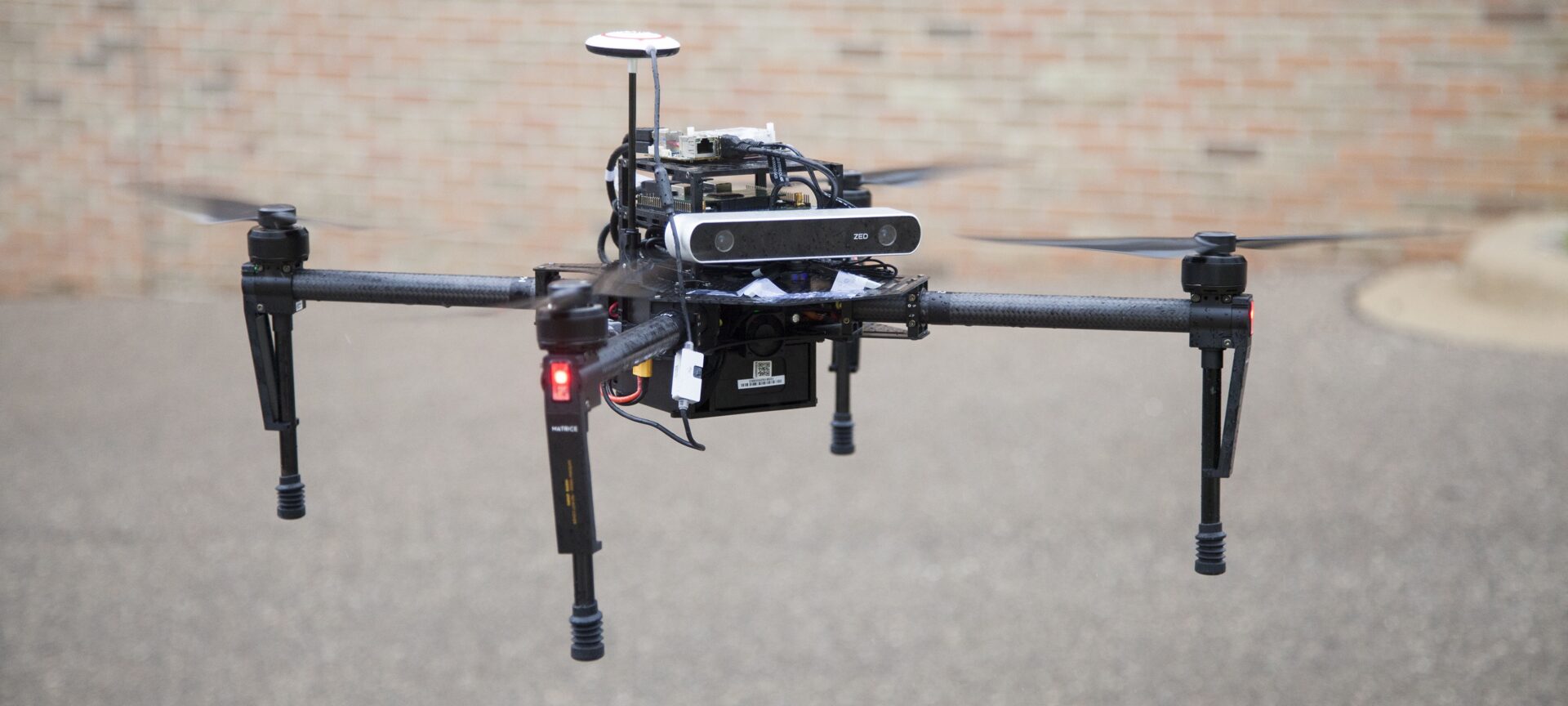
SLAM-ming good hardware for drone navigation
Researchers built the first visual SLAM processor on a single chip that provides highly accurate, low-power, and real-time results.
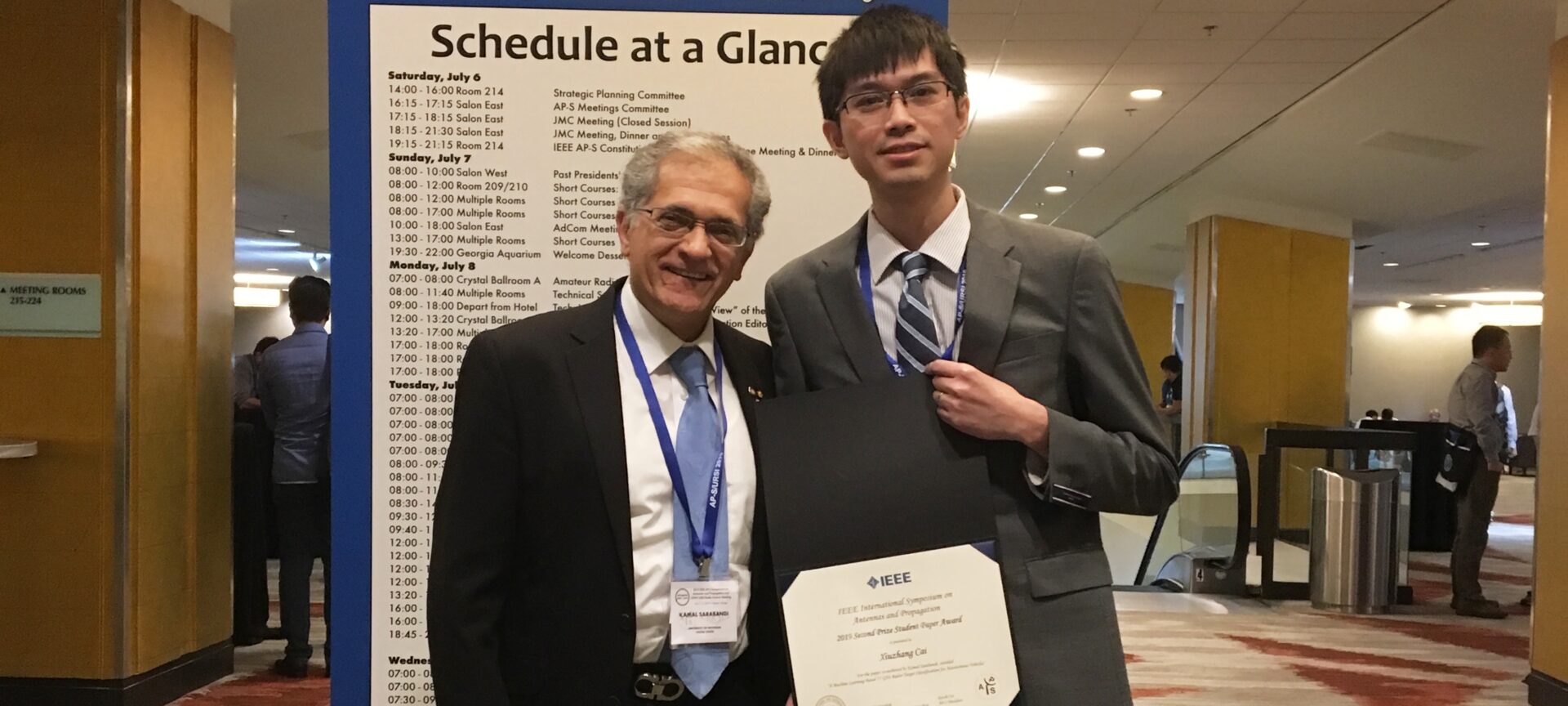
Six teams of ECE researchers make the finals at AP-S/URSI 2019
Second Prize overall went to doctoral student Xiuzhang Cai for his radar target classification research applicable to autonomous vehicles.
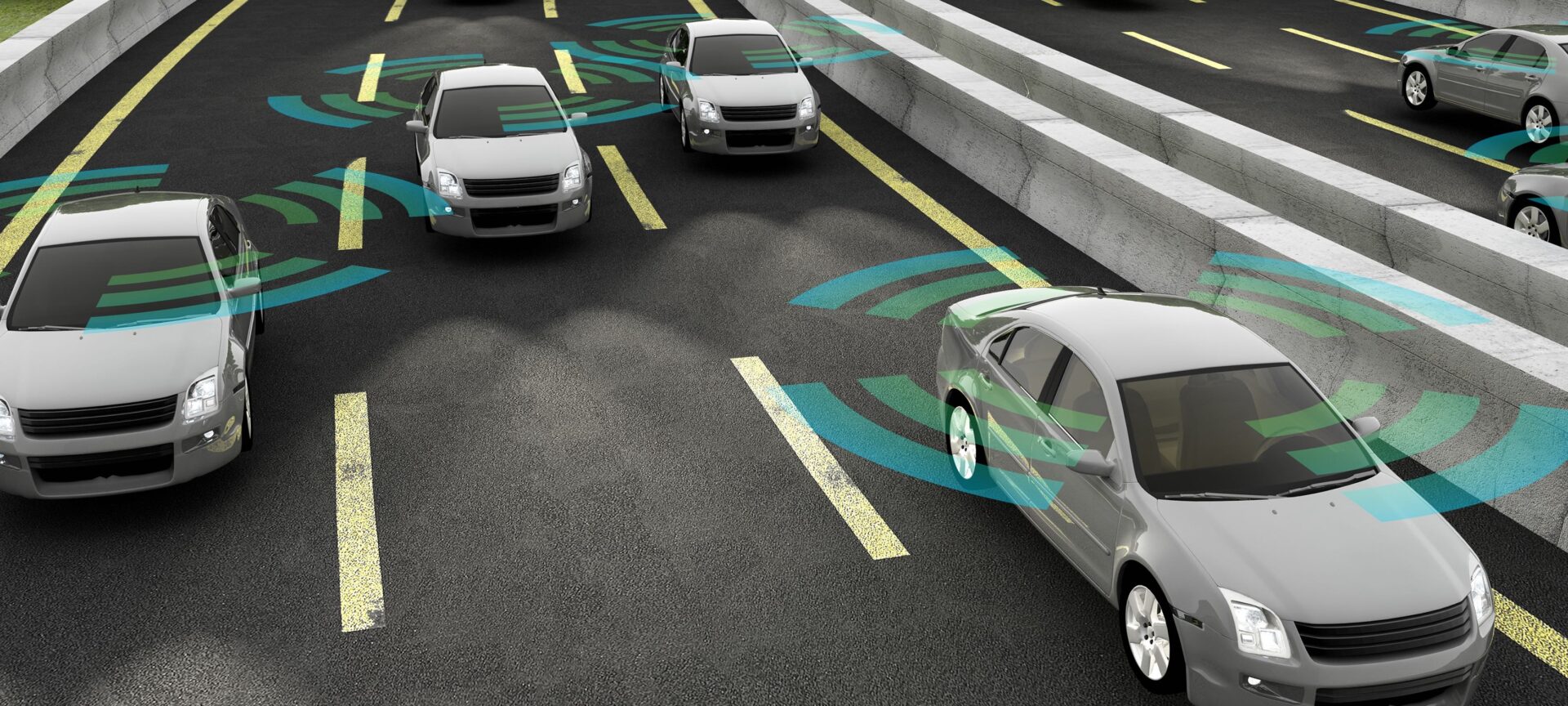
U-M researchers provide control software to ensure autonomous vehicles stay in their lane
The team was awarded a Best New Application Paper Award by the IEEE Robotics and Automation Society for their work developing reliable control systems for Lane Keeping and Adaptive Cruise Control.
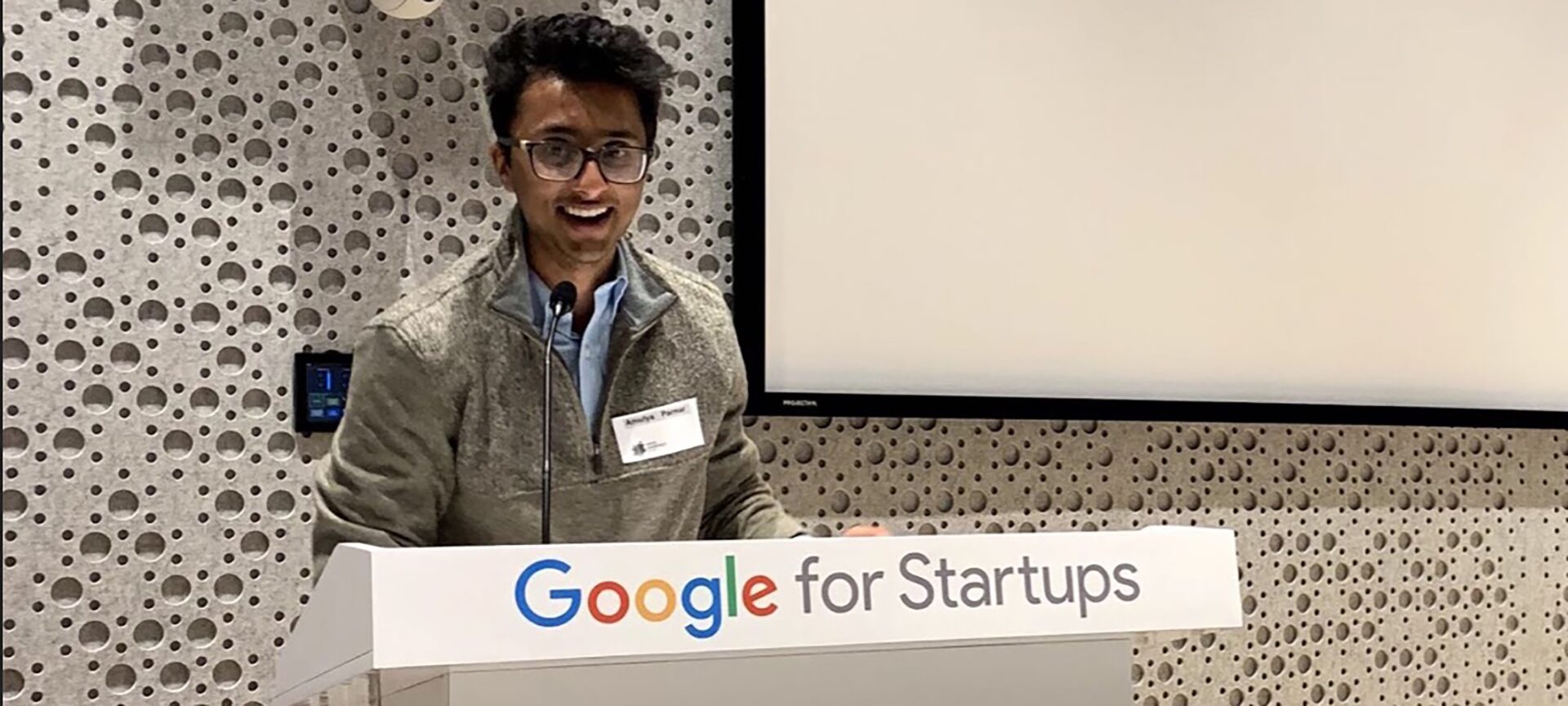
AI-powered Whatsapp Bot fights fake news in India
CE undergrad Amulya Parmar designed a machine learning algorithm to curb fake news as part of the Tavtech Fellowship program.
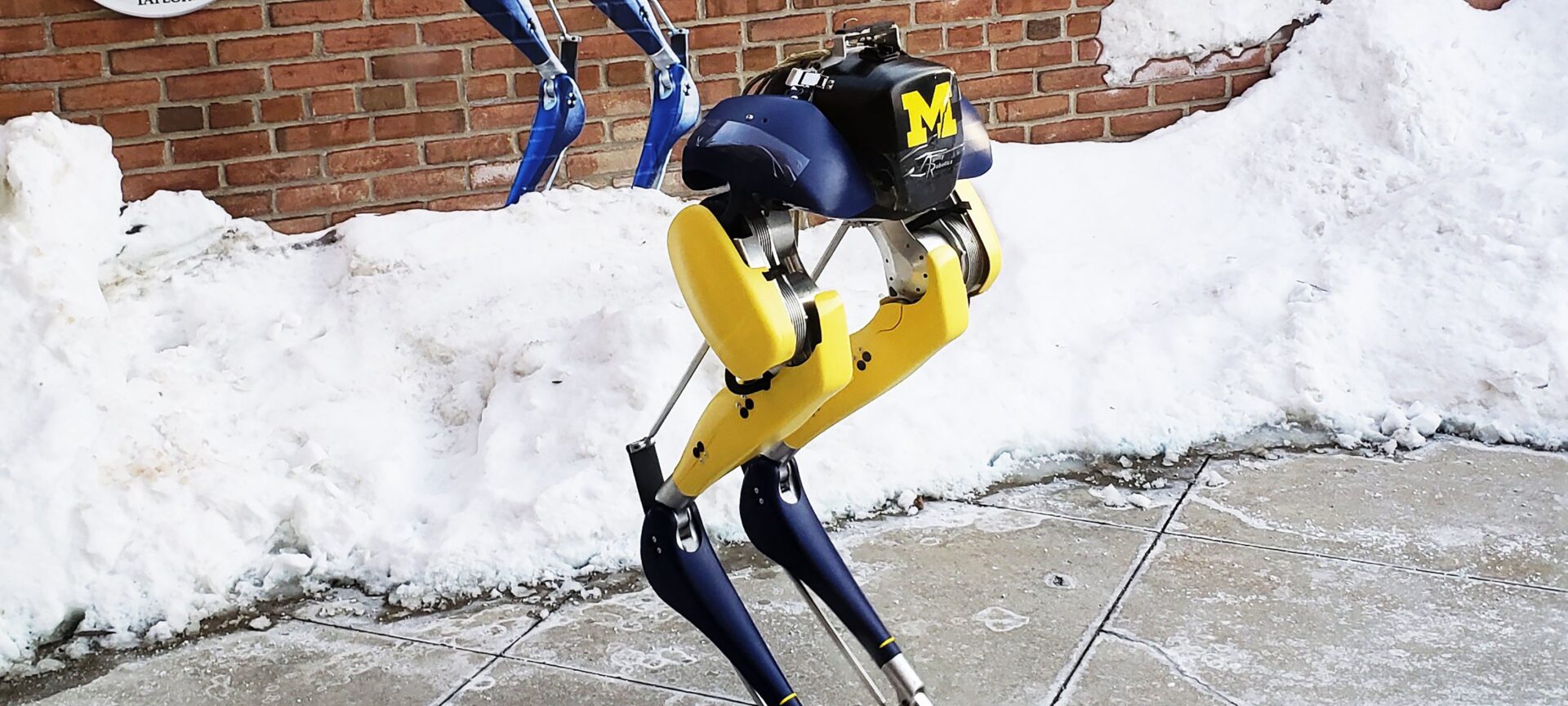
A World Record for Robotic Deep Freeze Walking
Cassie Blue, the bipedal robot, takes advantage of the 2019 polar vortex to set a record-breaking walk.
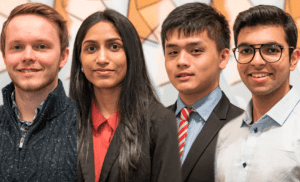
The Wolverines Behind the Next Generation of Autonomous Vehicles
The Center for Entrepreneurship profiles a team of EECS students, who are working to develop the next generation of delivery vehicles.
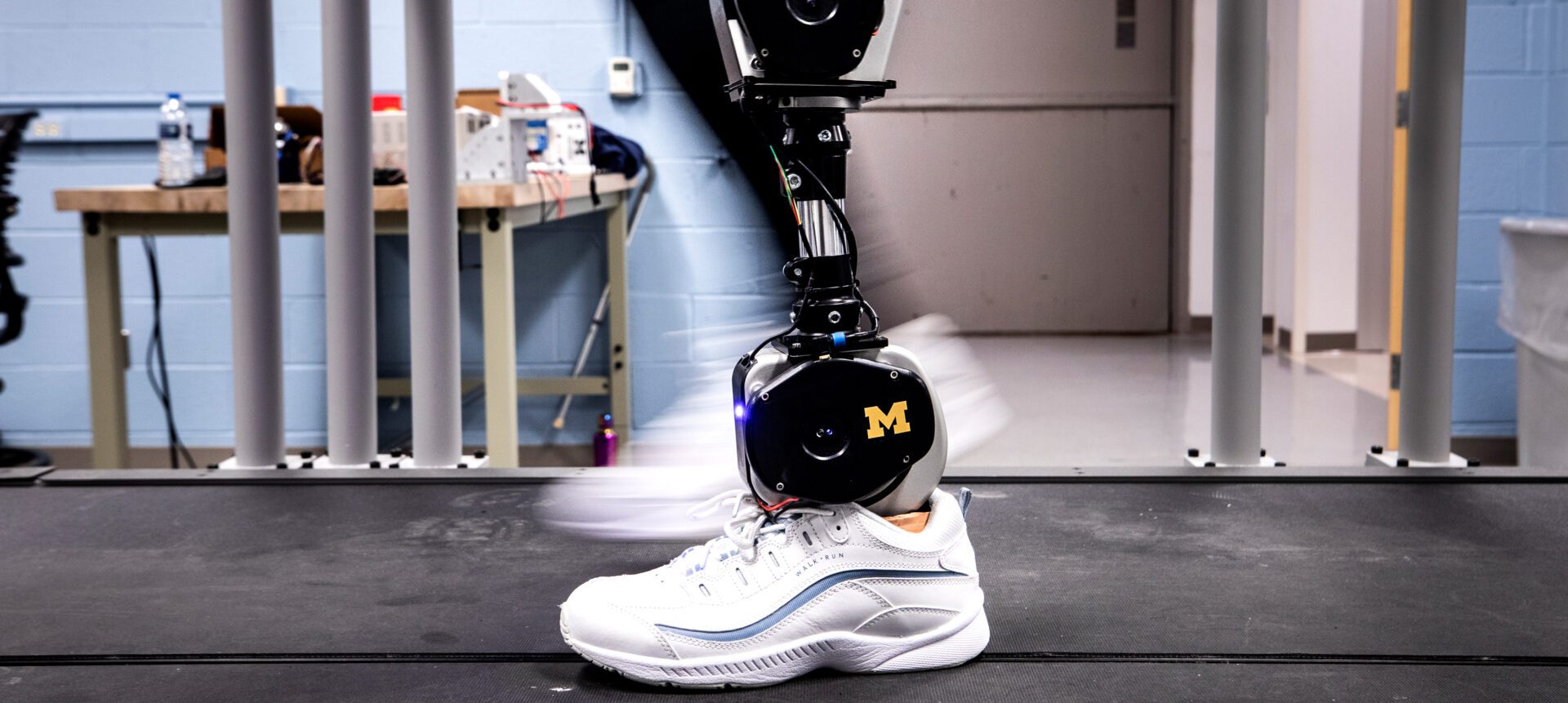
New grant to expand open source control software for an intuitive robotic prosthetic leg
University of Michigan researchers have been awarded an NSF grant to design an open source framework for robotic prosthetic legs that function more naturally and offer a wider range of capabilities.
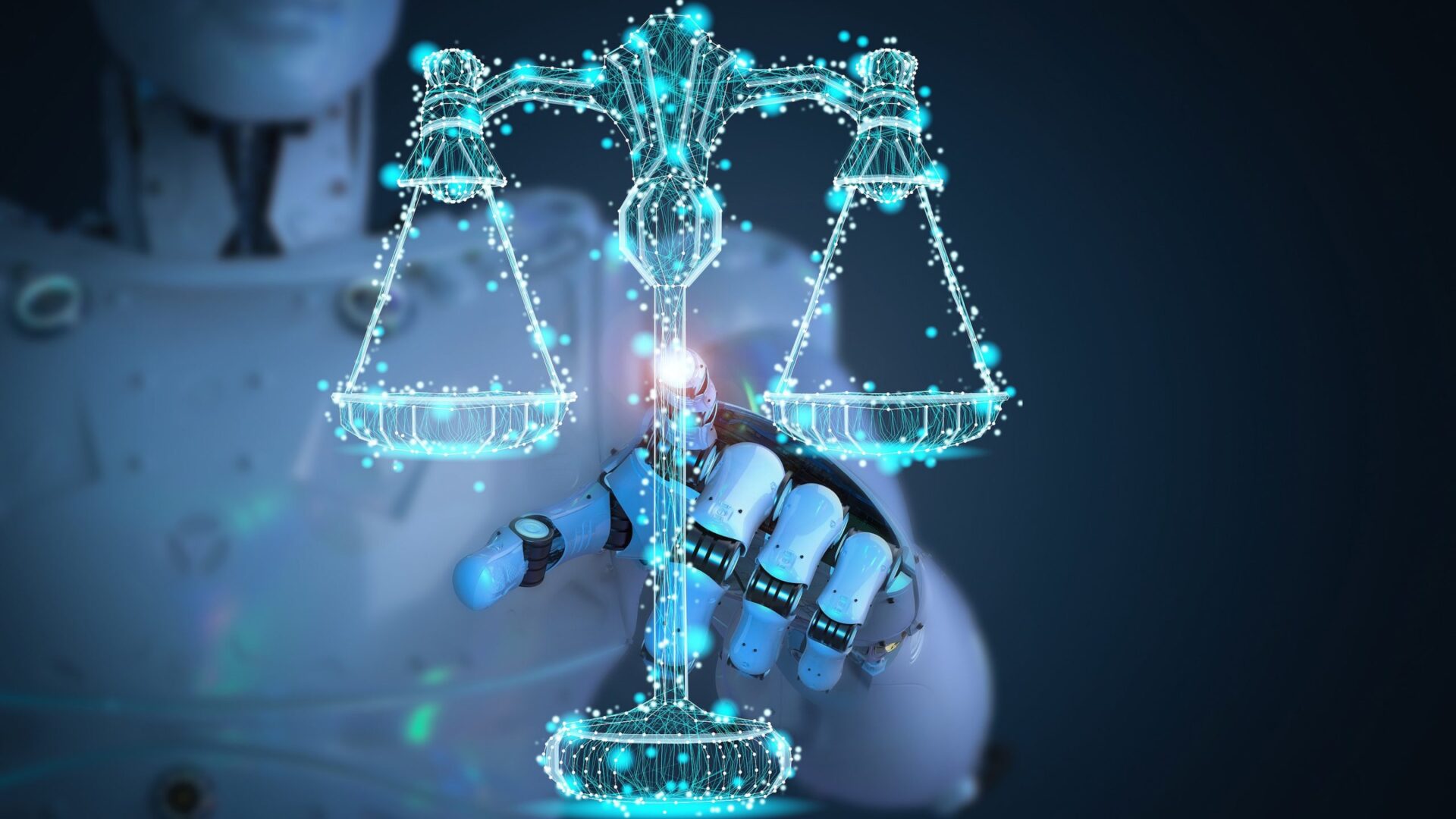
Fairer AI for long-term equity
Prof. Mingyan Liu is a key member of a project to mitigate bias in Artificial Intelligence and Machine Learning systems for long-term equitable outcomes.
3D motion tracking system could streamline vision for autonomous tech
Transparent optical sensor arrays combine with a specialized neural network in new University of Michigan prototype

Mimicking a human fingertip’s sensitivity and sense of direction for robotic applications
With the help of 1.6 million GaN nanopillars per sensor, the University of Michigan team was able to provide human-level sensitivity with directionality on a compact, easily manufactured system

Prof. Peter Seiler named IEEE Fellow for his impactful contributions to robust control theory
Seiler’s contributions to Matlab’s Robust Control Toolbox and to the control of vehicle platoons have resulted in major industrial applications.

Research on modeling time-variant systems earns Brockett-Willems Outstanding Paper Award
Prof. Peter Seiler co-authored the paper that focuses on reachability analysis for a variety of systems, including aircraft control and autonomous vehicles.
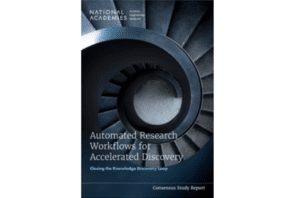
Atkins chairs National Academies report on speeding discovery with automated research workflows
Prof. Emeritus Daniel Atkins III chaired and Prof. Al Hero served on a National Academies committee that published a new report describing the impact of artificial intelligence and automated research workflow technologies in propelling research and scientific discovery.

Community-builder Leon Pryor takes Detroit’s FIRST Robotics program to new heights
Having excelled in careers at Microsoft, Amazon, and now Meta, the alum and renowned video game engineer co-founded The Motor City Alliance to make Detroit a powerhouse for FIRST Robotics teams
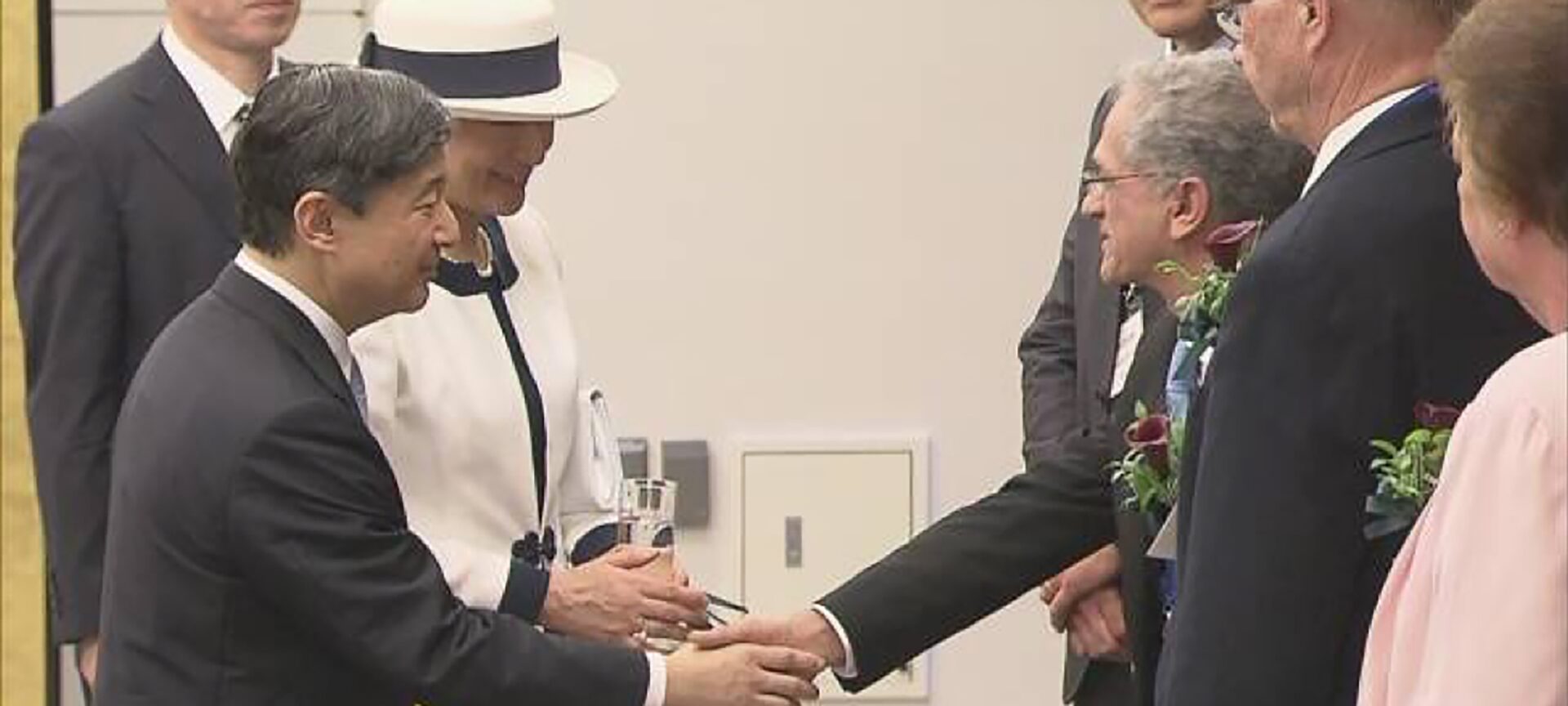
Prof. Kamal Sarabandi welcomes Emperor and Empress of Japan at IGARSS 2019
Predicting future disasters is an important goal of those participating in the IEEE Geoscience and Remote Sensing Symposium
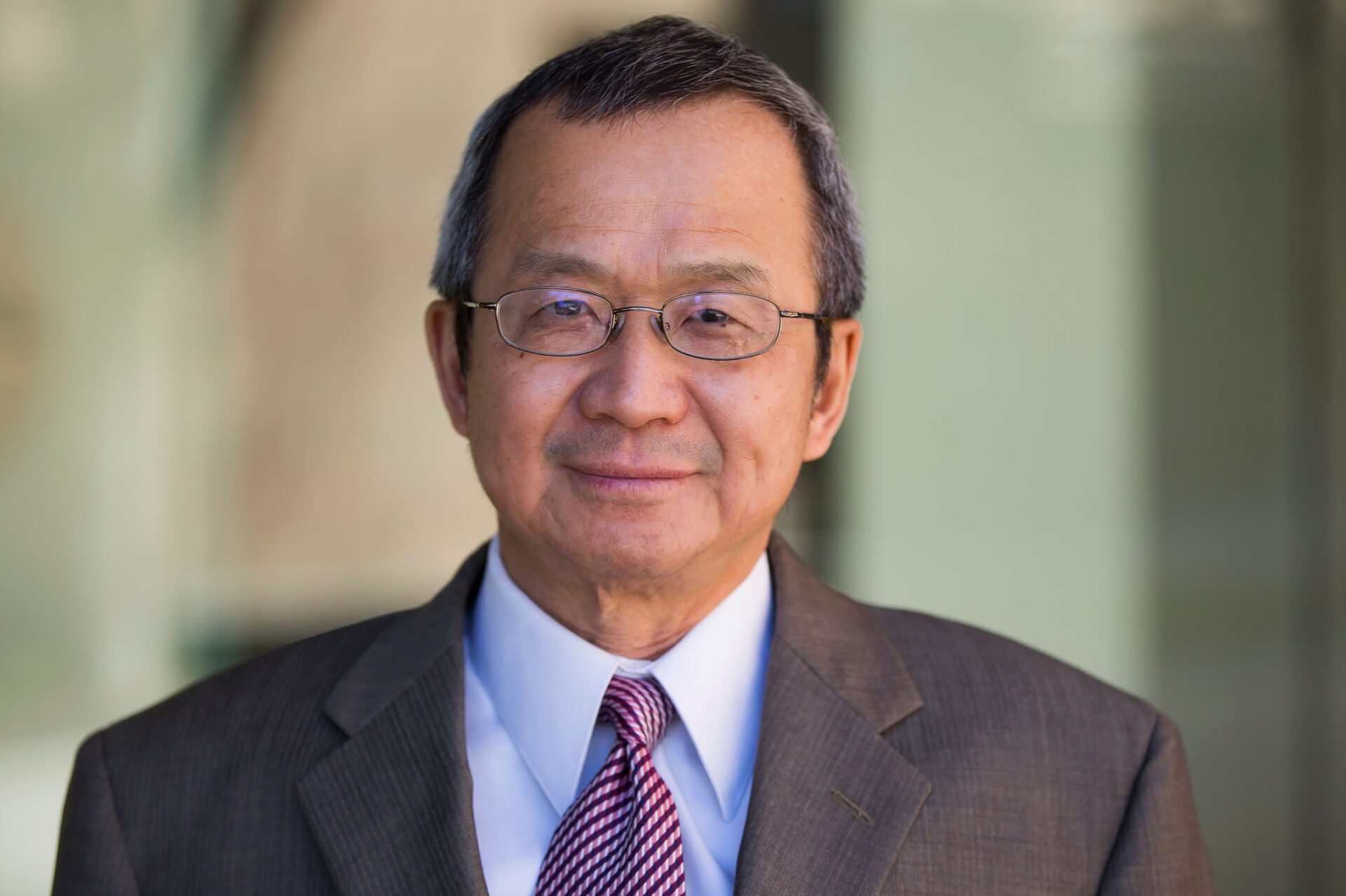
Leung Tsang elected to the National Academy of Engineering
A professor of electrical engineering and computer science is awarded one of engineering’s top honors.
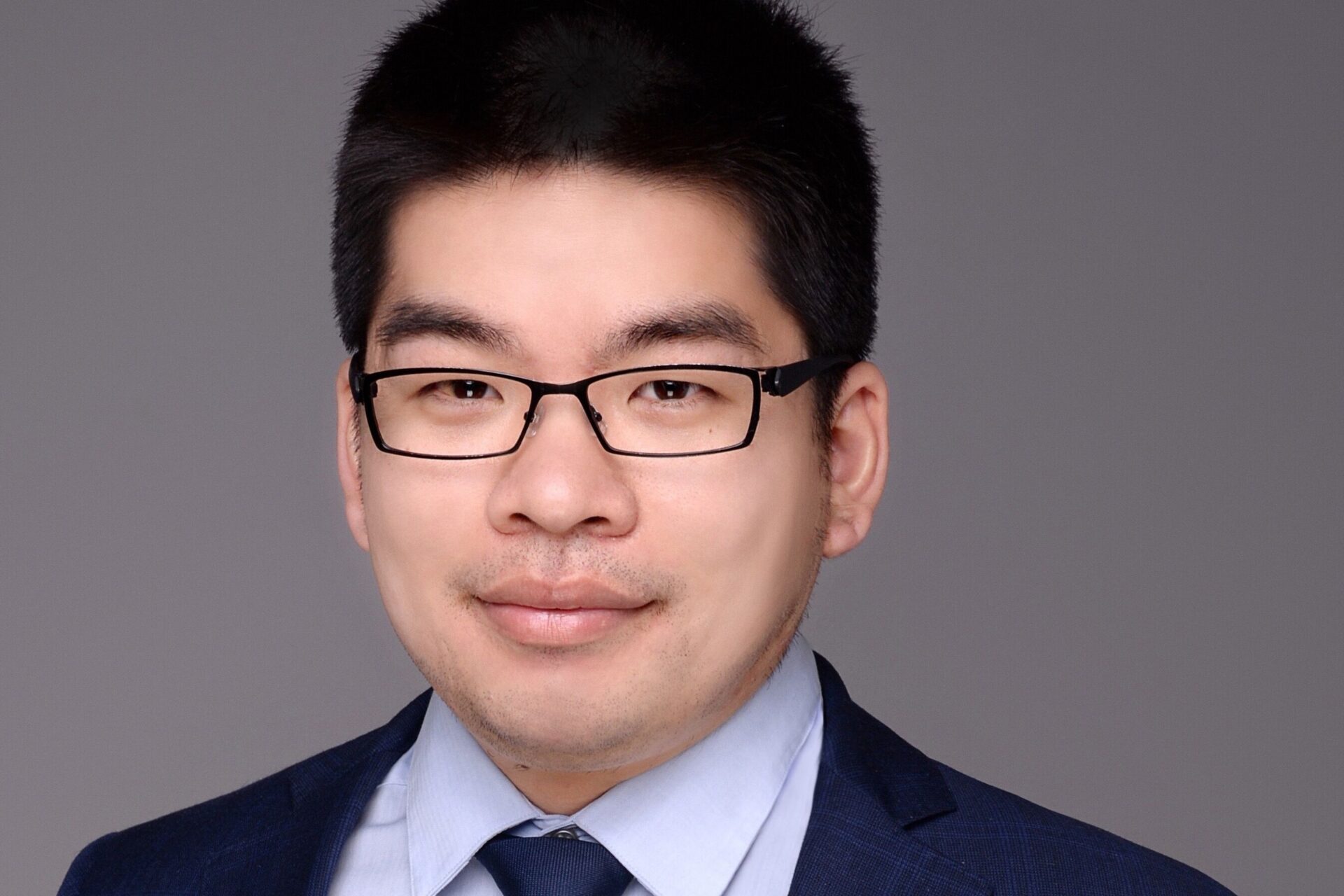
Tianlin Wang recognized with Towner Prize and Distinguished Leadership Award
The College of Engineering honors ECE PhD candidate Tianlin Wang for his excellent research in remote sensing as well as his leadership and service to the community.
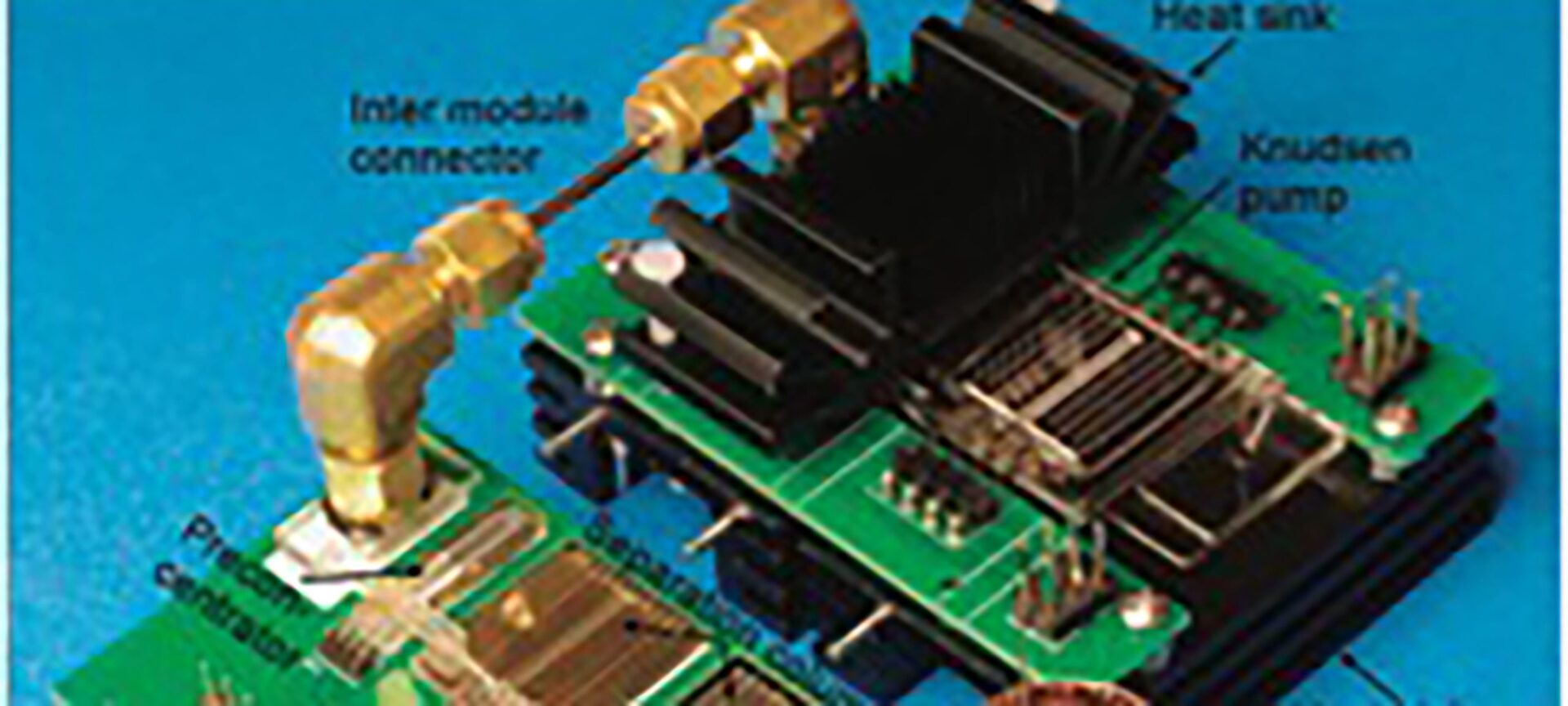
Detecting environmental pollutants with a smaller, portable, fully electric gas chromatograph
Prof. Yogesh Gianchandani and Dr. Yutao Qin received an “Outstanding Paper Award” for their fully electronic micro gas chromatography system.

Tracking Monarch Butterfly Migration with the World’s Smallest Computer
In a project funded by National Geographic, ECE researchers are teaming up with the department of Ecology and Evolutionary Biology to advance our understanding of monarch butterfly migration with the most ambitious iteration of the Michigan Micro Mote yet.

Kaleo Roberts receives scholarship from the American Indian Science and Engineering Society
Roberts works to improve remote sensing of soil moisture, which is important for environmental conservation, natural resource management, and agriculture.

Using remote sensing to track microplastics in the ocean
Electrical Engineering undergrad Madeline Evans is a key researcher on a project that uses NASA’s Cyclone Global Navigation Satellite System to monitor microplastic pollution that harms marine ecosystems.
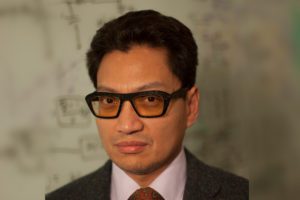
Al-Thaddeus Avestruz receives CAREER Award to advance sustainable energy storage
Using retired electric vehicle batteries, the project plans to enable widespread and equitable access to sustainable power and energy through sustainable energy storage.
Hacking into homes: Security flaws found in SmartThings connected home system
“I would say it’s okay to use as a hobby right now, but I wouldn’t use it where security is paramount.”
The post Hacking into homes: Security flaws found in SmartThings connected home system appeared first on Michigan Engineering News.
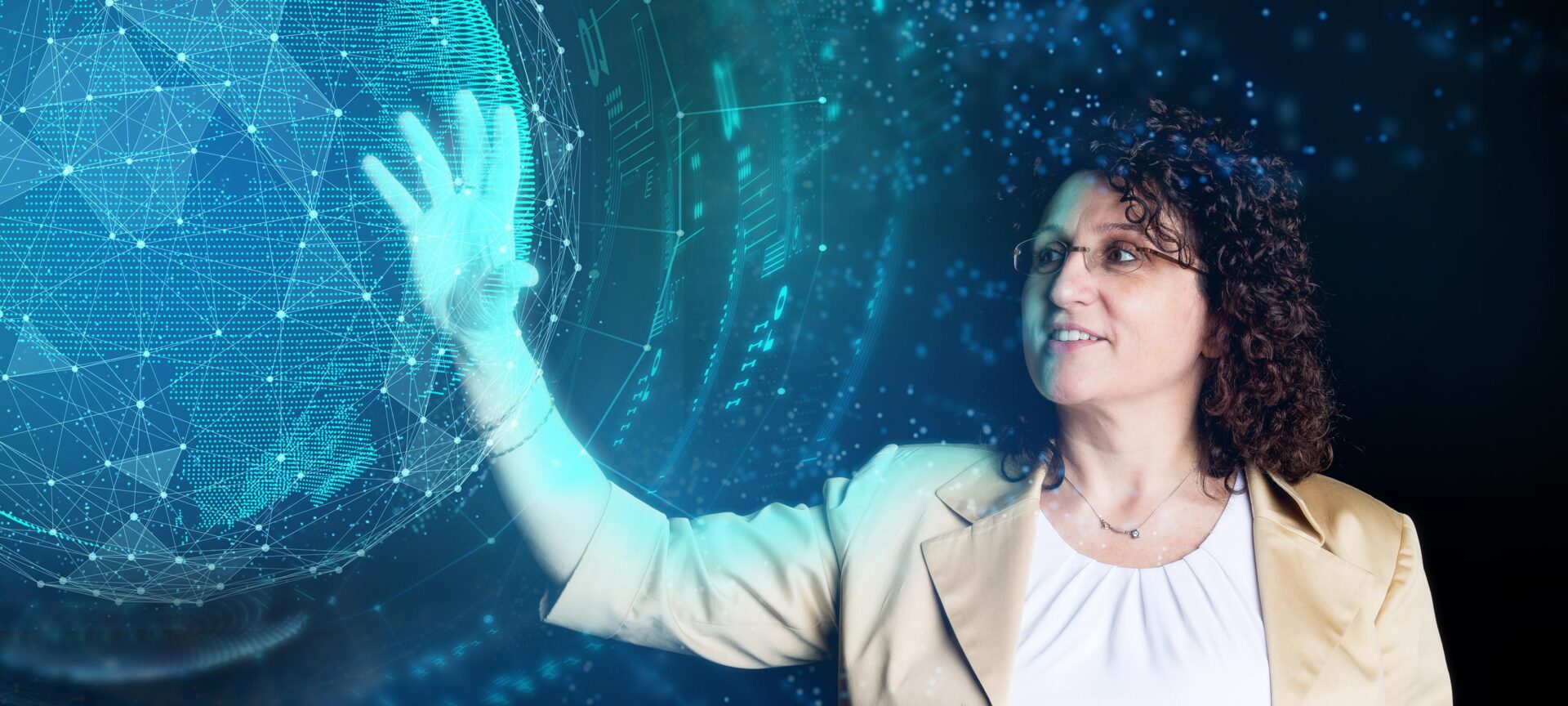
New $32M center reimagines how computers are designed
‘You shouldn’t need a Ph.D. to design new computing systems.’
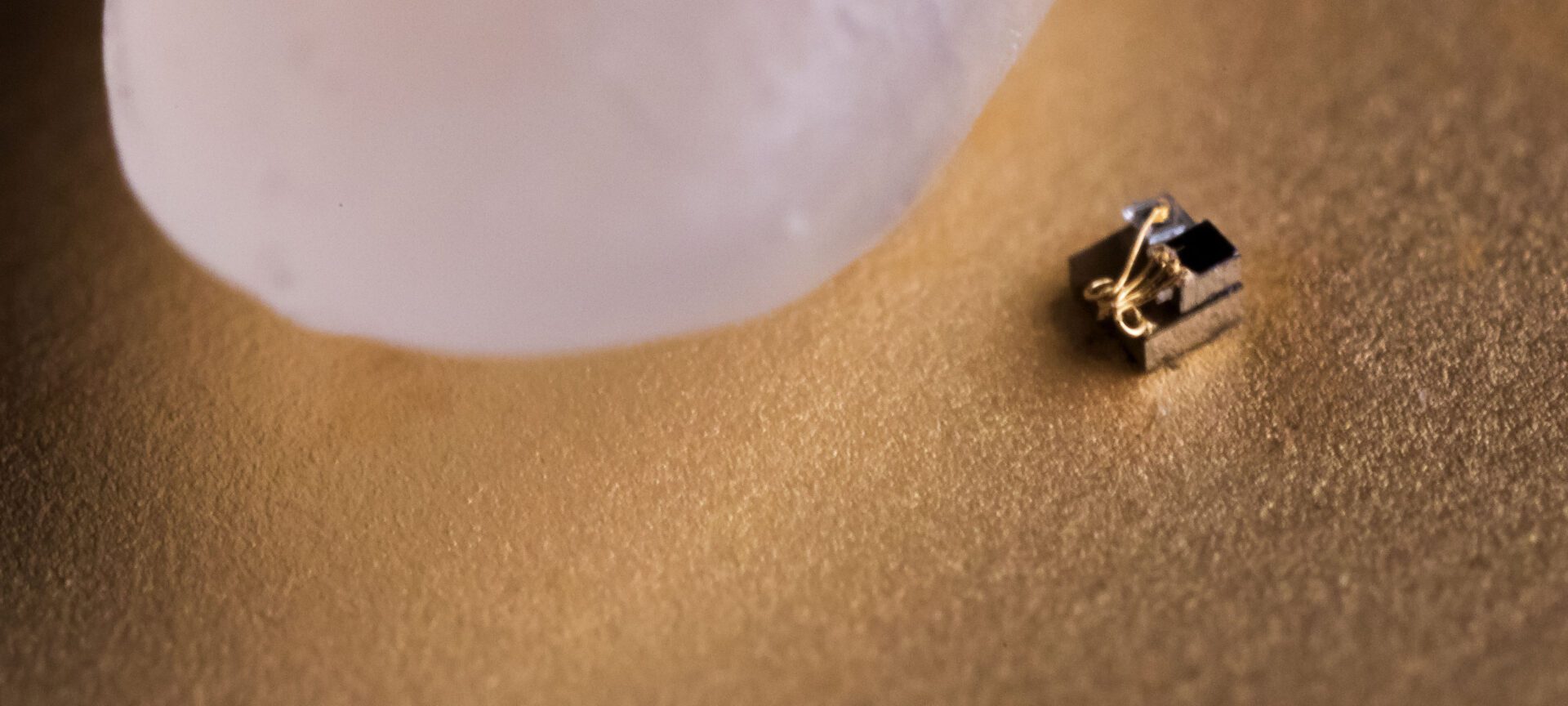
An even smaller world’s smallest ‘computer’
The latest from IBM and now the University of Michigan is redefining what counts as a computer at the microscale.
Beyond Moore’s law: $16.7M for advanced computing projects
DARPA’s initiative to reinvigorate the microelectronics industry draws deeply on Michigan Engineering expertise.
The post Beyond Moore’s law: $16.7M for advanced computing projects appeared first on Michigan Engineering News.
Batteryless next-generation cellular devices could empower a more sustainable future
PhD student Trevor Odelberg is looking to enable long range, highly reliable, and low-power cellular IoT devices that one day can run entirely on harvested energy, reducing battery waste and empowering devices to last for decades.
The post Batteryless next-generation cellular devices could empower a more sustainable future appeared first on Michigan Engineering News.
Computer vision: Finding the best teaching frame in a video for fake video fightback
The frame in which a human marks out the boundaries of an object makes a huge difference in how well AI software can identify that object through the rest of the video.
The post Computer vision: Finding the best teaching frame in a video for fake video fightback appeared first on Michigan Engineering News.
Wastewater treatment at one-third the size and cost
Systems featuring a ‘membrane-aerated biofilm reactor’ can also remove more nitrogen from treatment plant discharges.
The post Wastewater treatment at one-third the size and cost appeared first on Michigan Engineering News.
Bipartisan infrastructure bill signed into law: Engineers weigh in
Two experts say the new law could correct historical infrastructure disparities.
The post Bipartisan infrastructure bill signed into law: Engineers weigh in appeared first on Michigan Engineering News.
Carbon capture, utilization and storage roadmap reveals technologies that are ready to go
Concrete and construction aggregates could be carbon negative and dollar positive while sustainable aviation fuel and methanol could also turn a profit.
The post Carbon capture, utilization and storage roadmap reveals technologies that are ready to go appeared first on Michigan Engineering News.
U-M’s one-of-a-kind hydrodynamics lab to get fresh look, new name
The University of Michigan Board of Regents today approved a $2.2 million renovation project to U-M’s Marine Hydrodynamics Lab.
The post U-M’s one-of-a-kind hydrodynamics lab to get fresh look, new name appeared first on Michigan Engineering News.
2017 Peachman lecture: Future ship, offshore and nautical research
Since 2011, Dr. Bas Buchner has been the president of MARIN (Maritime Research Institute Netherlands), the largest independent maritime research institute in the world.
The post 2017 Peachman lecture: Future ship, offshore and nautical research appeared first on Michigan Engineering News.
Tracking ocean microplastics from space
Satellites give new insights on the Great Pacific Garbage Patch, plus sources and flows of ocean microplastic.
The post Tracking ocean microplastics from space appeared first on Michigan Engineering News.
Swim with the robots, U-M on the Great Lakes
With a customized Iver 3 underwater drone, the Deep Robotic Optical Perception (DROP) Lab have a new set of underwater eyes that provide a window into the health of the world’s lakes and oceans.
The post Swim with the robots, U-M on the Great Lakes appeared first on Michigan Engineering News.
Wastewater to drinking water: EPA grants $1.2M to U-M for virus removal study
In preparation for climate adaptation in water-stressed areas, researchers will assess how well existing treatment systems prepare water for reuse.
The post Wastewater to drinking water: EPA grants $1.2M to U-M for virus removal study appeared first on Michigan Engineering News.
University of Michigan partners on multi-institution planning effort for state’s water future
Work for the Michigan Department of Environment, Great Lakes and Energy will develop a policy roadmap to safe, low cost water services.
The post University of Michigan partners on multi-institution planning effort for state’s water future appeared first on Michigan Engineering News.
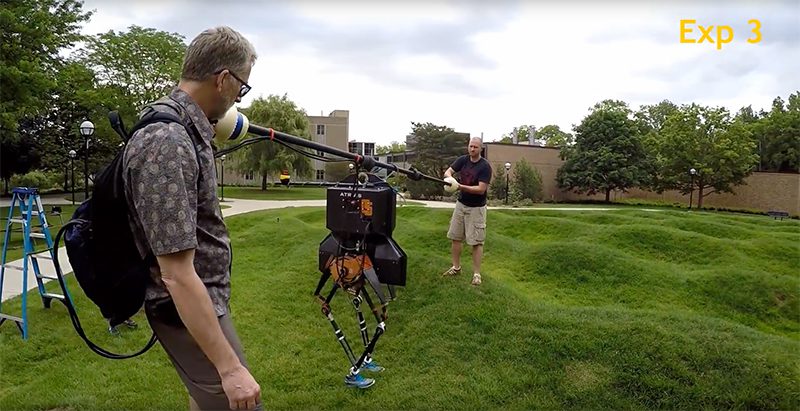
MARLO makes initial attempt at the Wave Field
For now, Grizzle and his graduate students are only attempting the easiest routes, between the grassy two- to three-foot moguls, over smaller undulations that he calls “merely very difficult.”
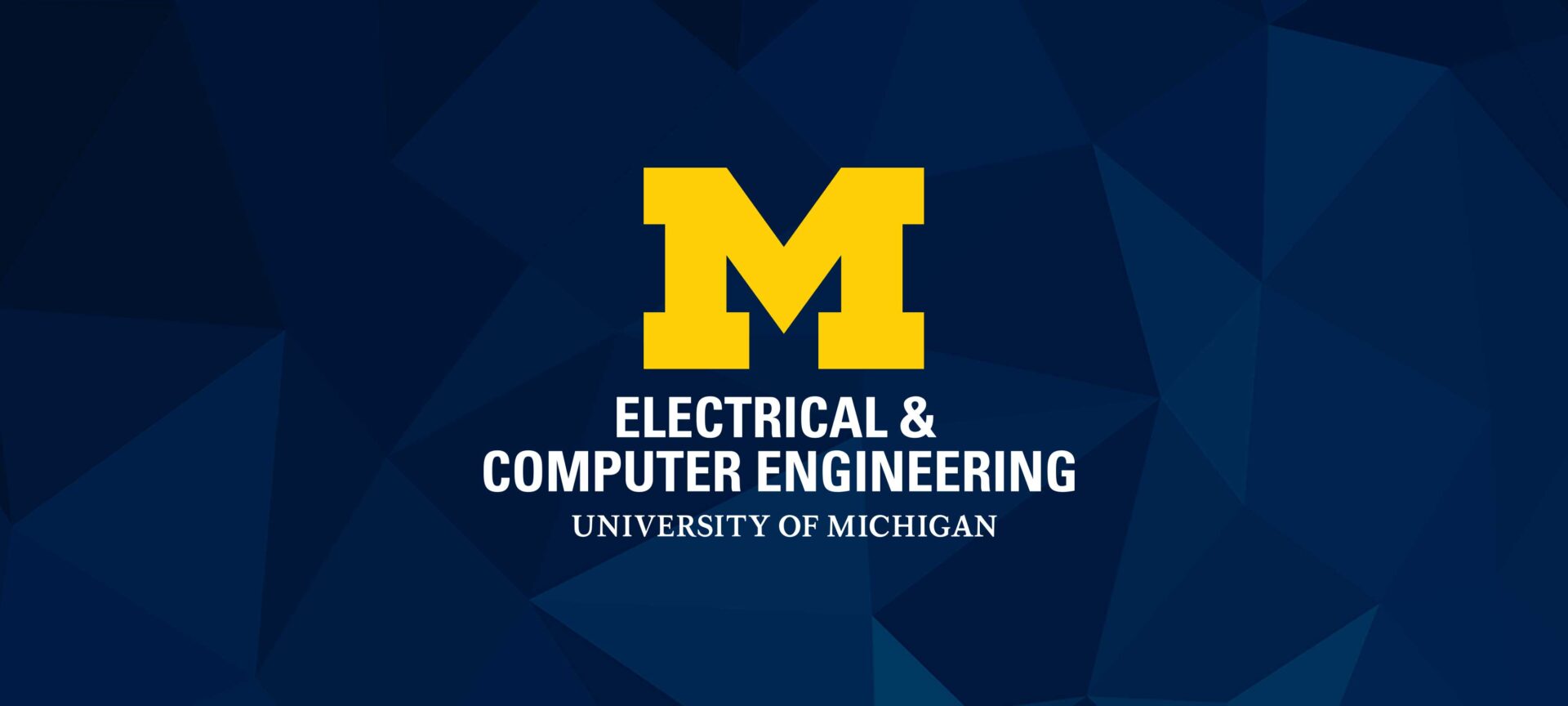
U-M first in line for new bird-inspired walking robot
Cassie is the first offering from new startup Agility Robotics, and is loosely modeled on the cassowary, a flightless bird similar to an ostrich.

ECE alum Mihir Sheth receives Young Innovator Award from Innovate UK for making a medical device that weans patients off ventilators quicker
Sheth is the co-founder of Inspiritus Health and has developed a simple to use, non-invasive medical device that keeps patients’ muscles engaged when they are on a ventilator to prevent muscle atrophy.
Emulating impossible “unipolar” laser pulses paves the way for processing quantum information
Quantum materials emit light as though it were only a positive pulse, rather than a positive-negative oscillation.
The post Emulating impossible “unipolar” laser pulses paves the way for processing quantum information appeared first on Michigan Engineering News.

Solar-powered chemistry uses carbon dioxide and water to make feedstock for fuels, chemicals
Producing synthesis gas, a precursor of a variety of fuels and chemicals, no longer requires natural gas, coal or biomass.
Next generation neural probe leads to expanded understanding of the brain
The hectoSTAR probe, with 128 stimulating micro-LEDs and 256 recording electrodes integrated in the same neural probe, was designed for some stellar brain mapping projects
The post Next generation neural probe leads to expanded understanding of the brain appeared first on Michigan Engineering News.
Seeing electron movement at fastest speed ever could help unlock next-level quantum computing
New technique could enable processing speeds a million to a billion times faster than today’s computers and spur progress in many-body physics.
The post Seeing electron movement at fastest speed ever could help unlock next-level quantum computing appeared first on Michigan Engineering News.
Breakthrough in green micro-LEDs for augmented/mixed reality devices
Prof. Zetian Mi’s team are the first to achieve high-performance, highly stable green micro-LEDs with dimensions less than 1 micrometer on silicon, which can support ultrahigh-resolution full-color displays and other applications.
The post Breakthrough in green micro-LEDs for augmented/mixed reality devices appeared first on Michigan Engineering News.
 Michigan Engineering | University of Michigan
Michigan Engineering | University of Michigan 
